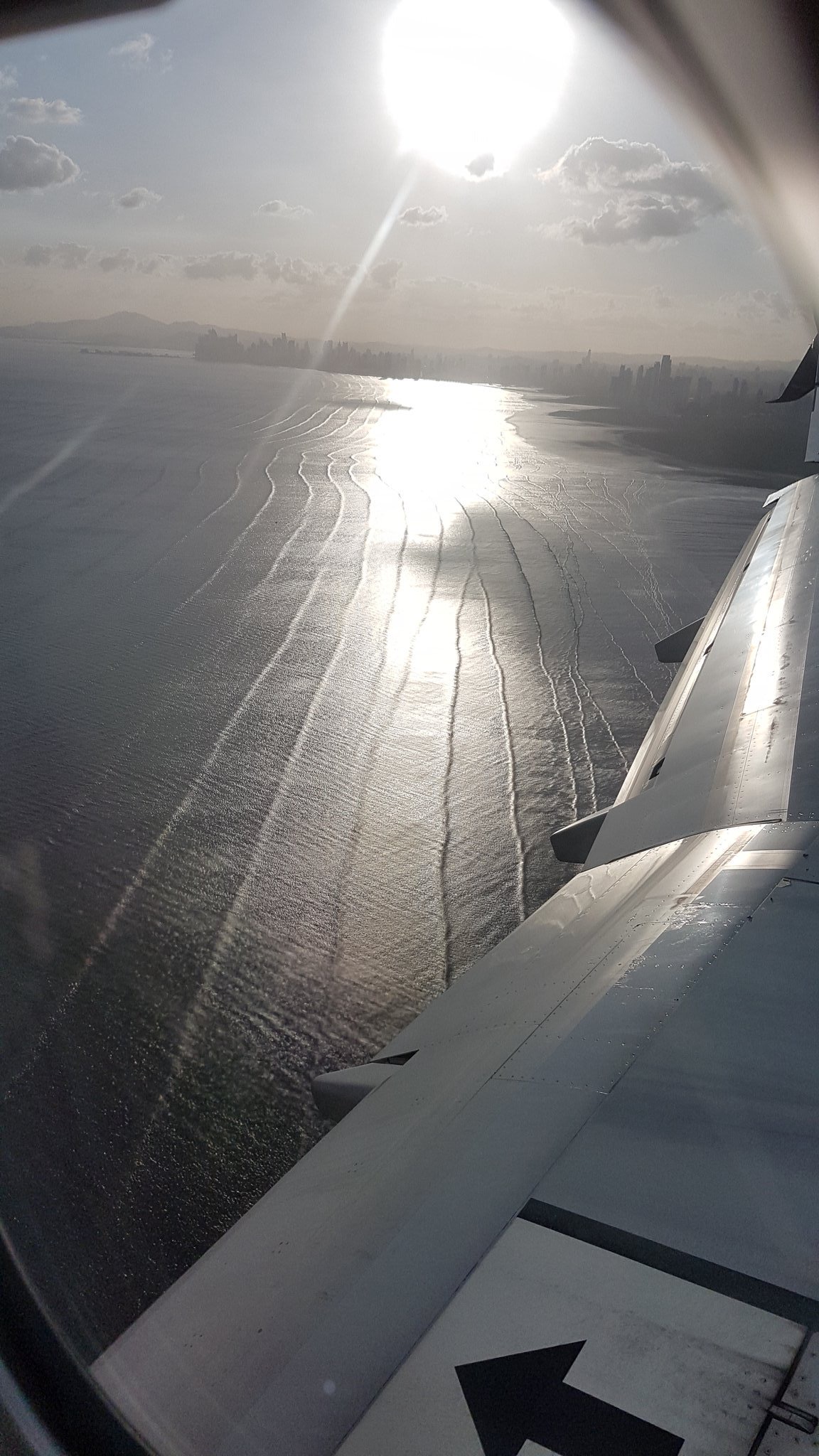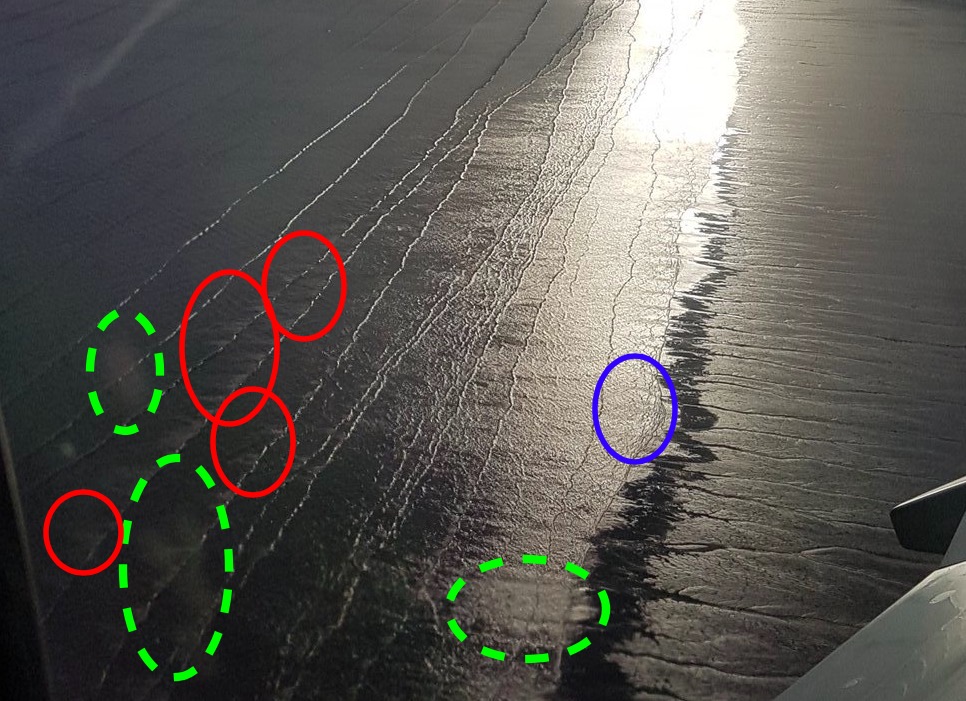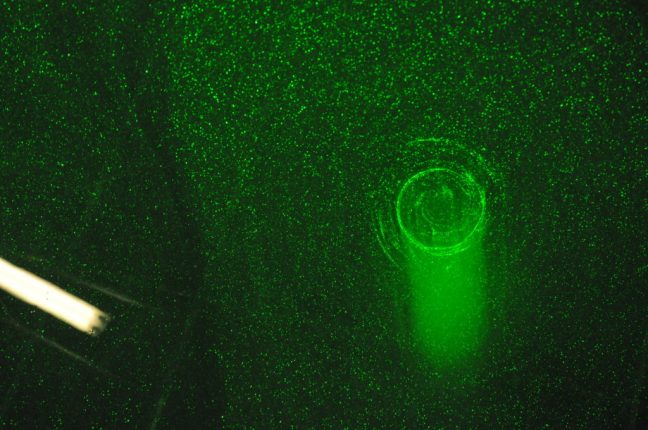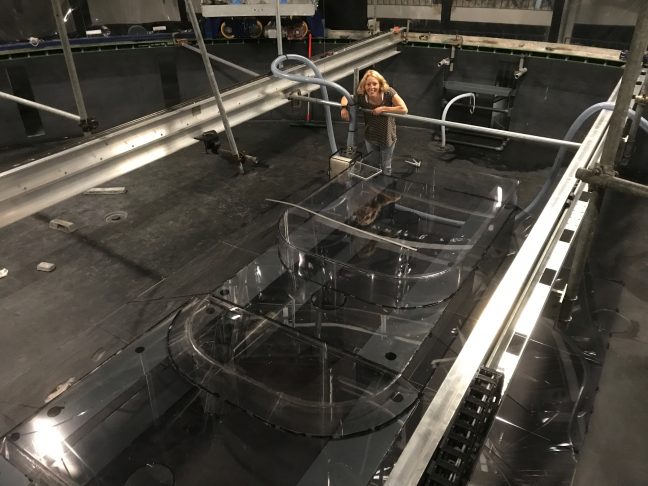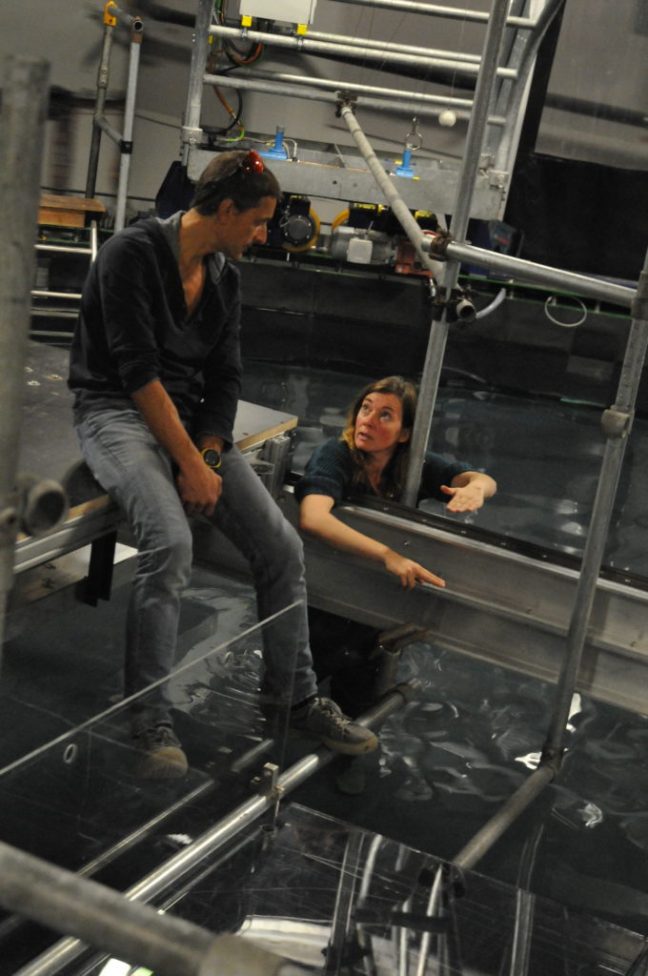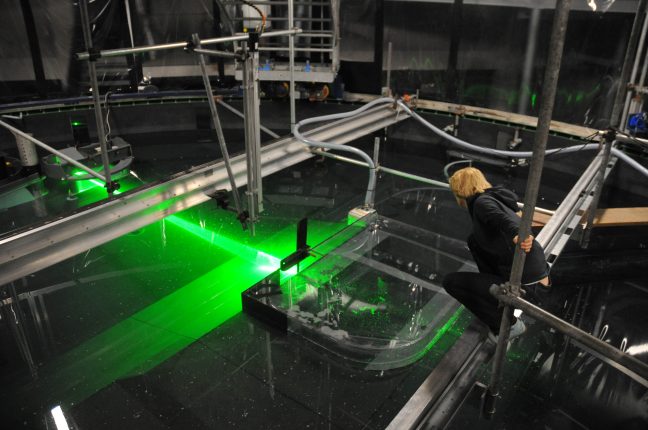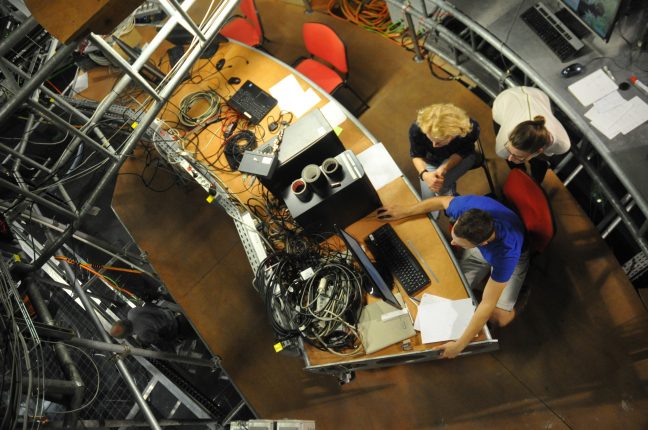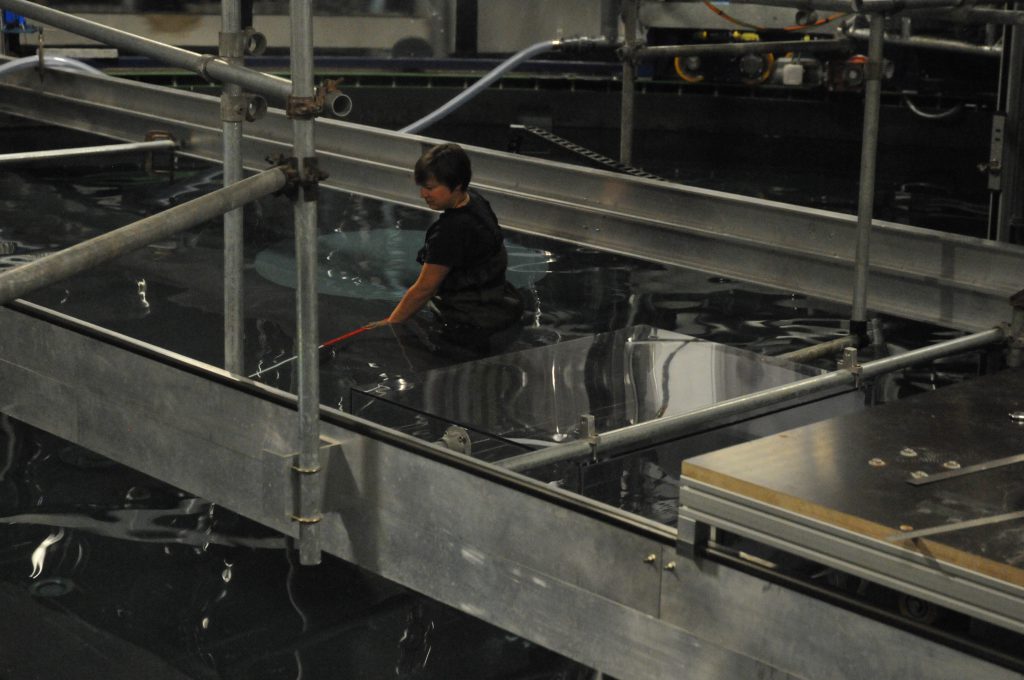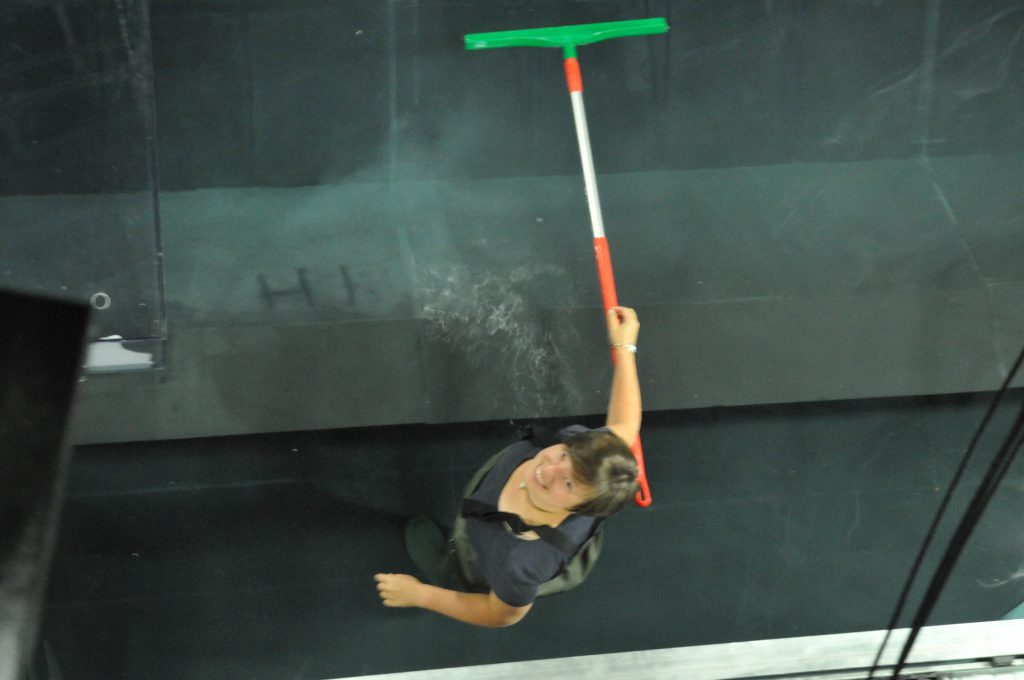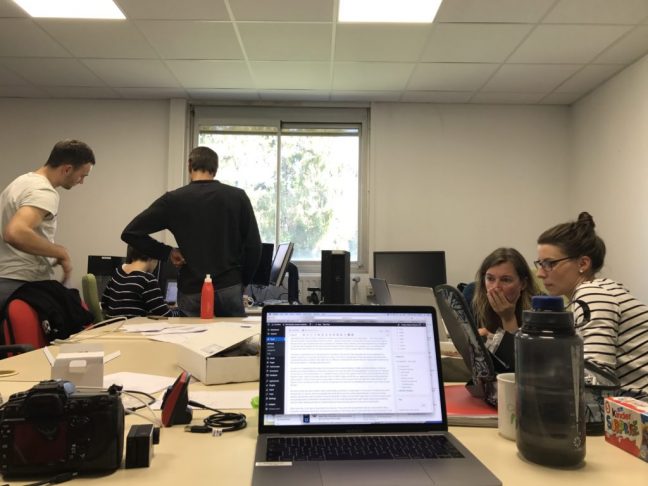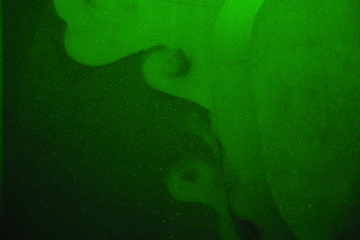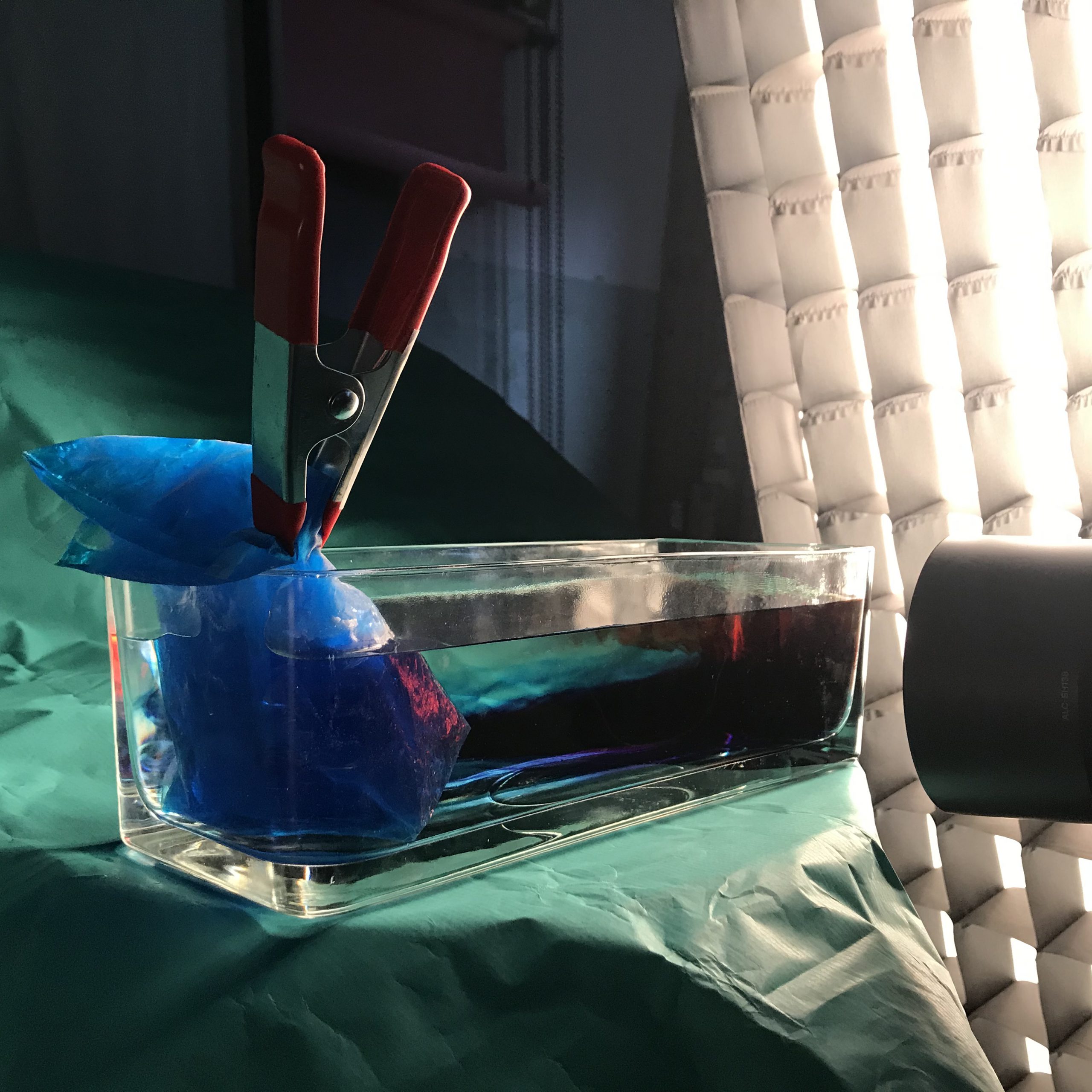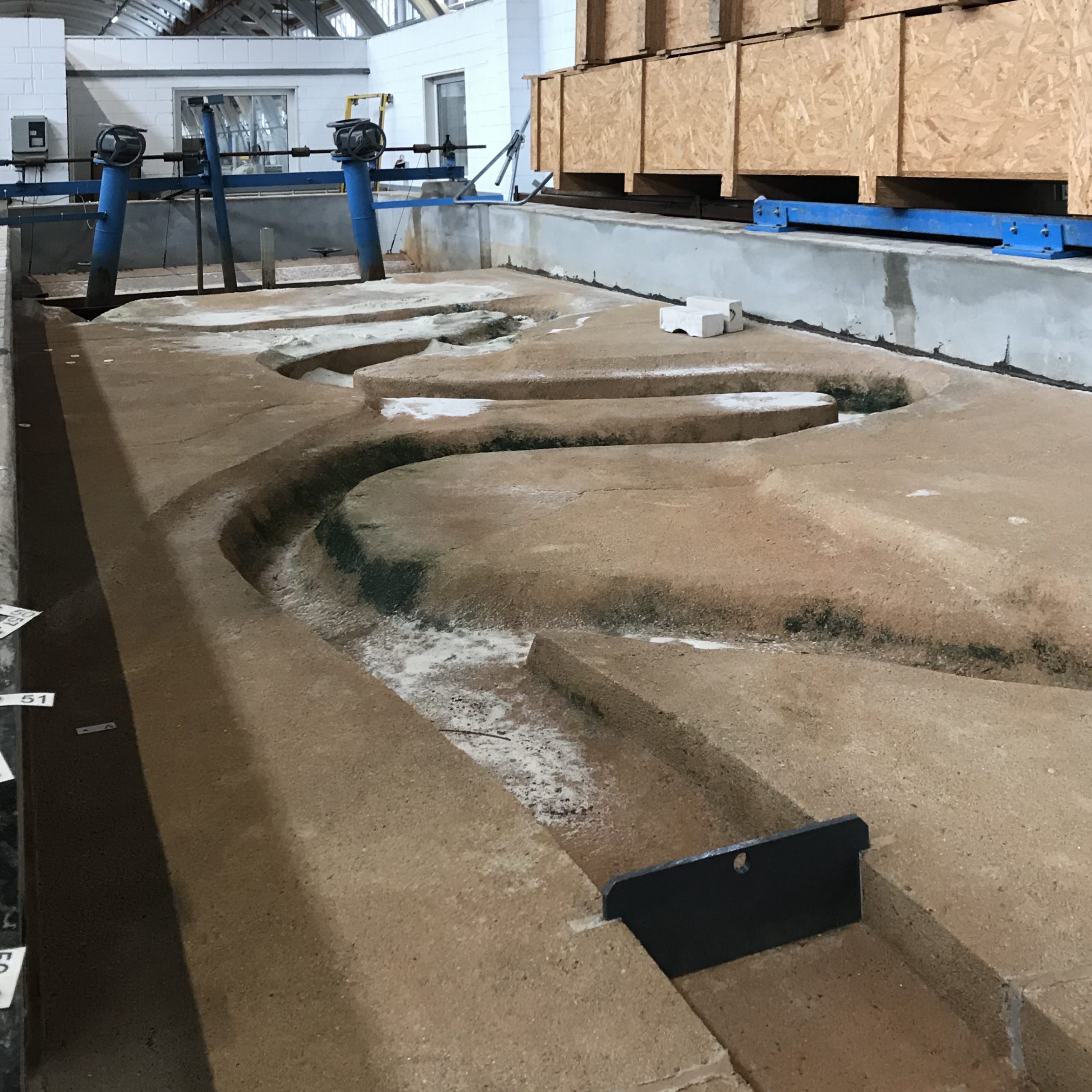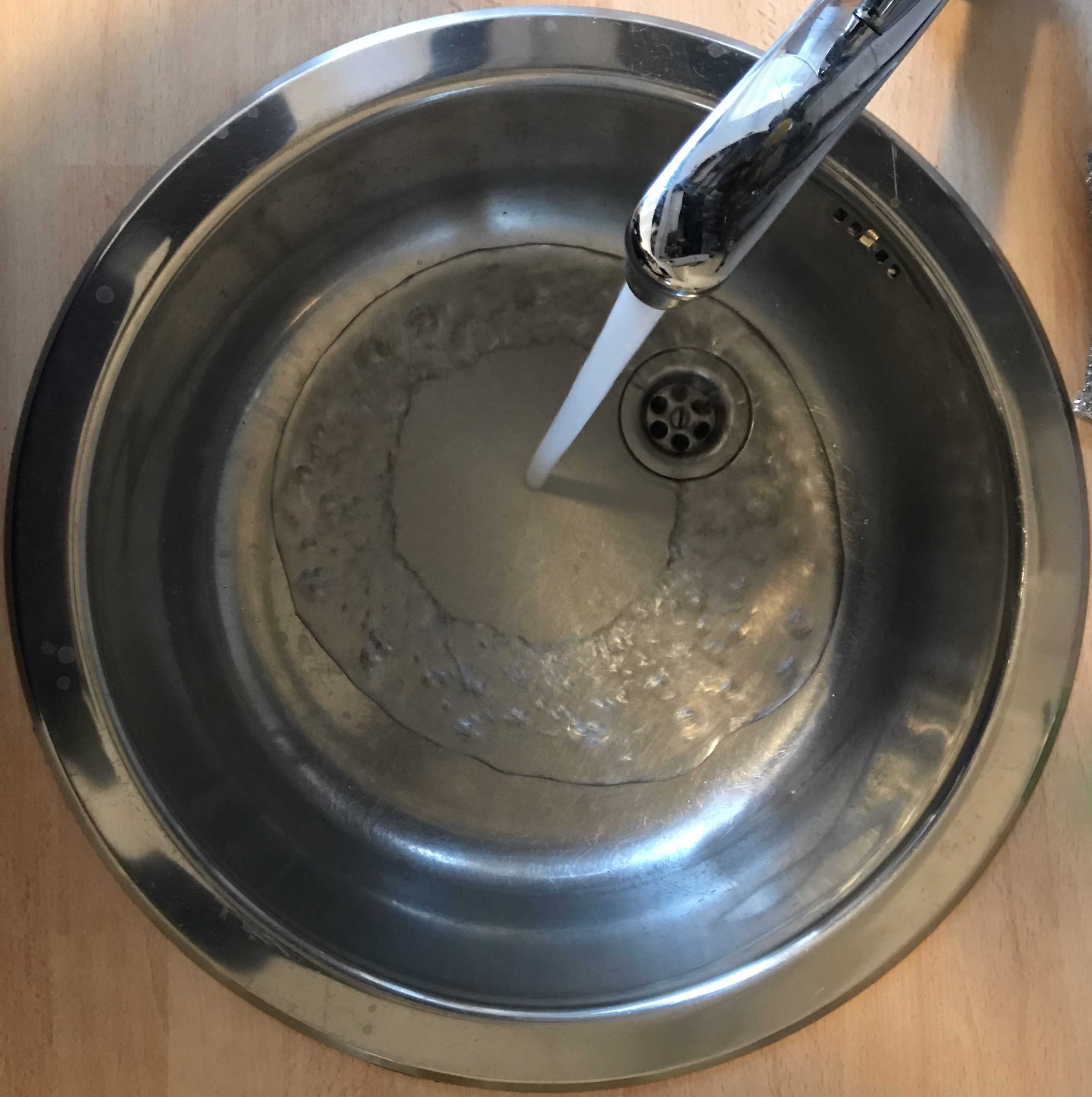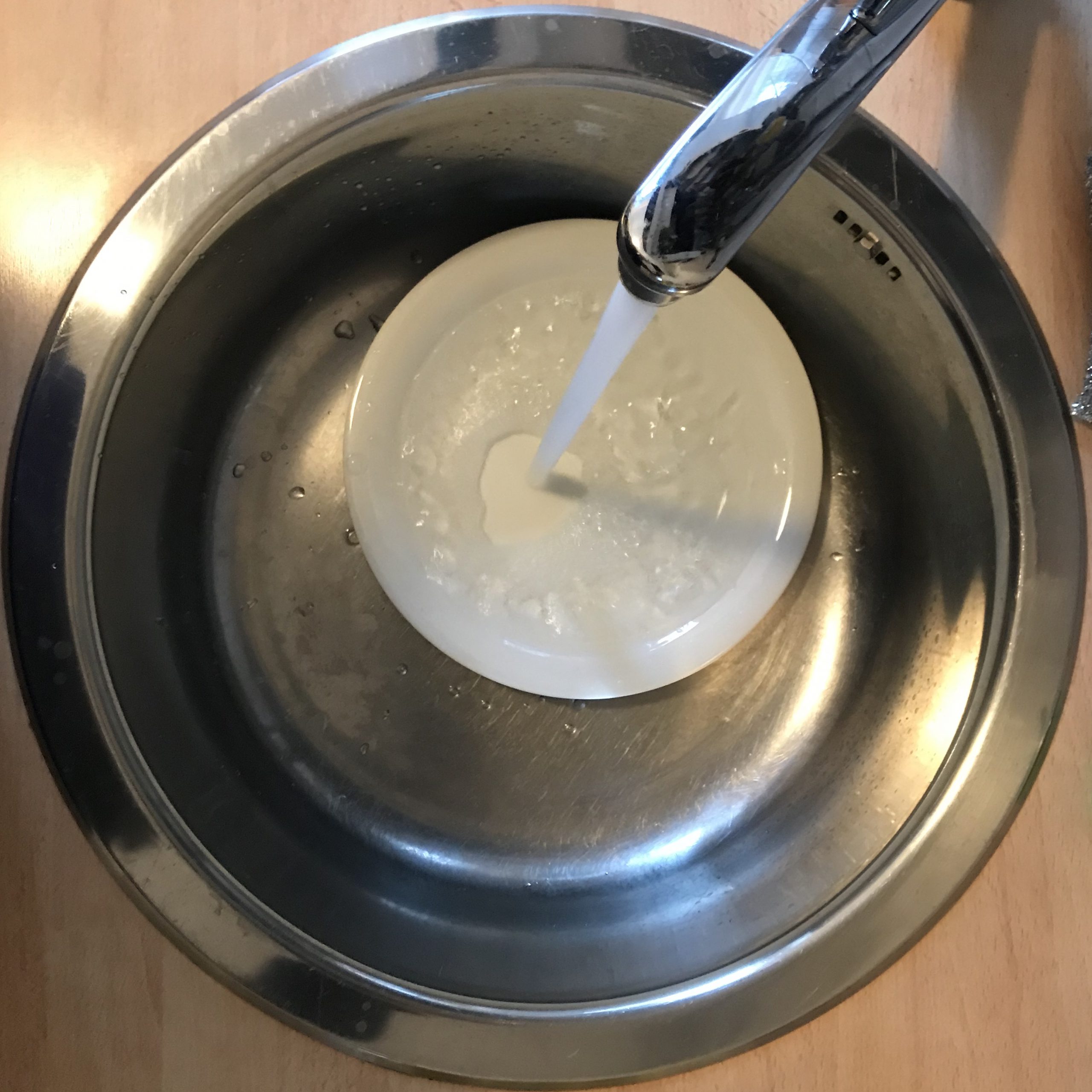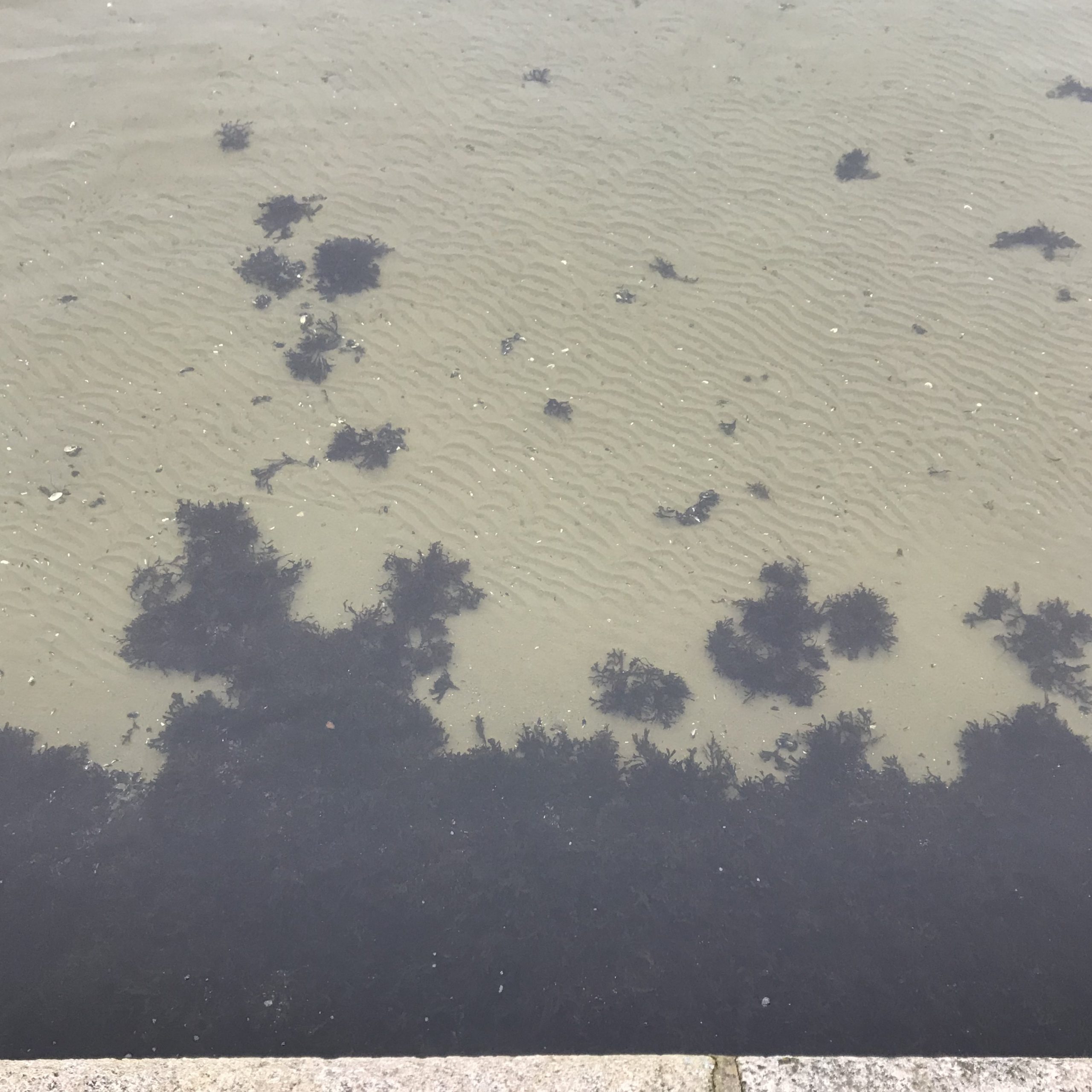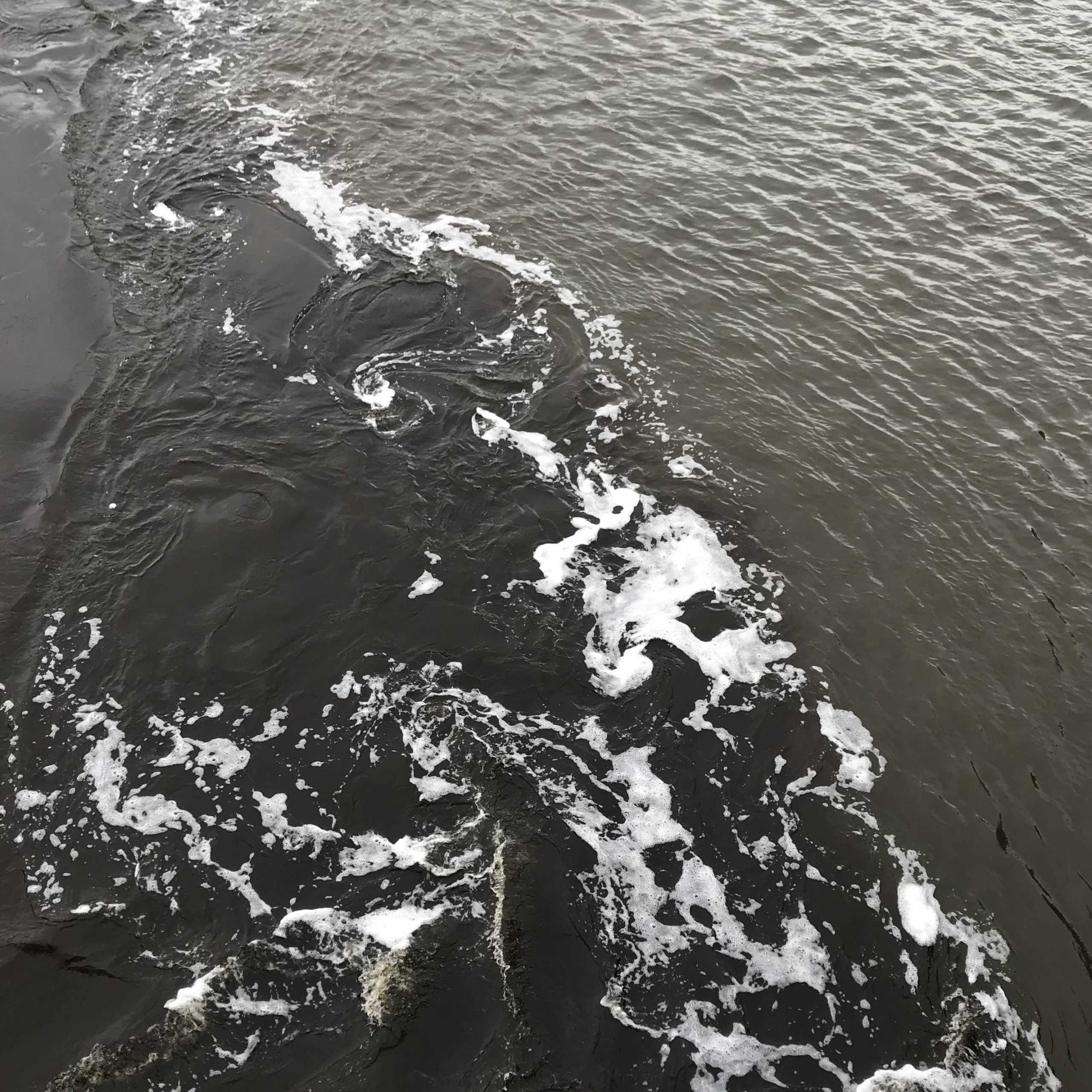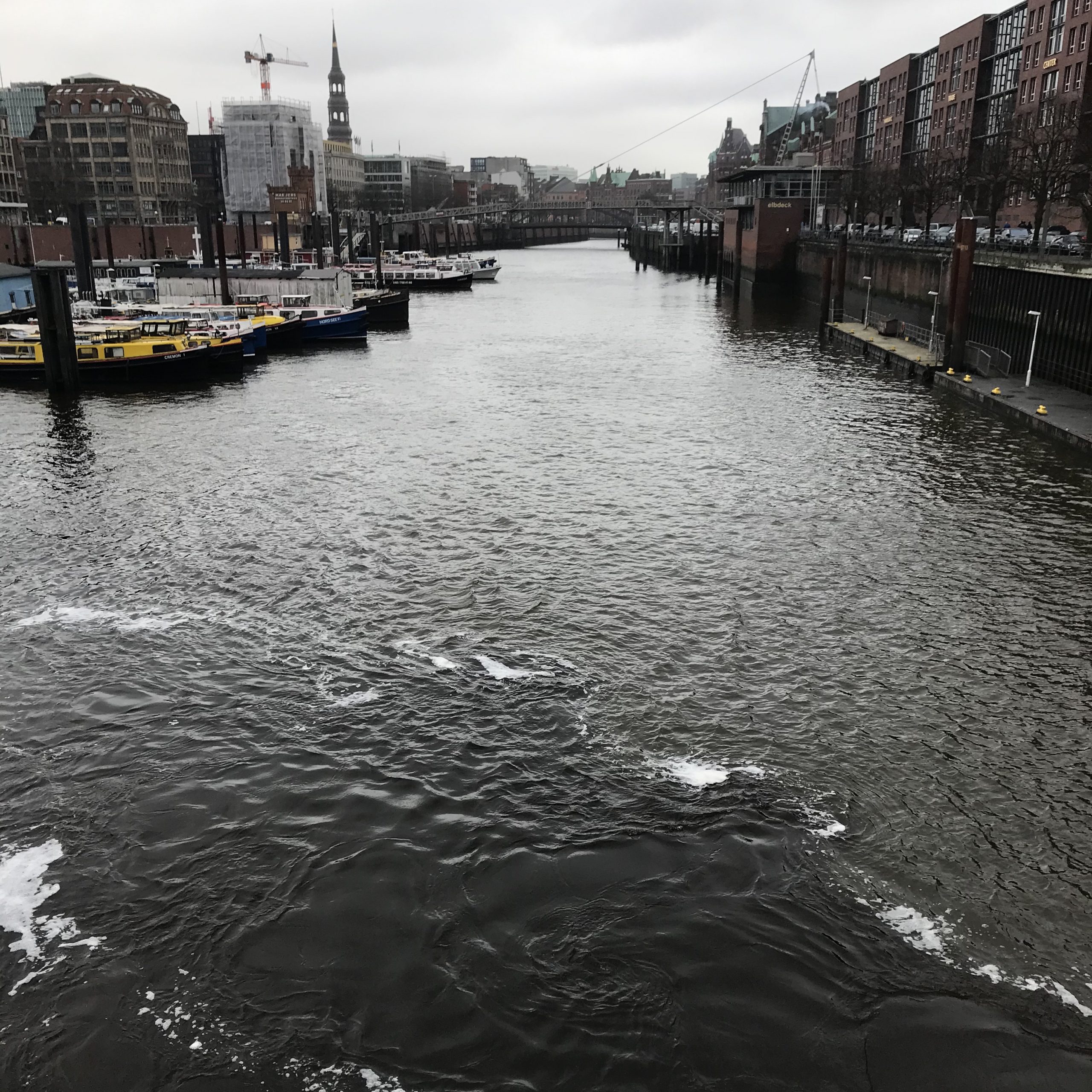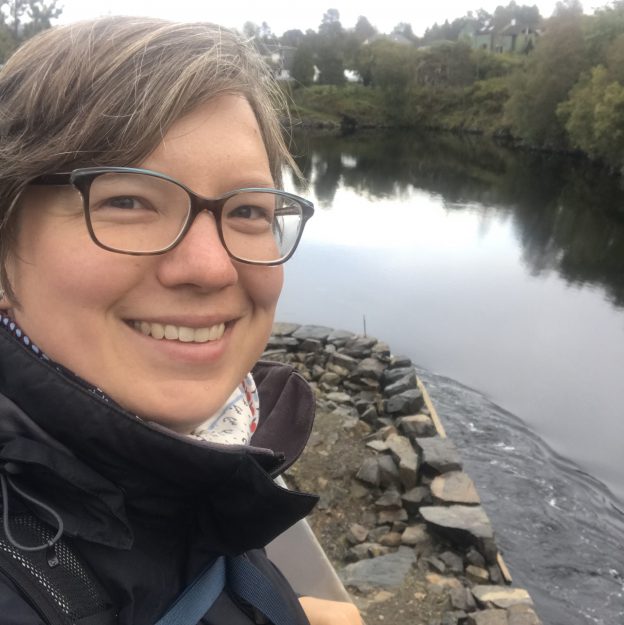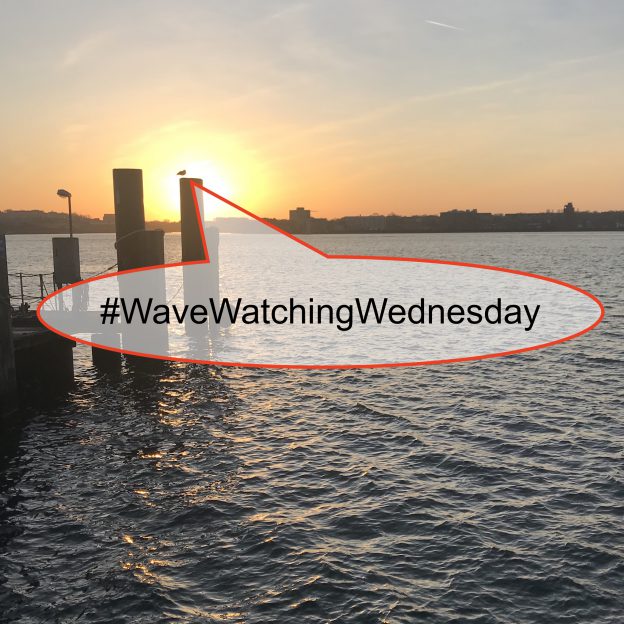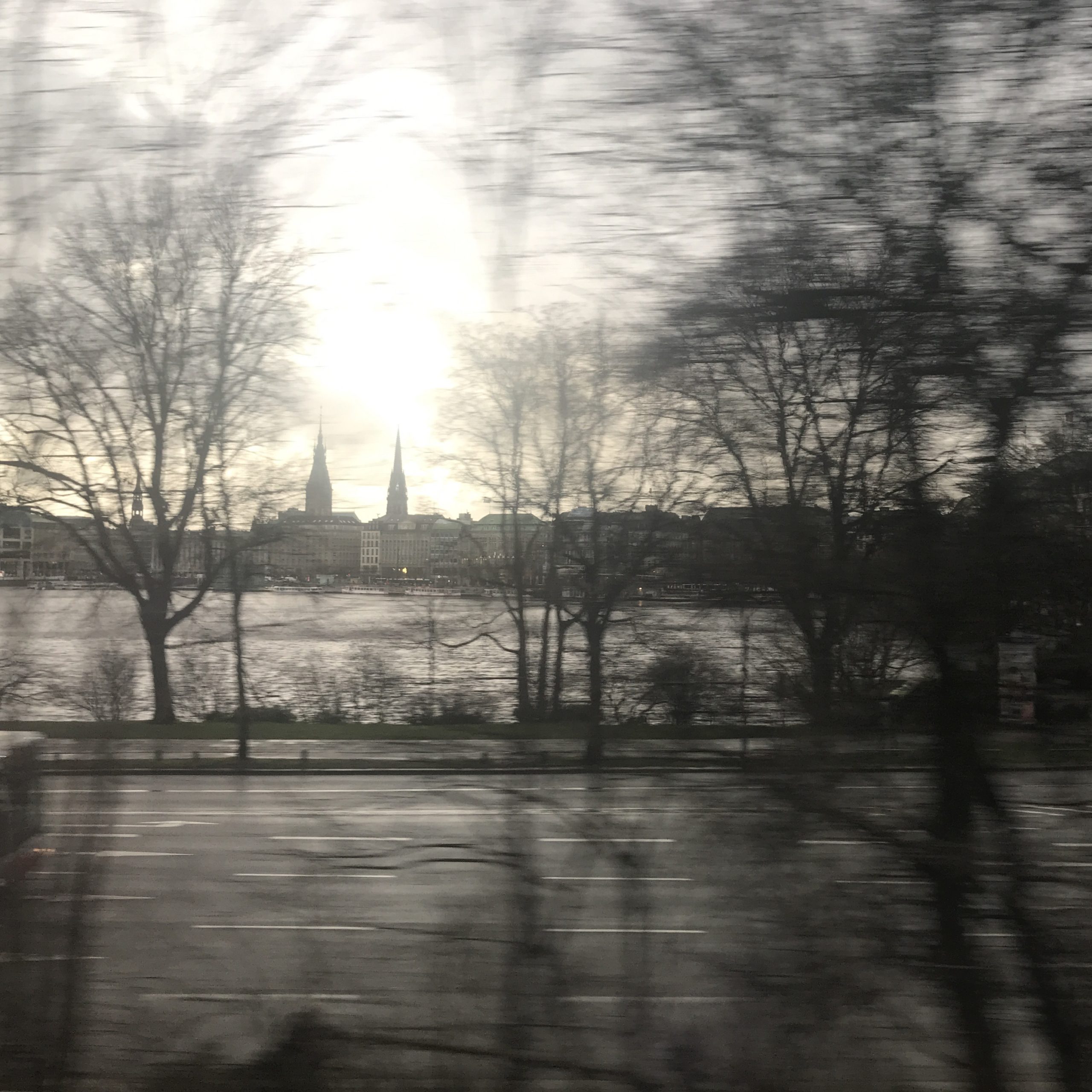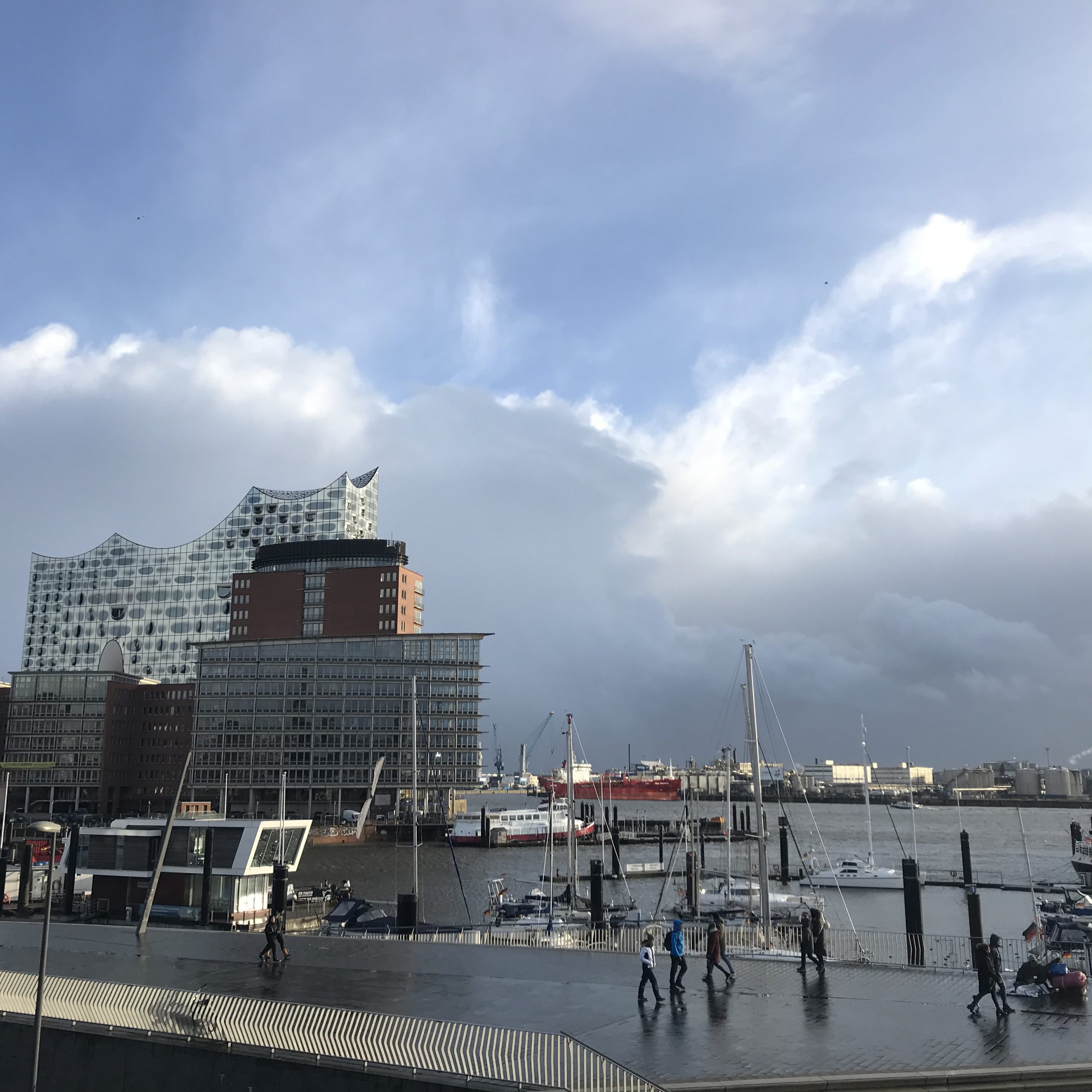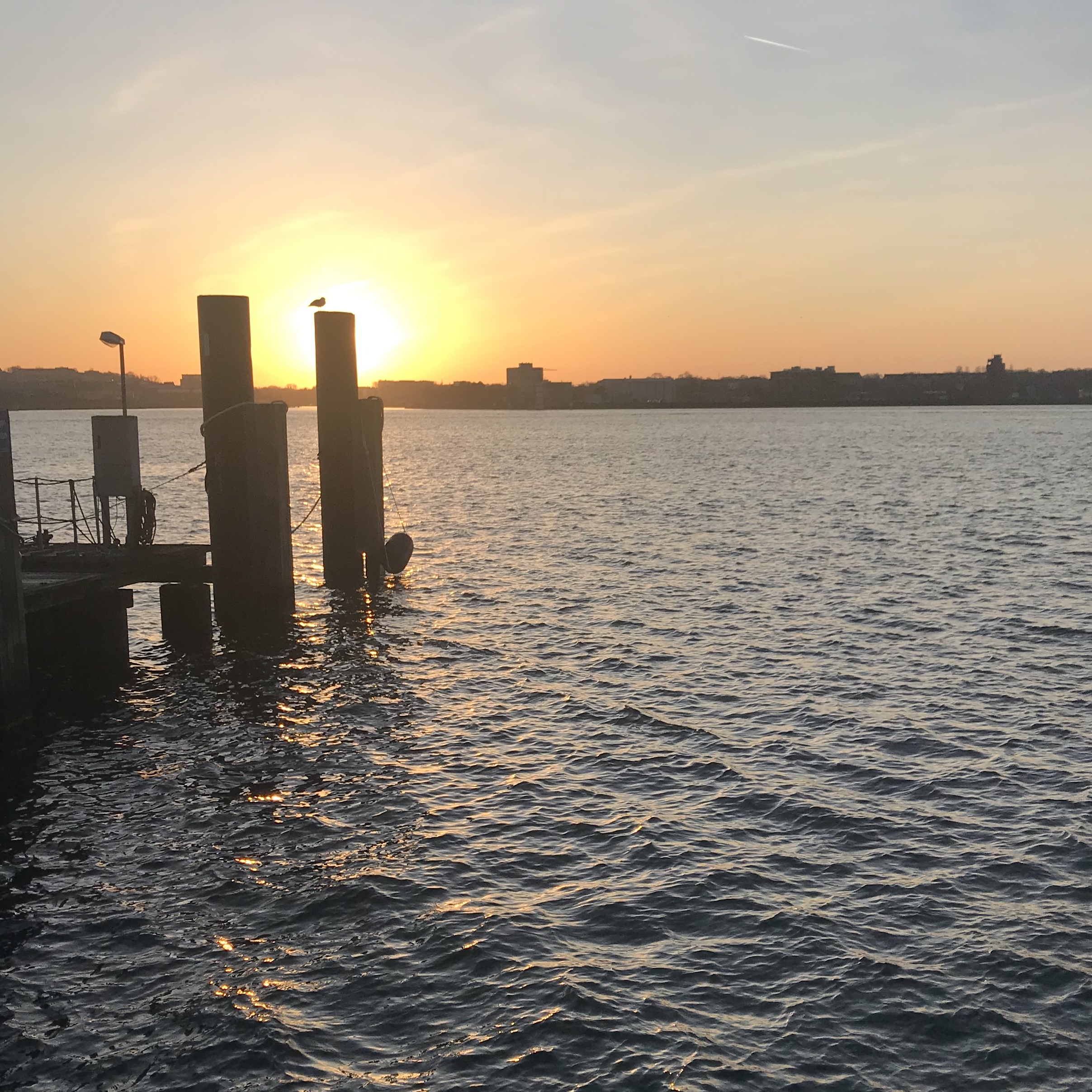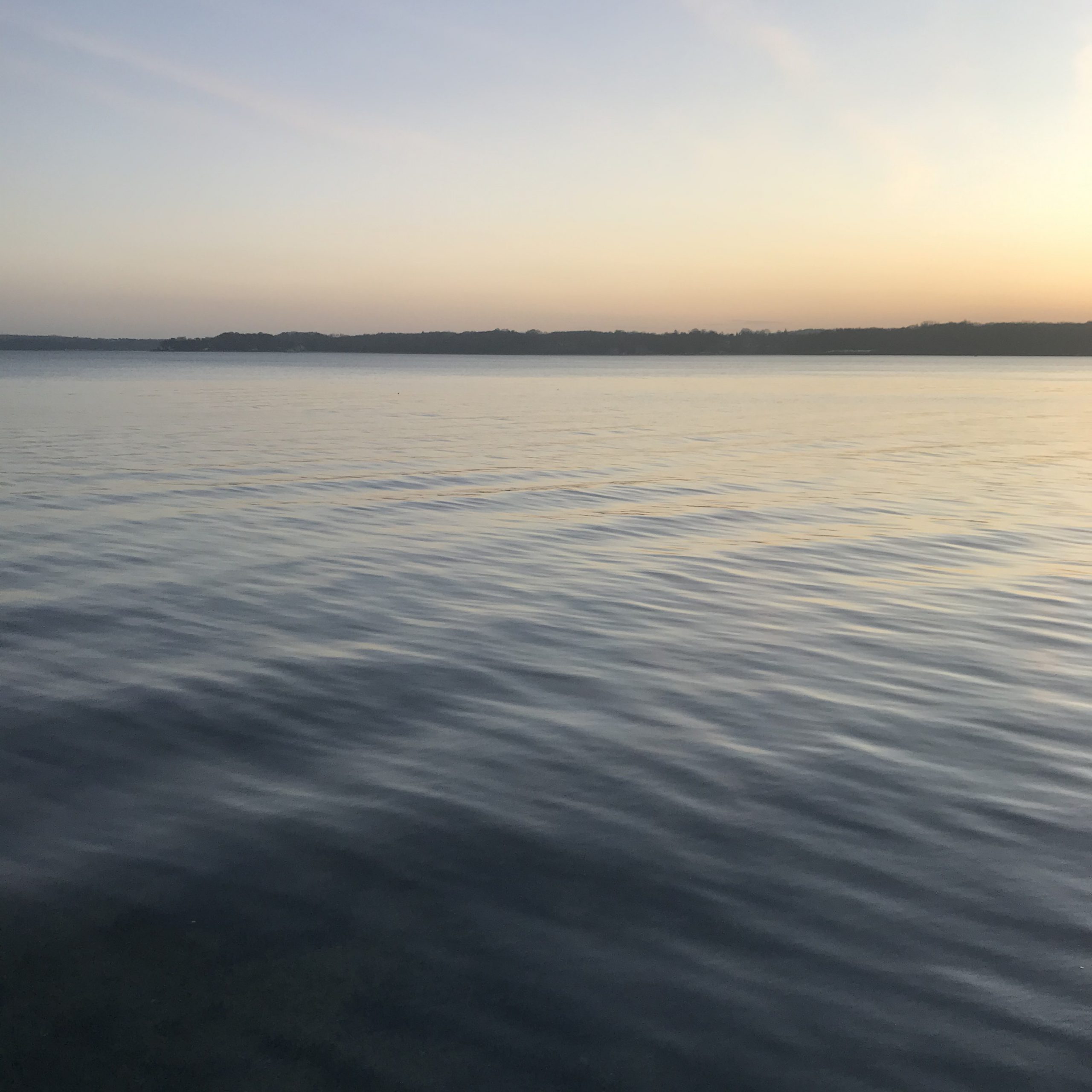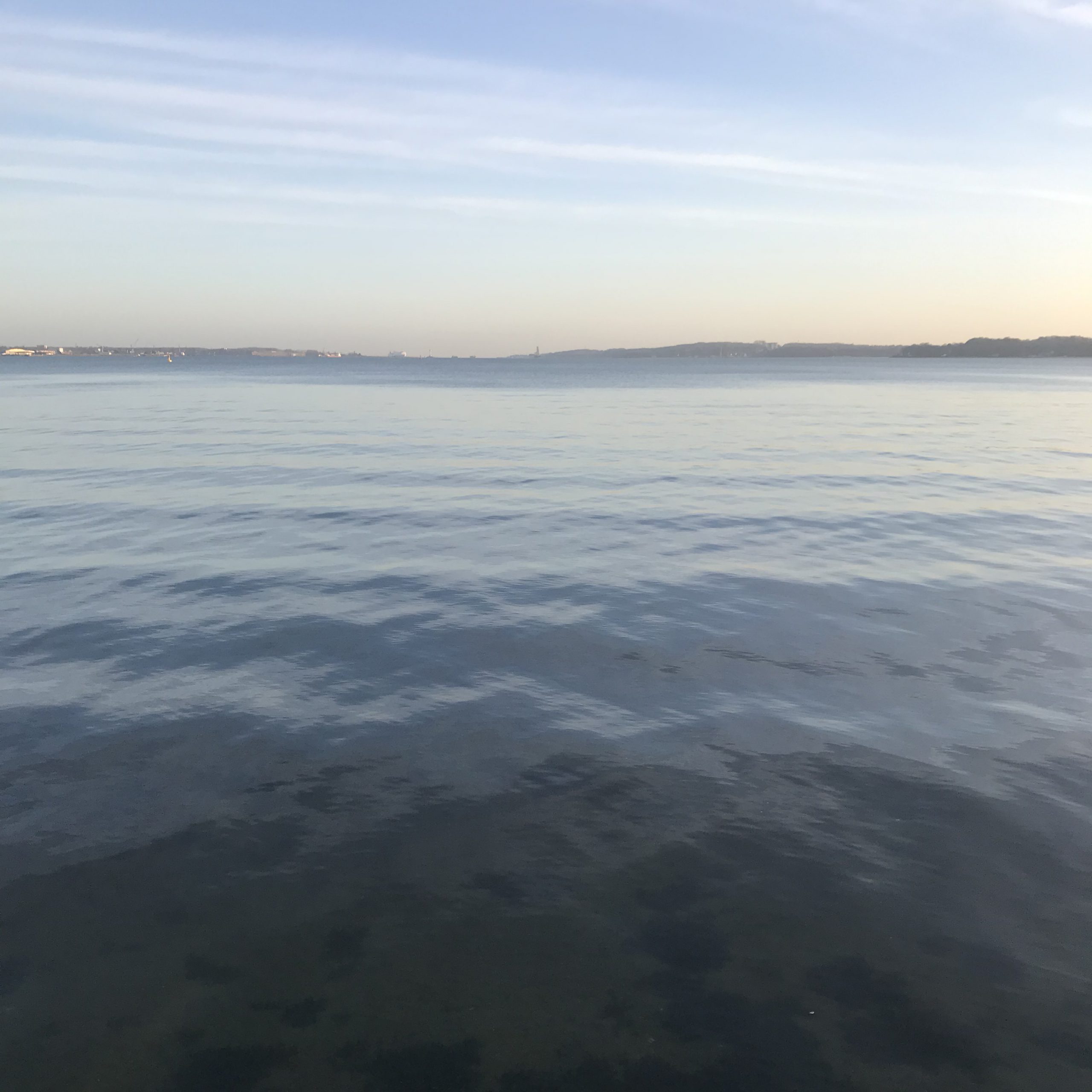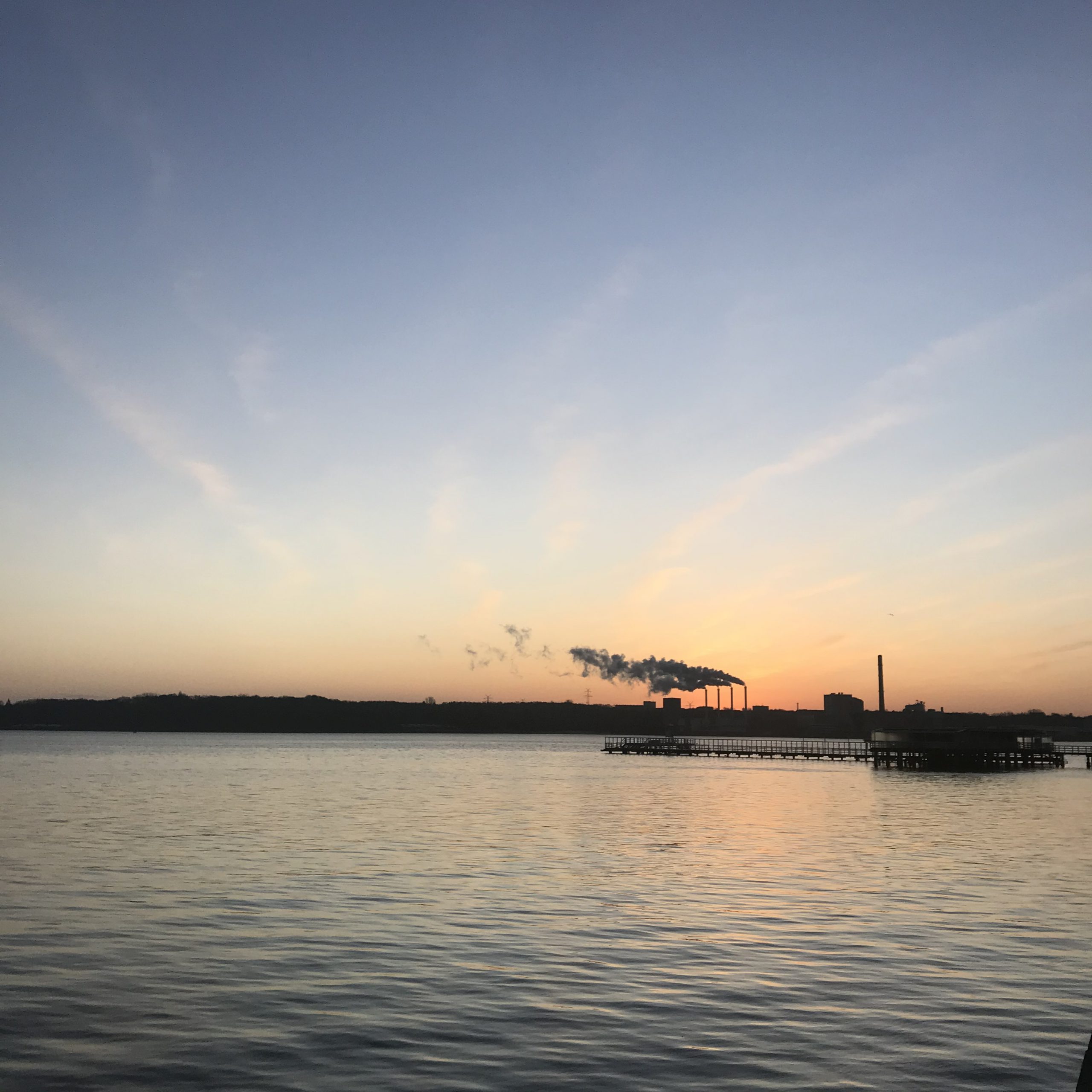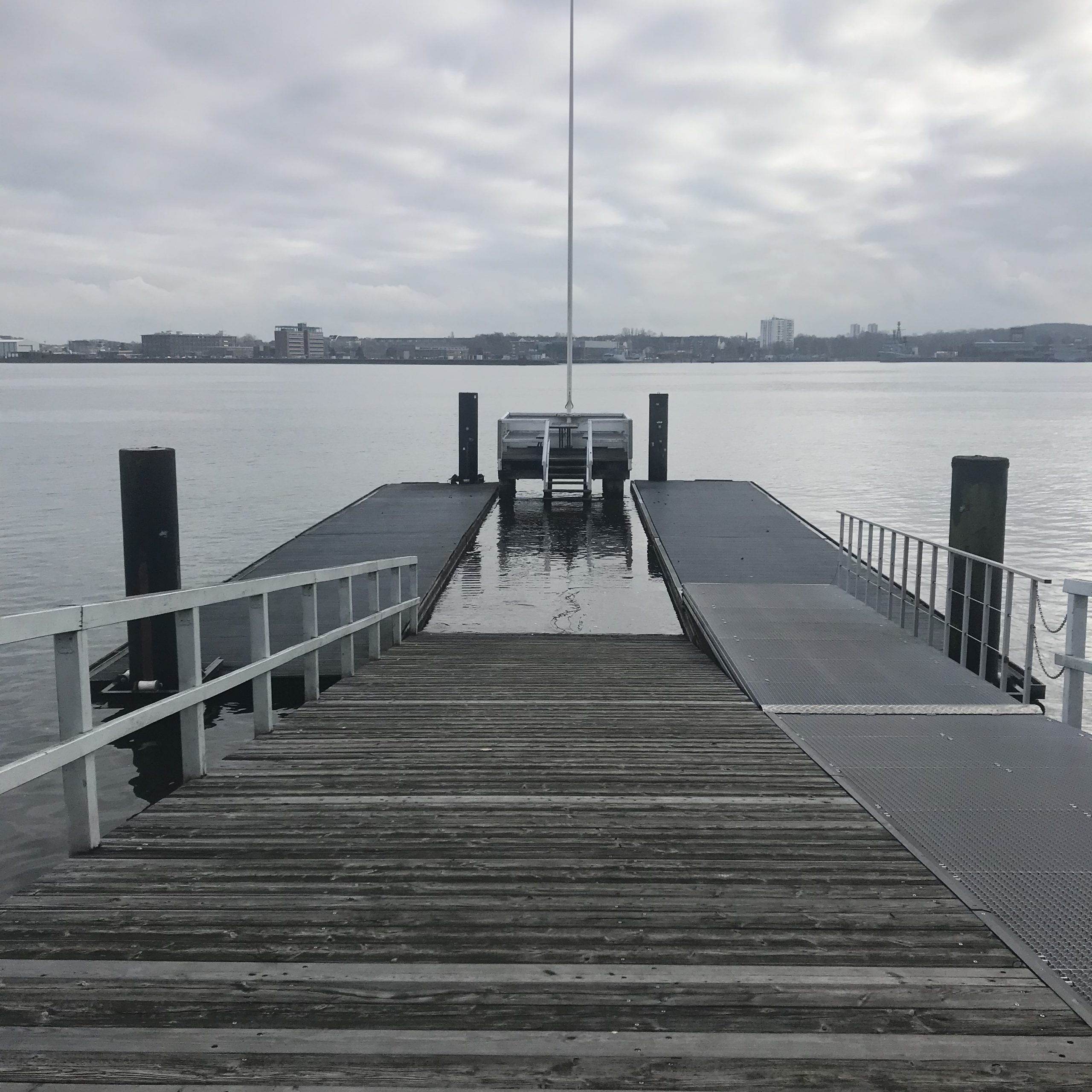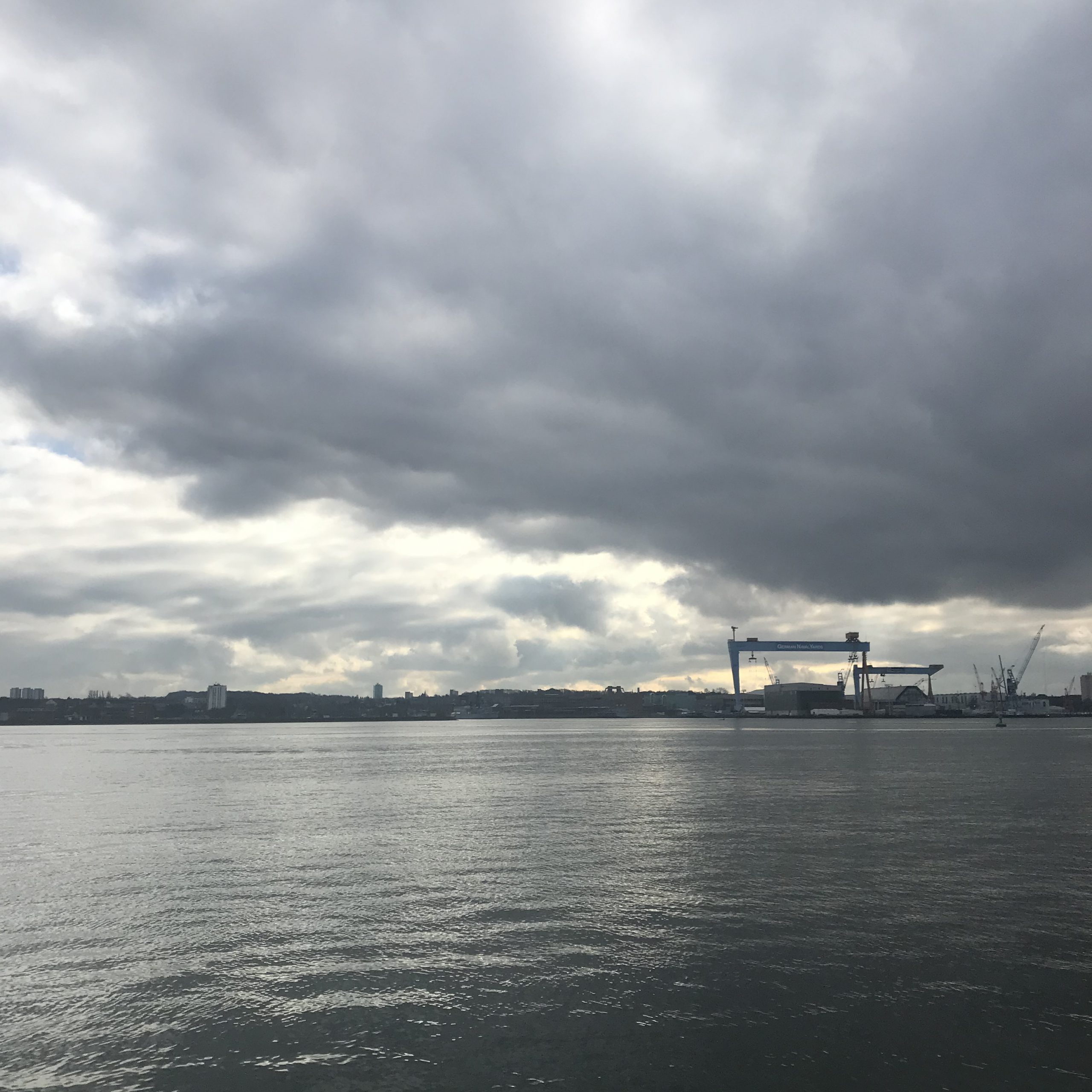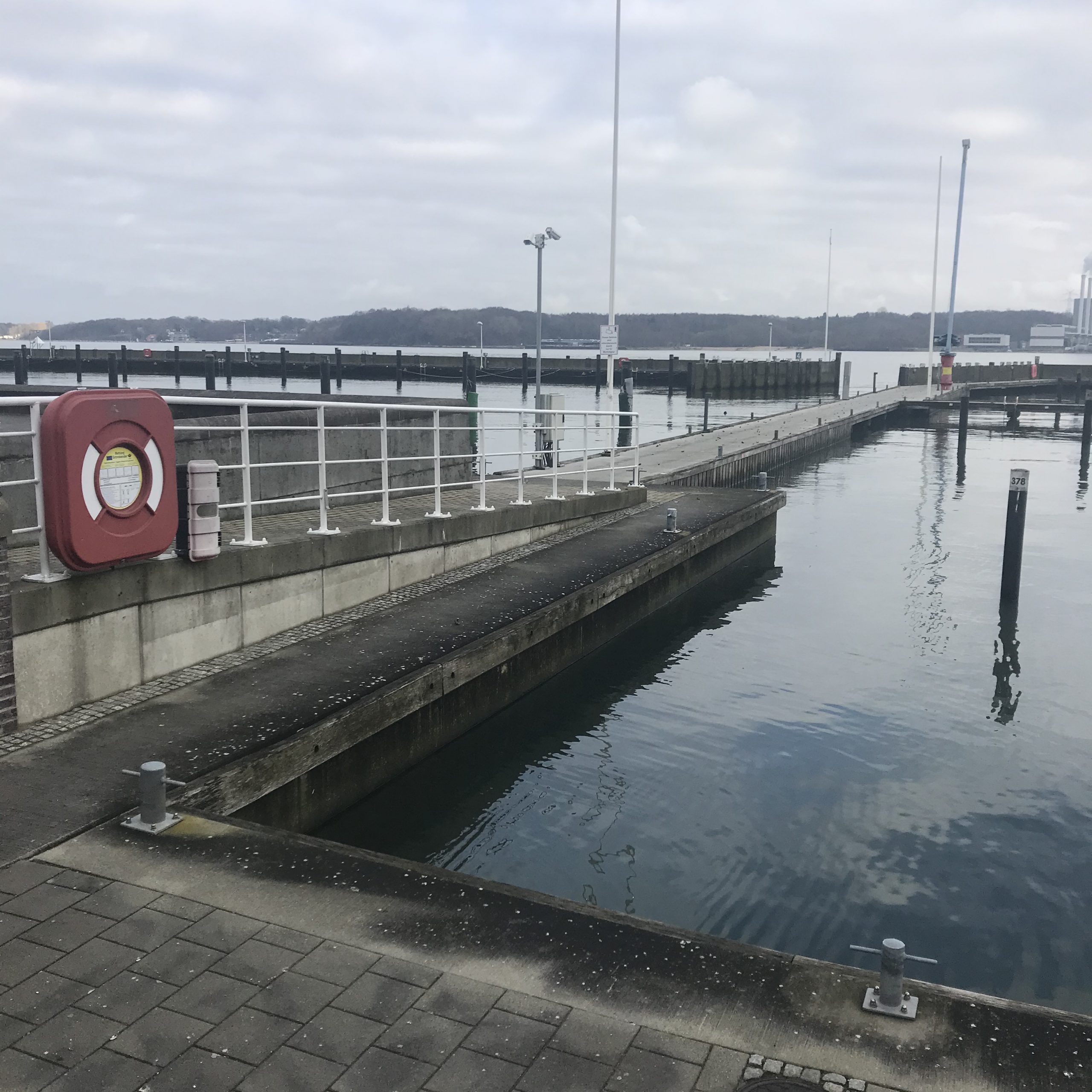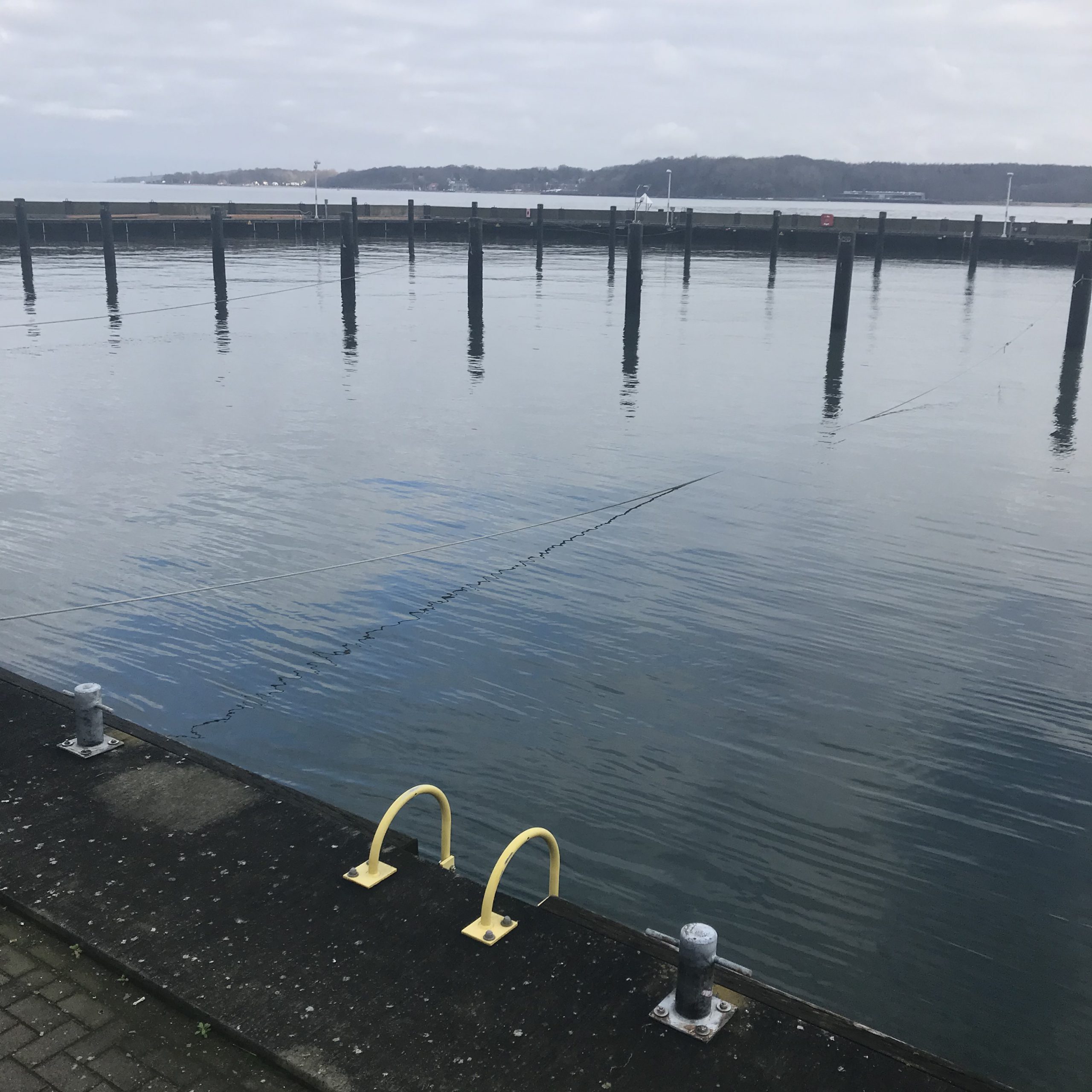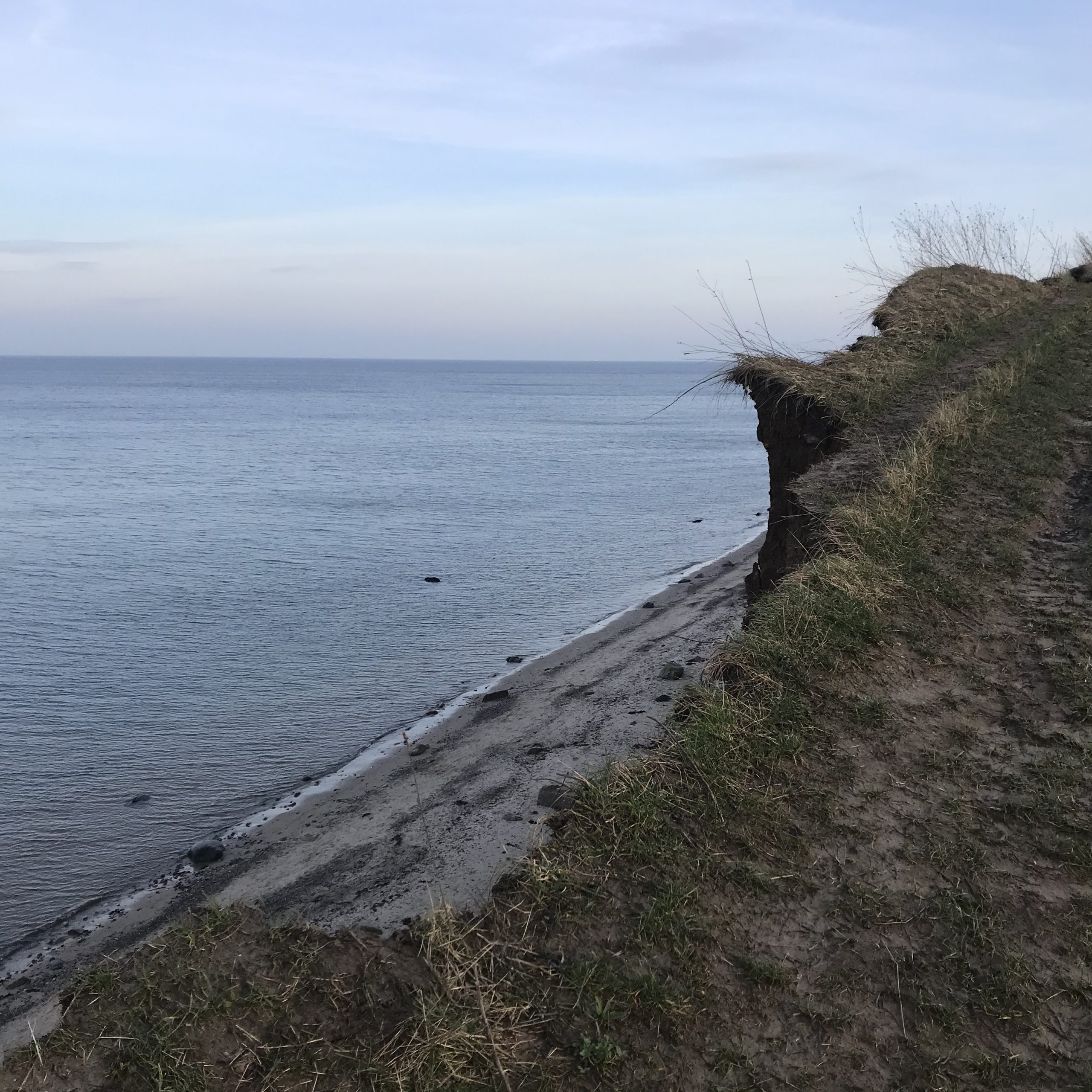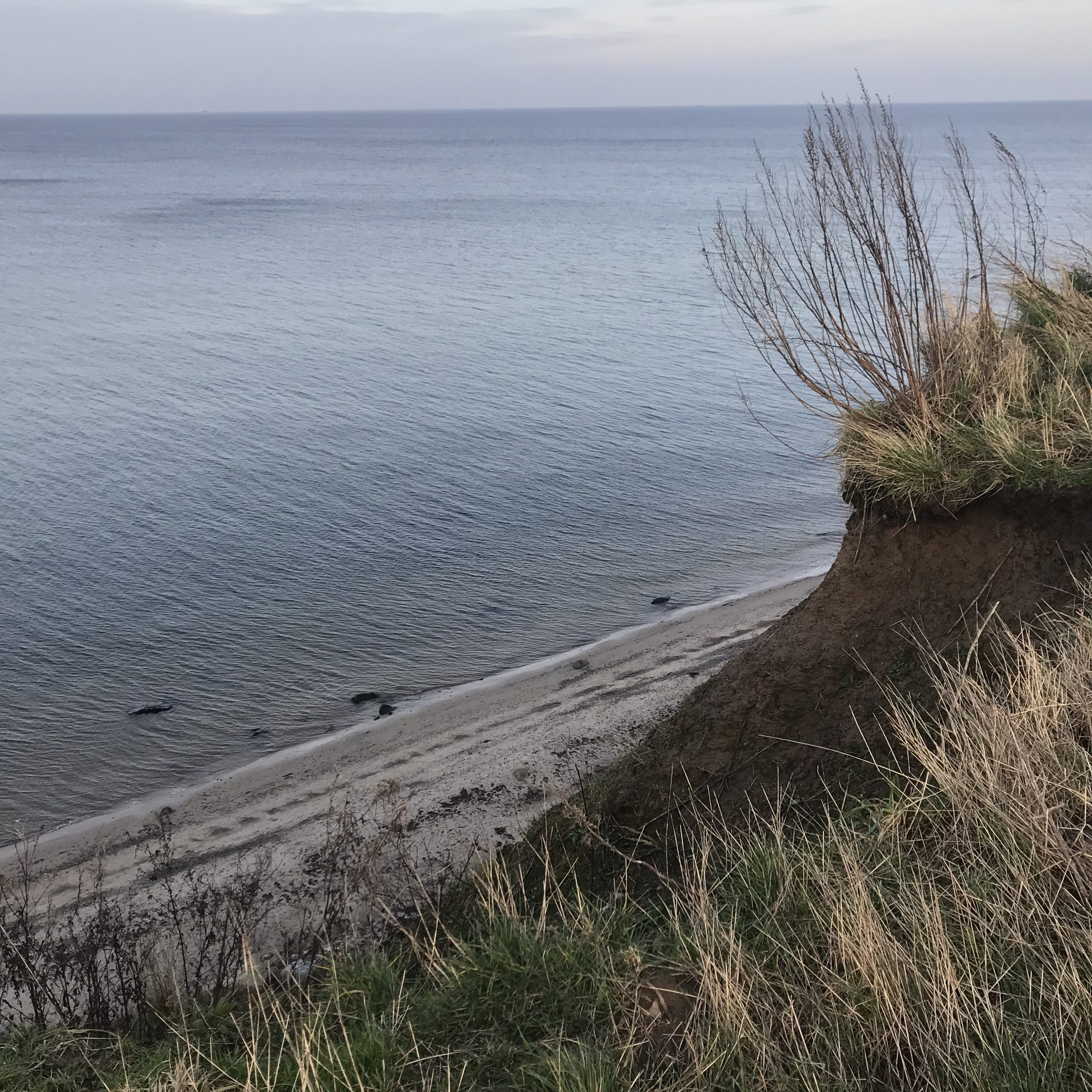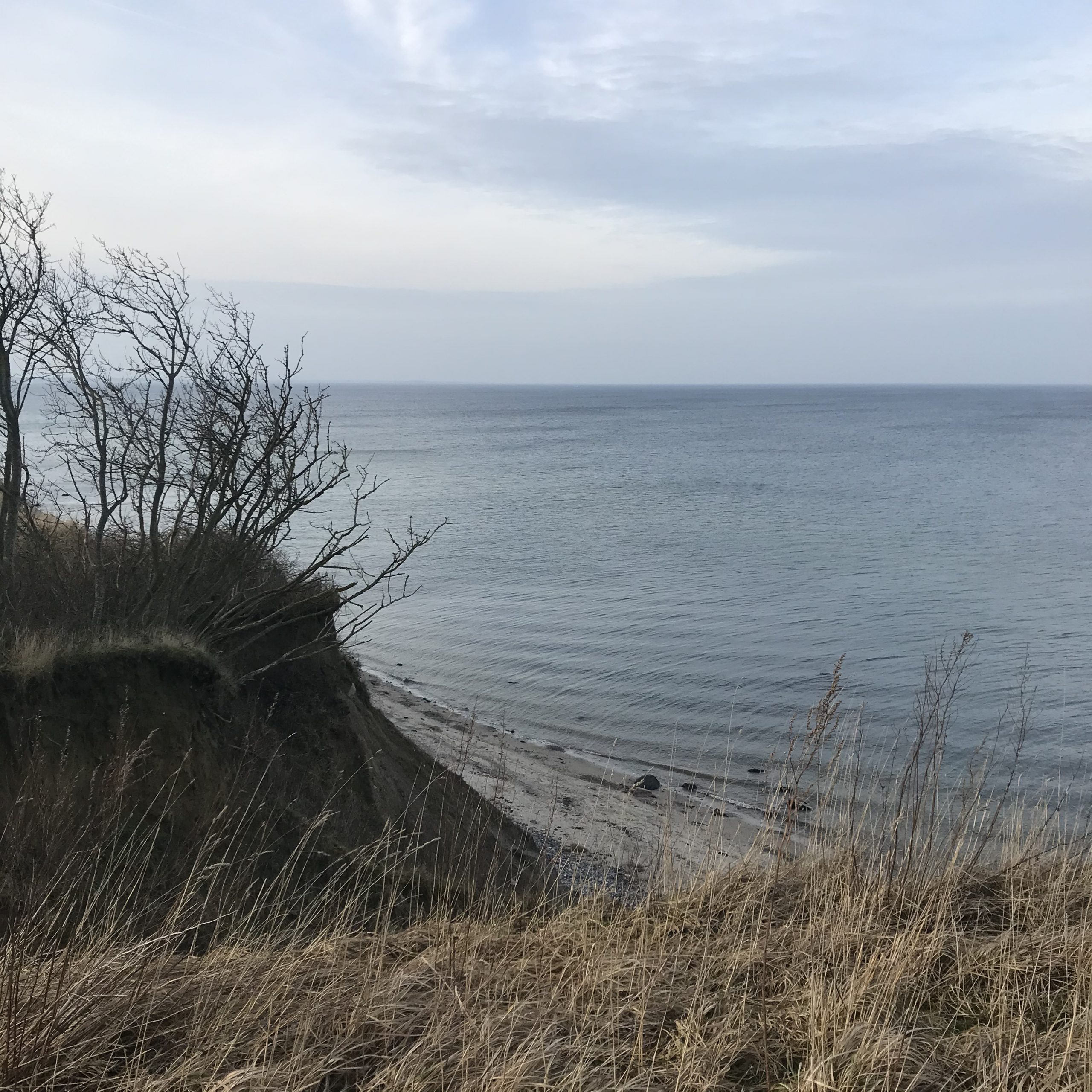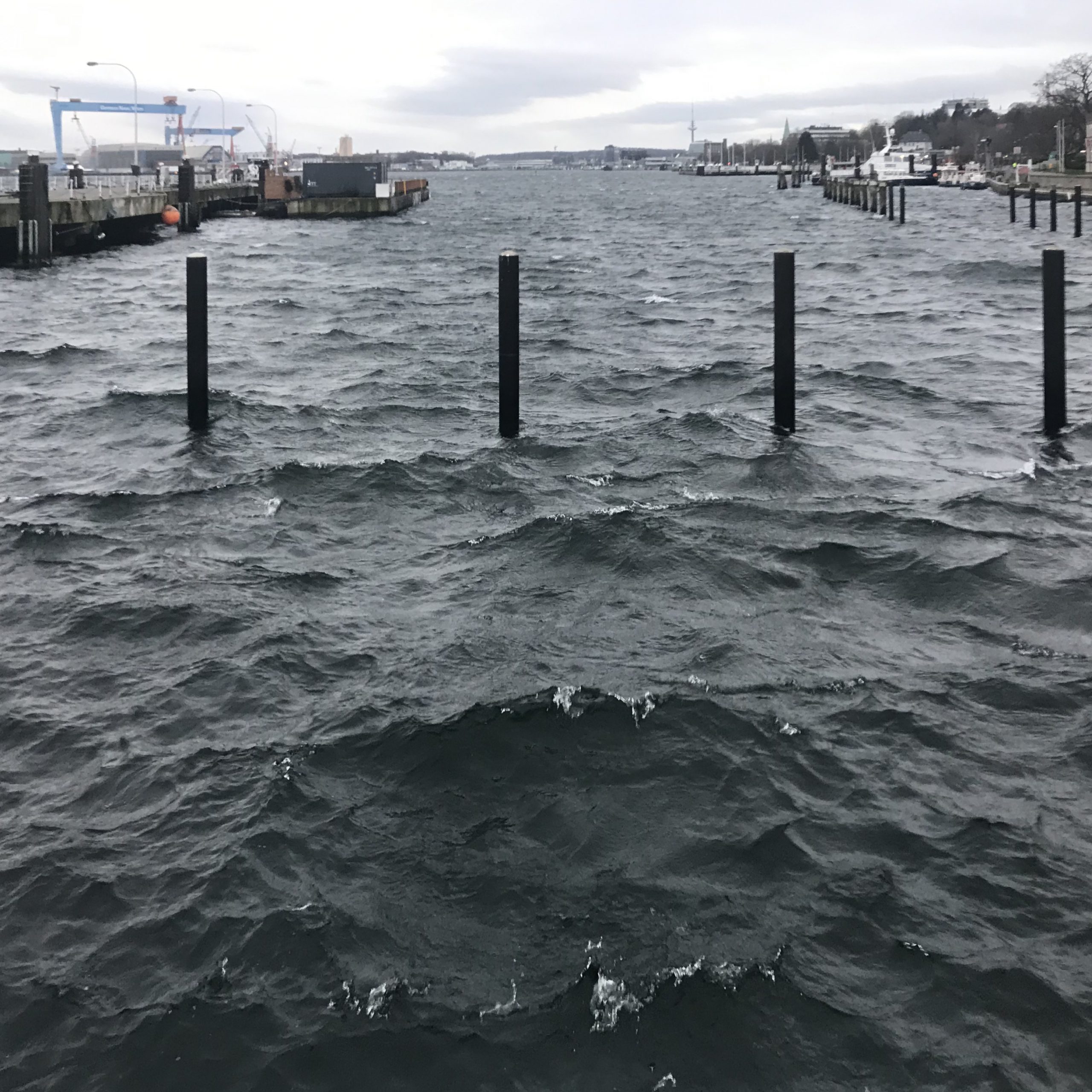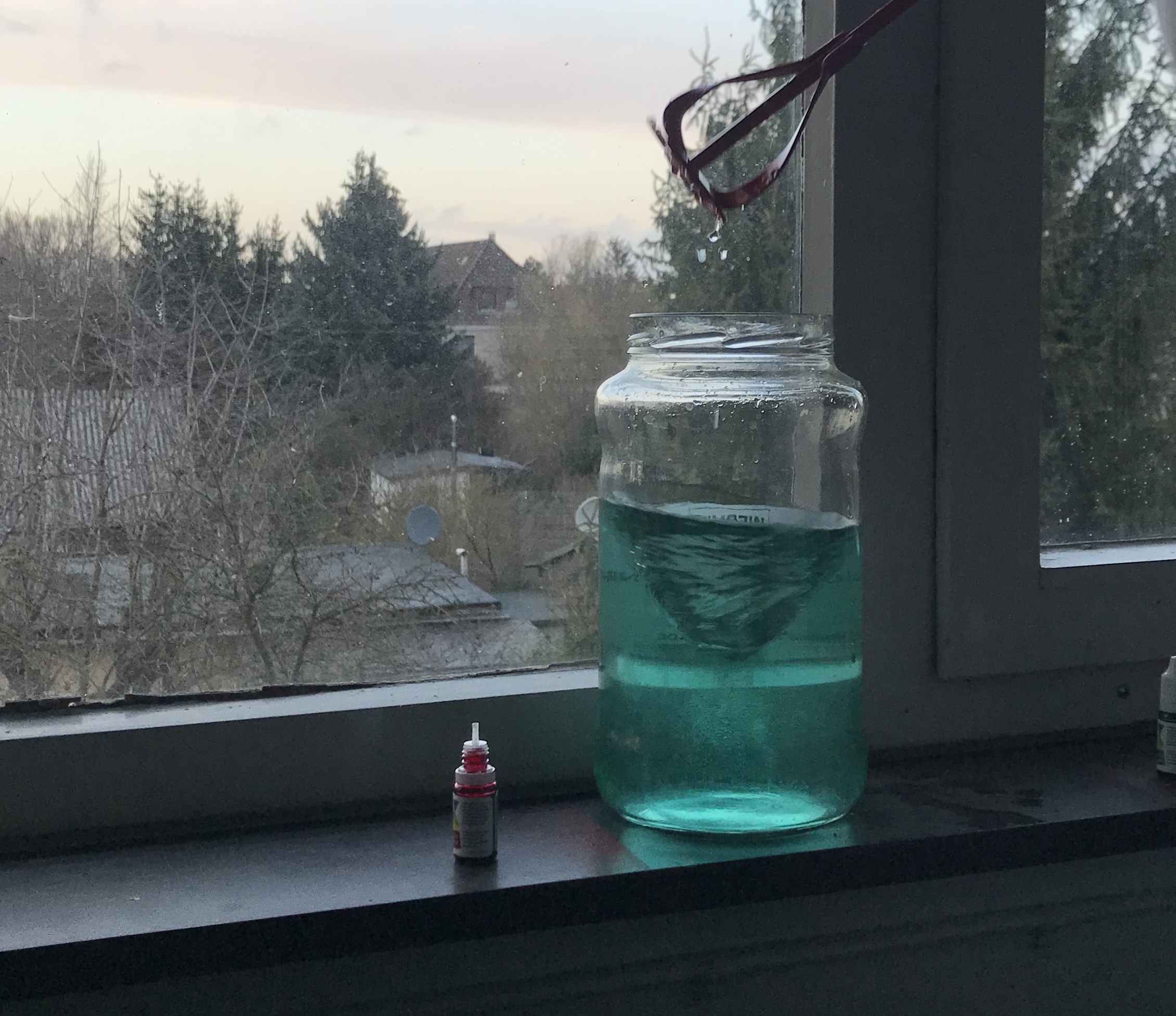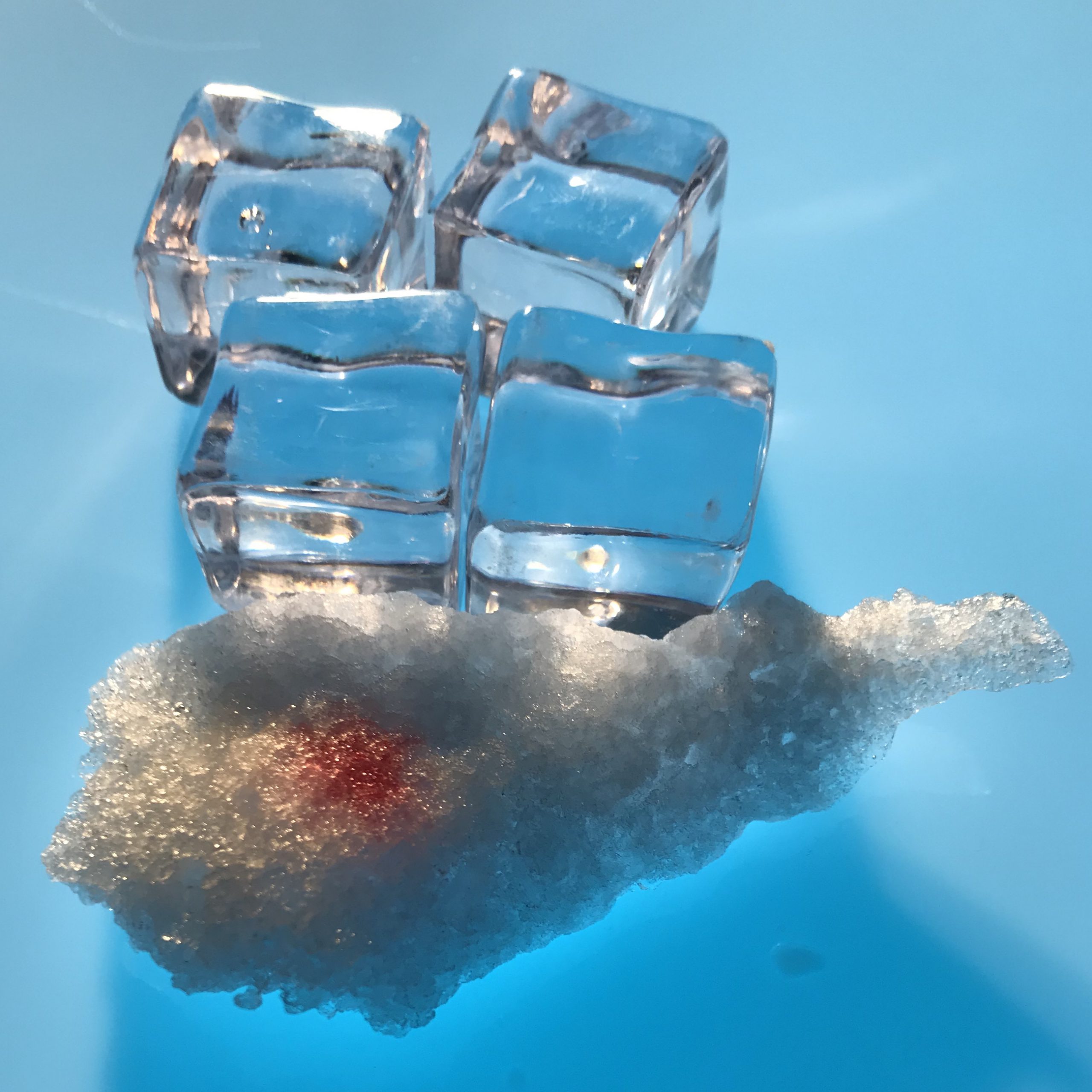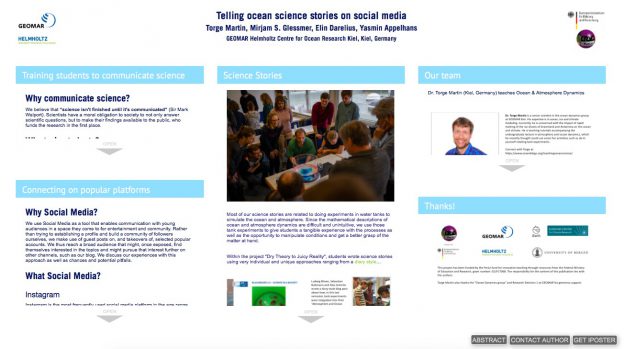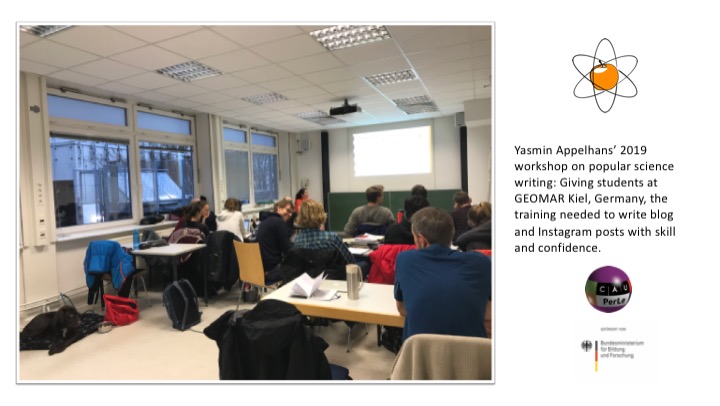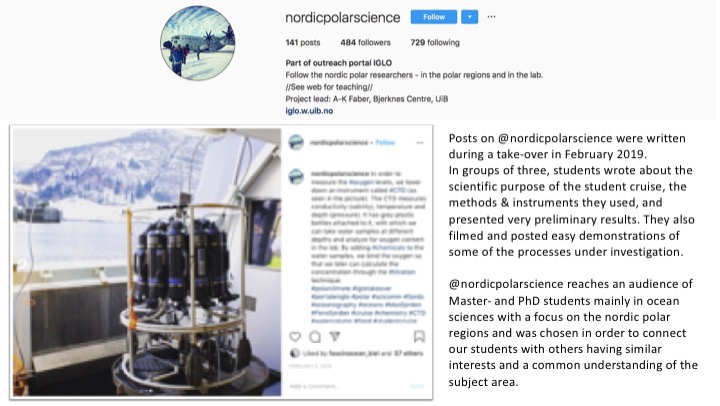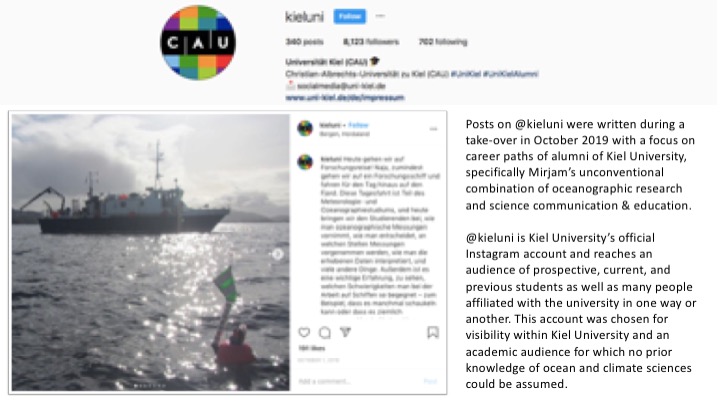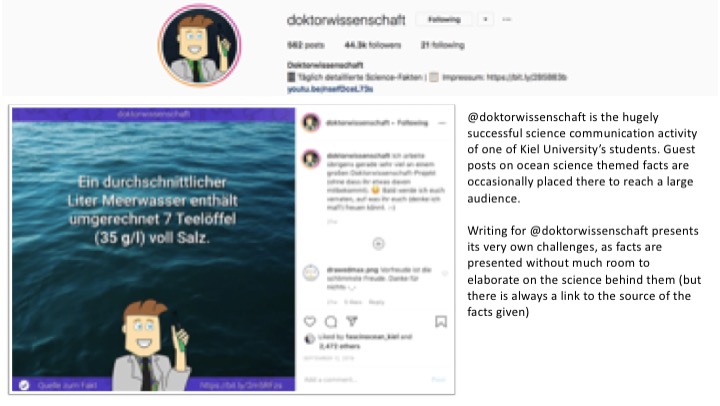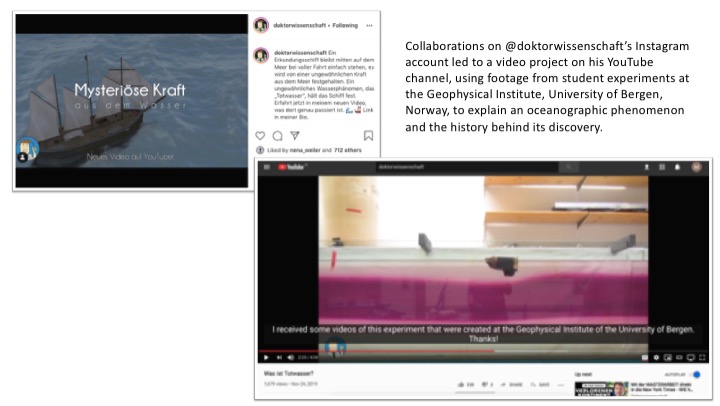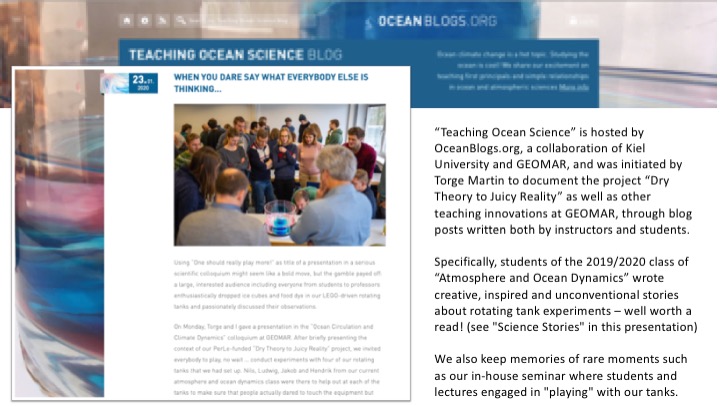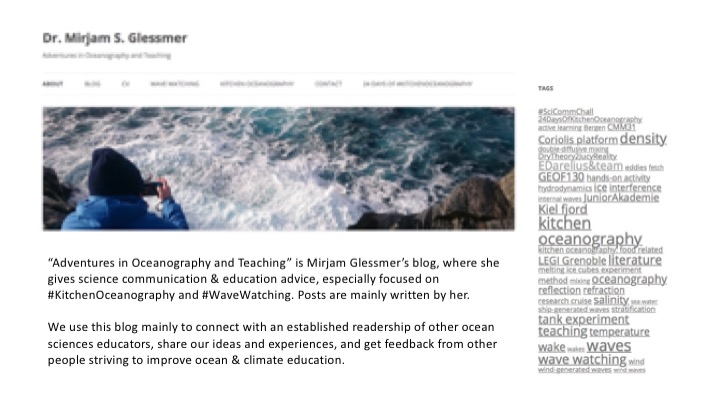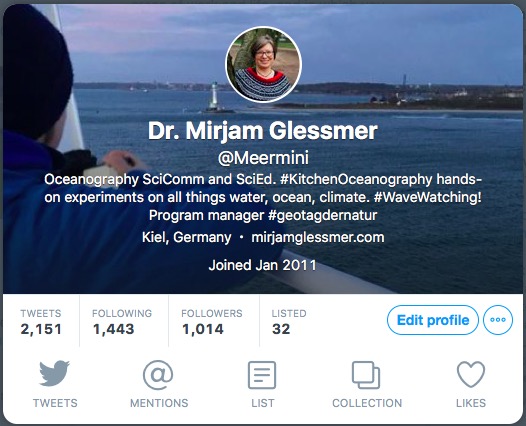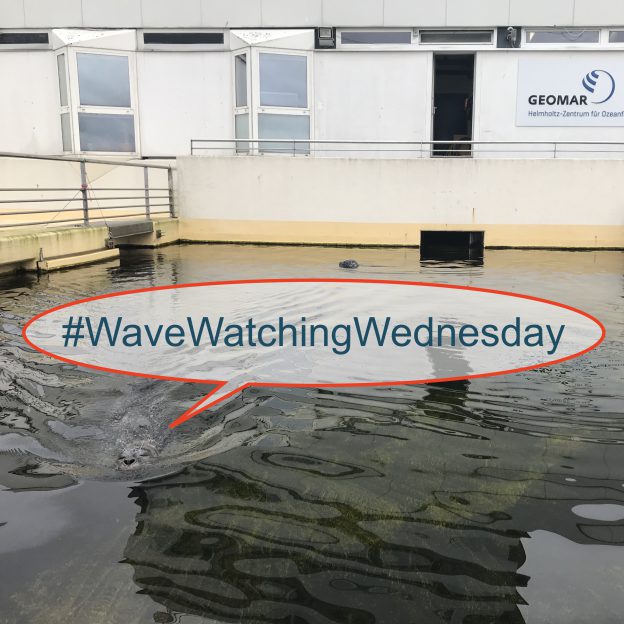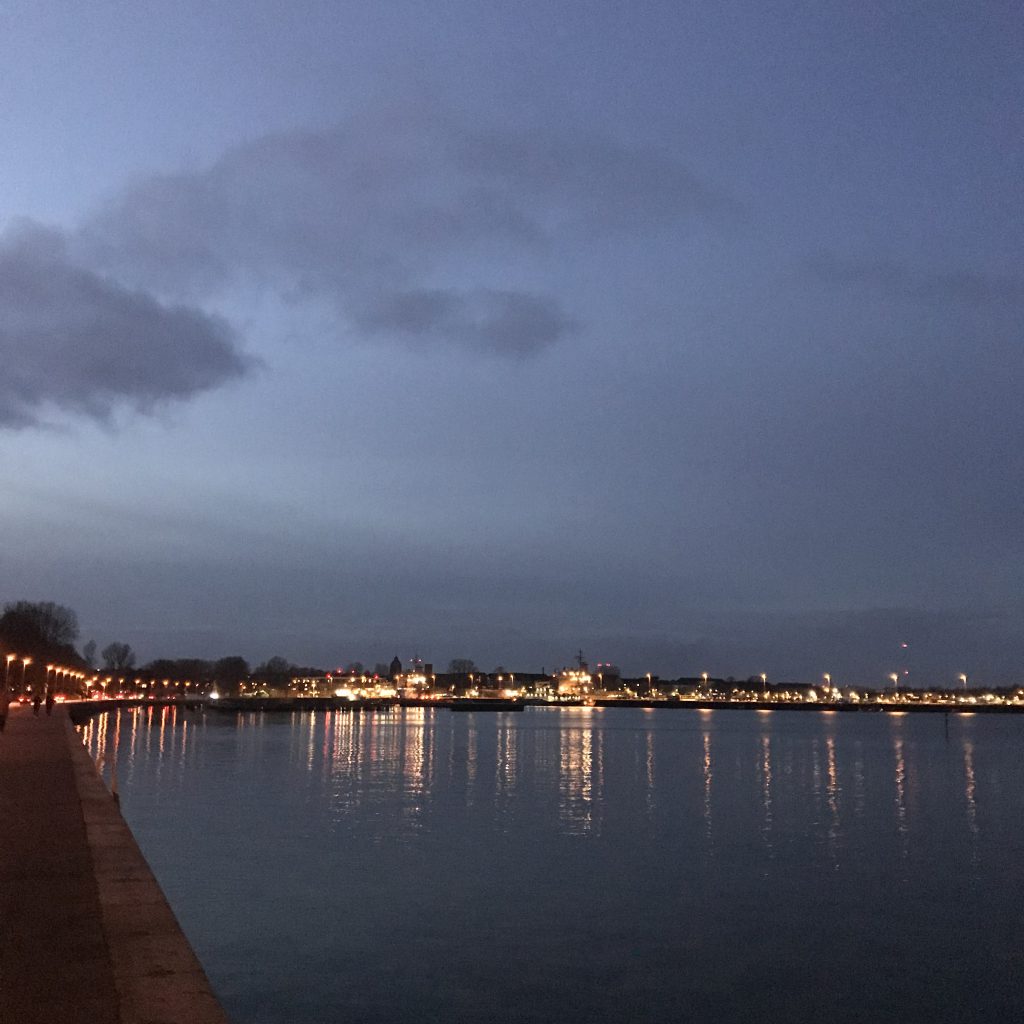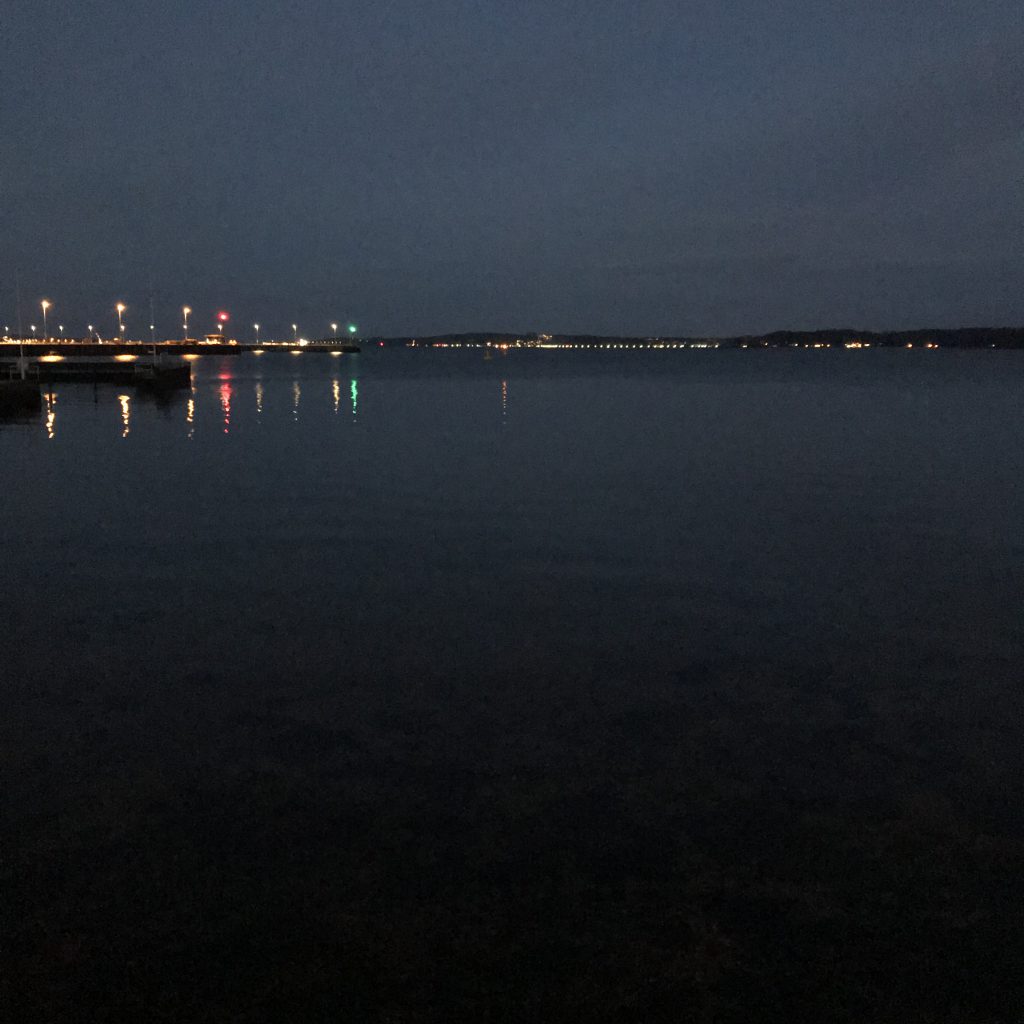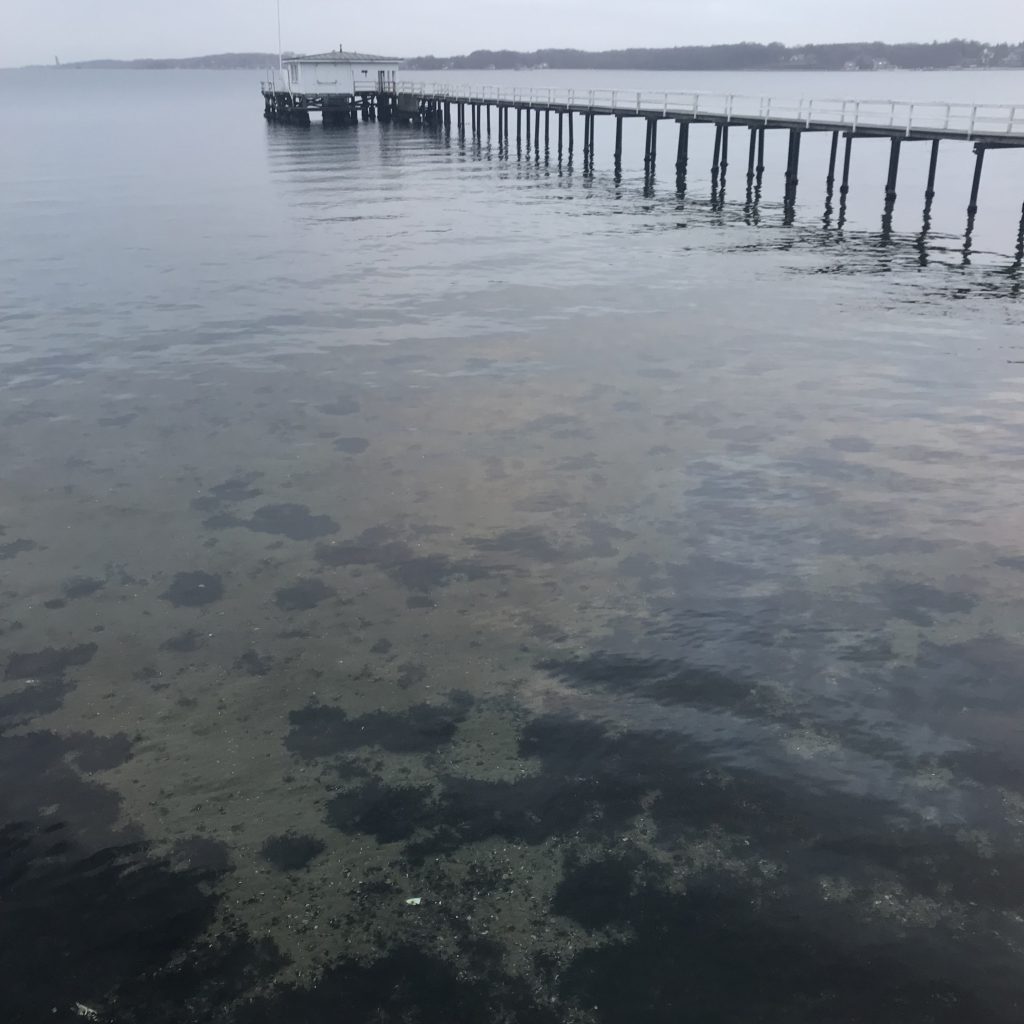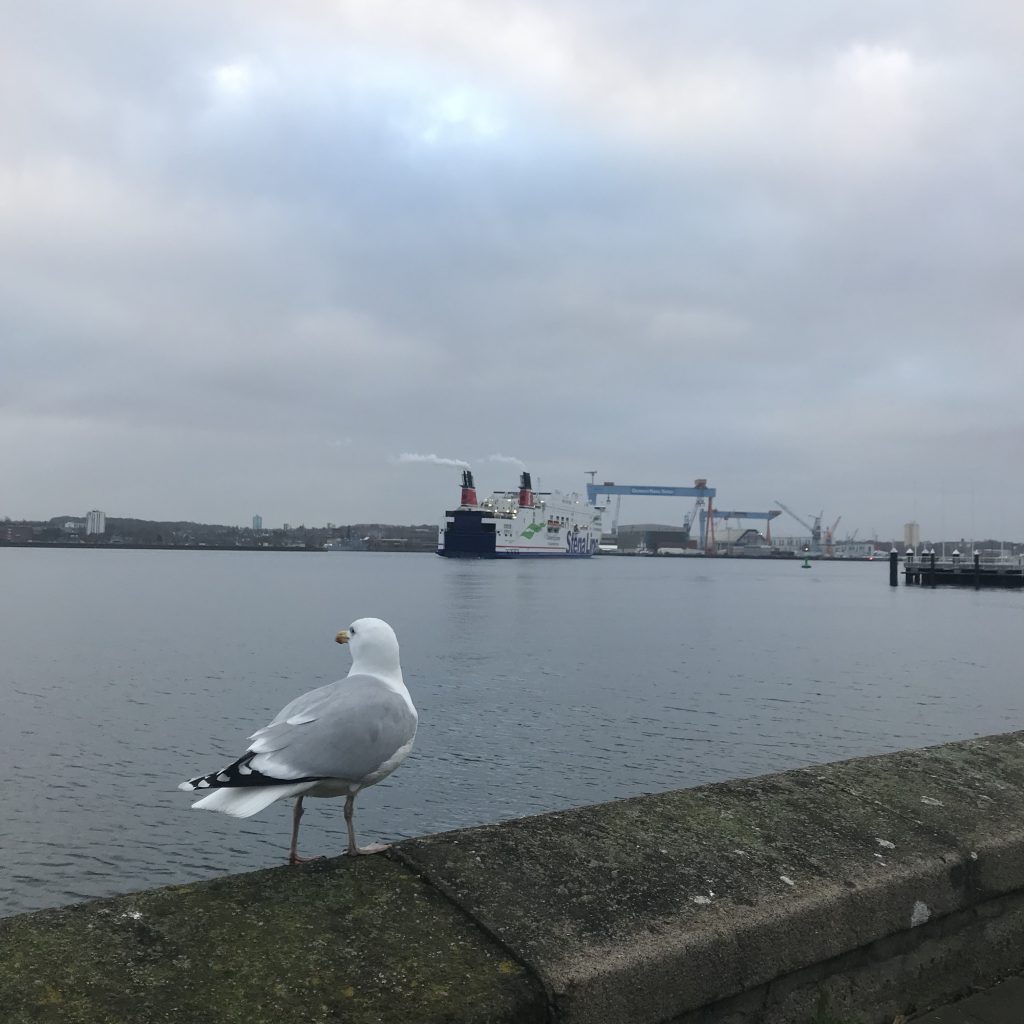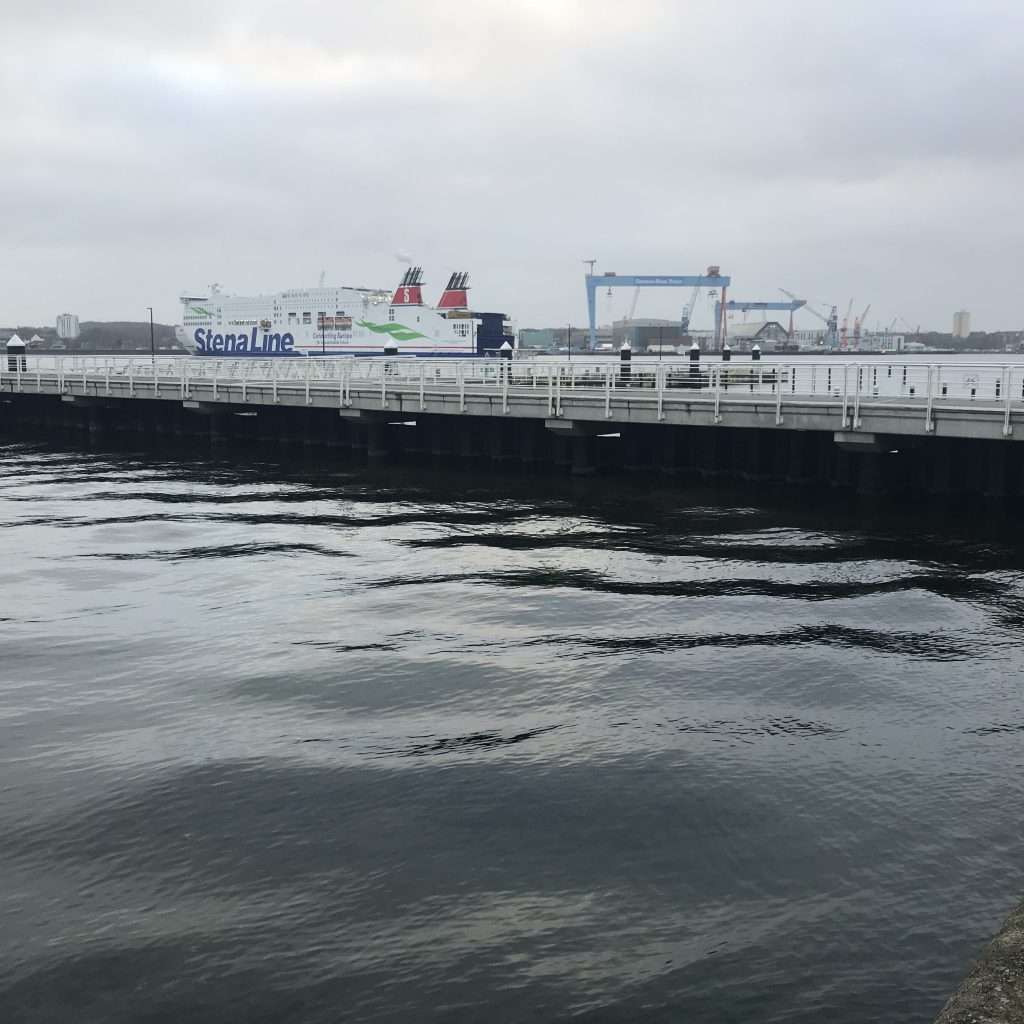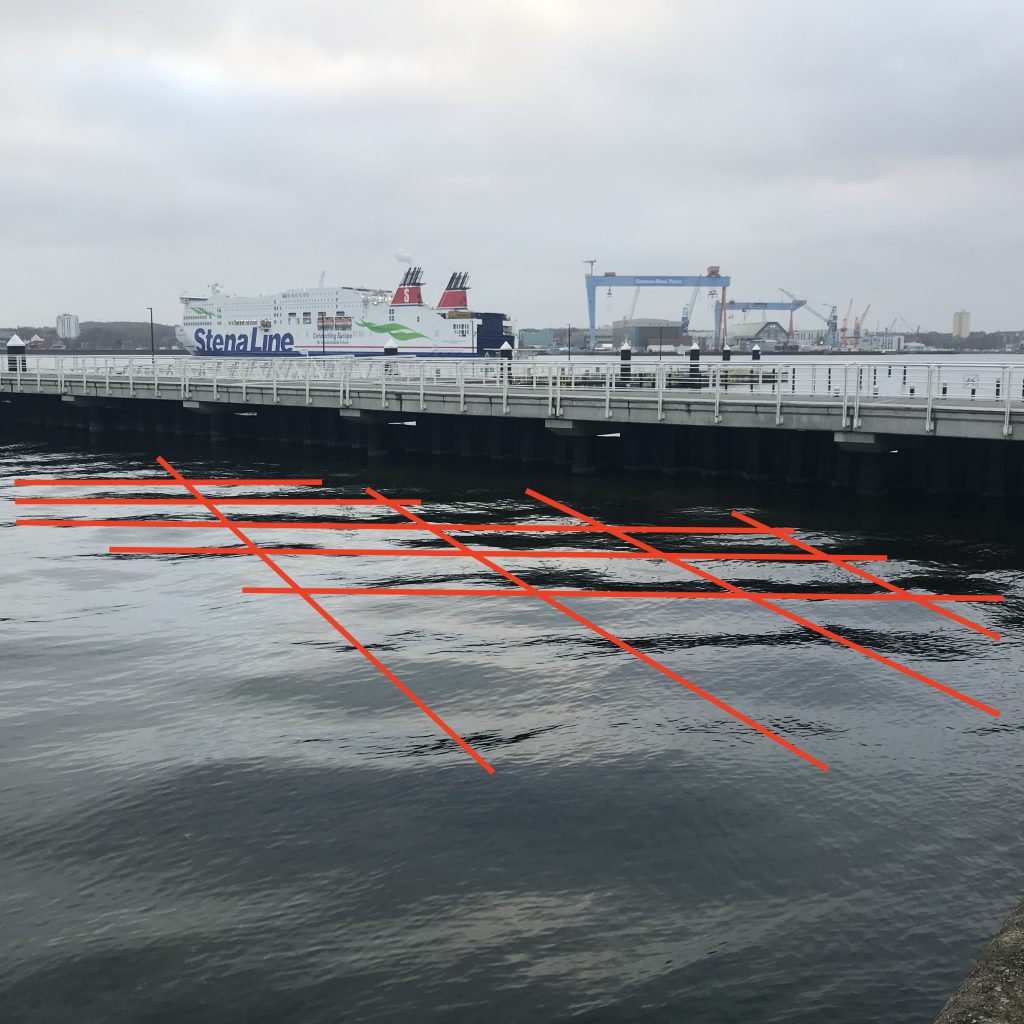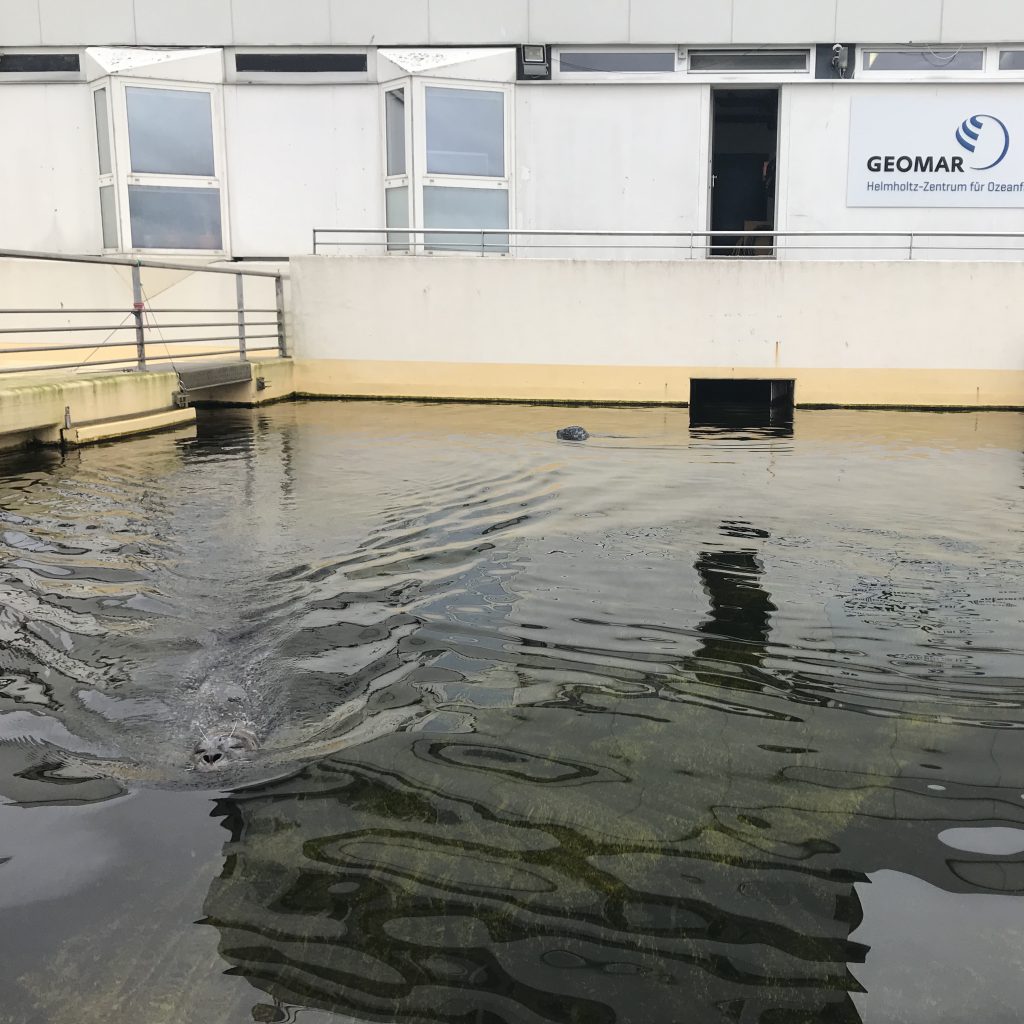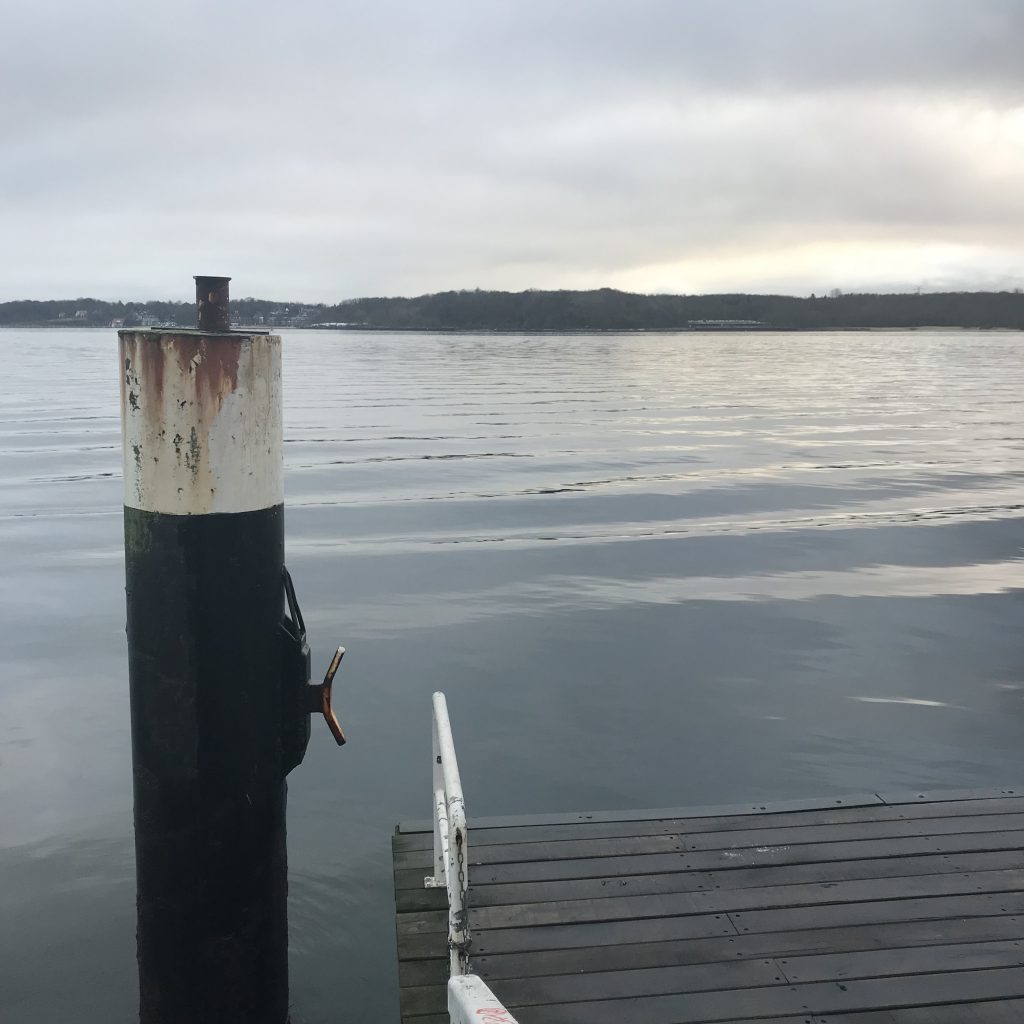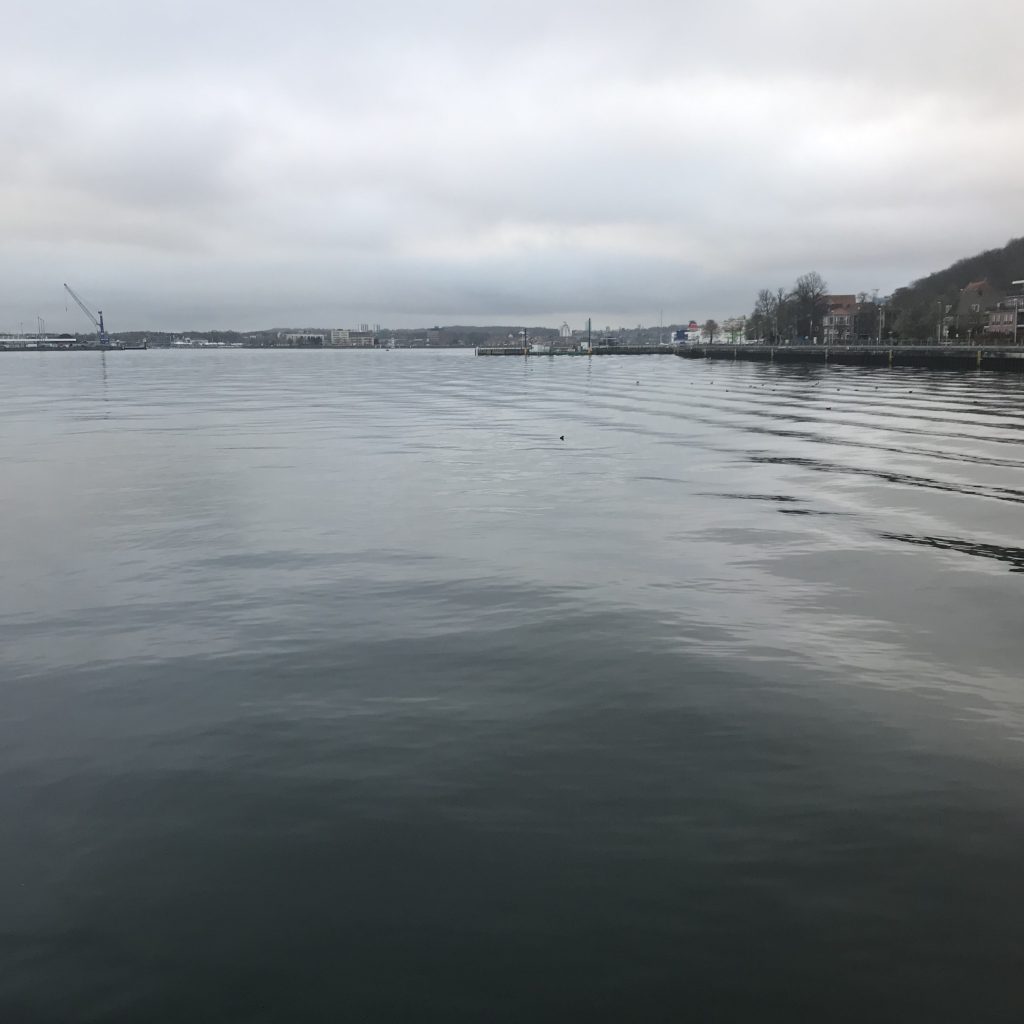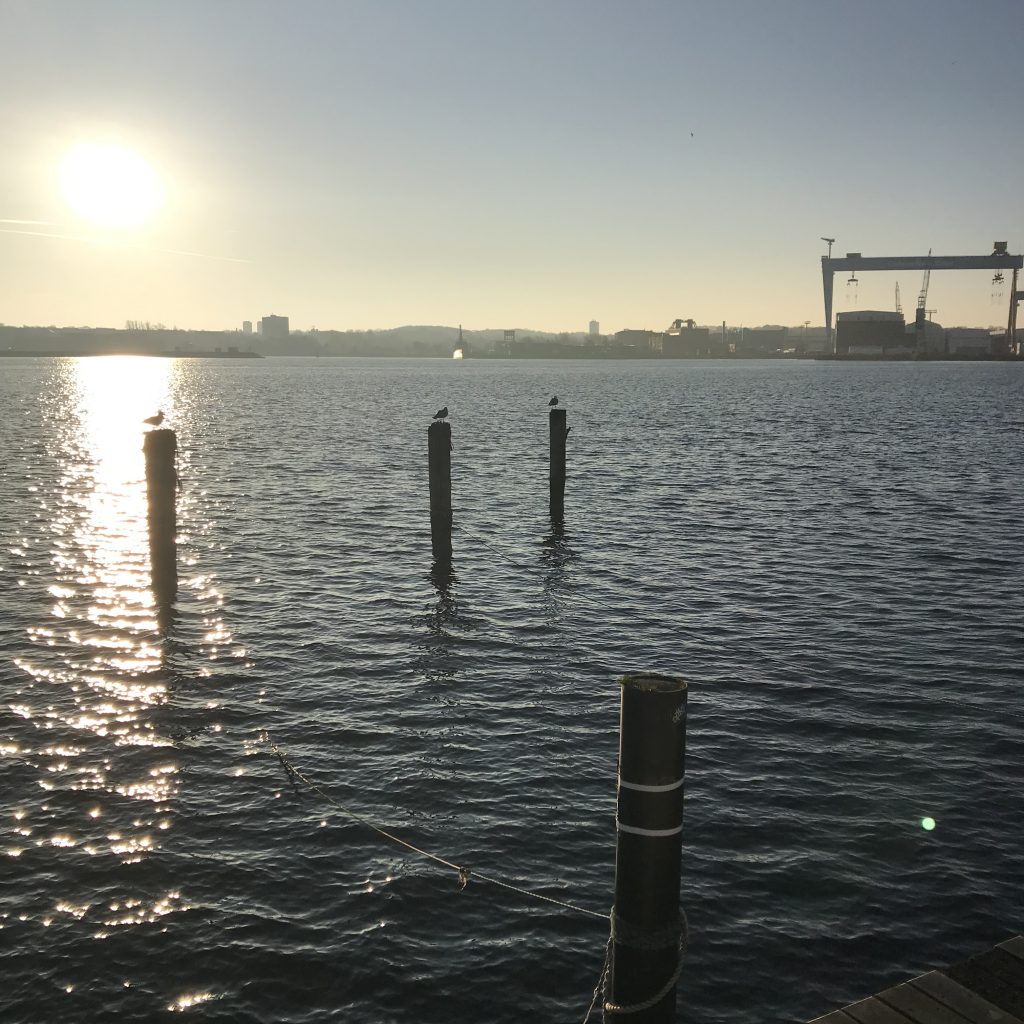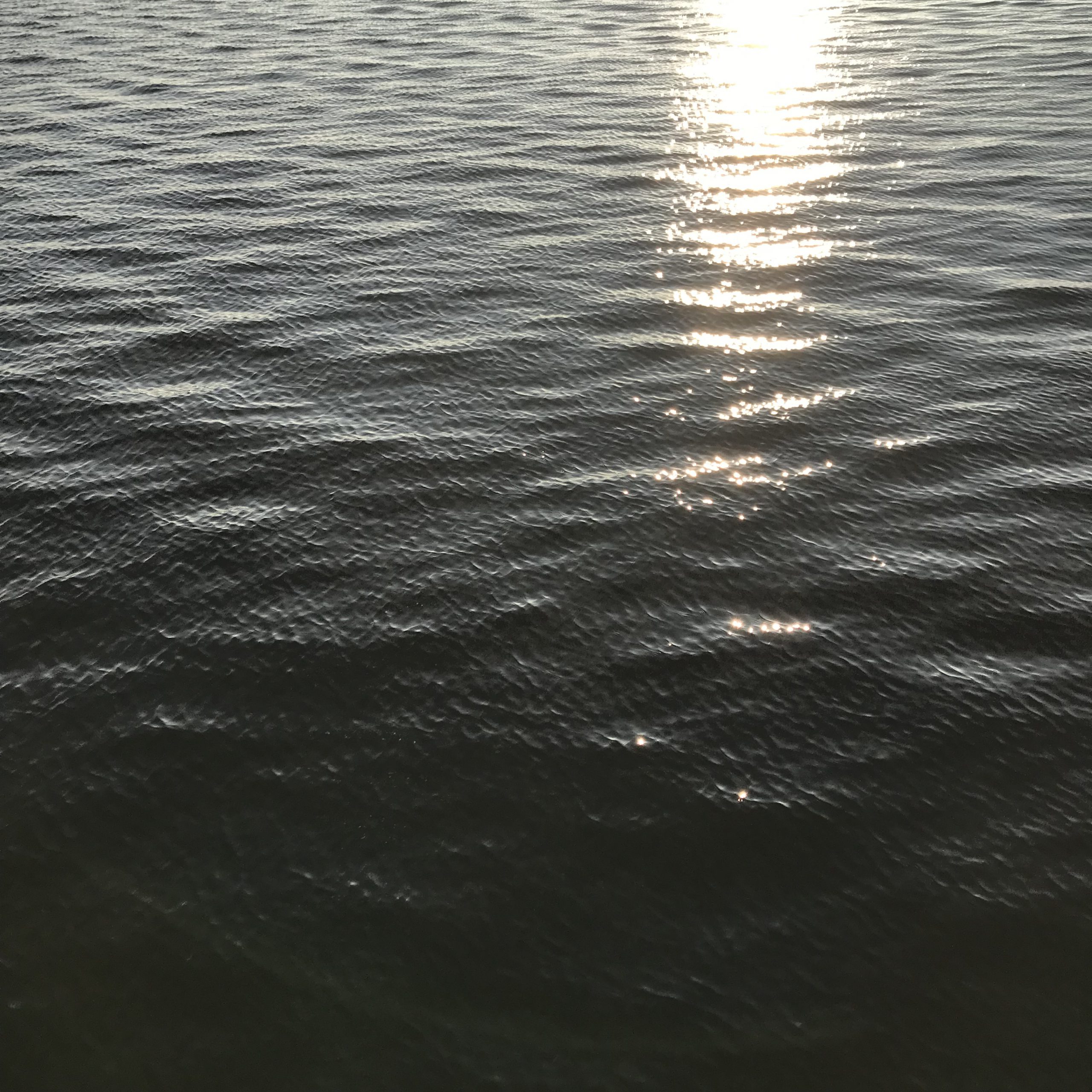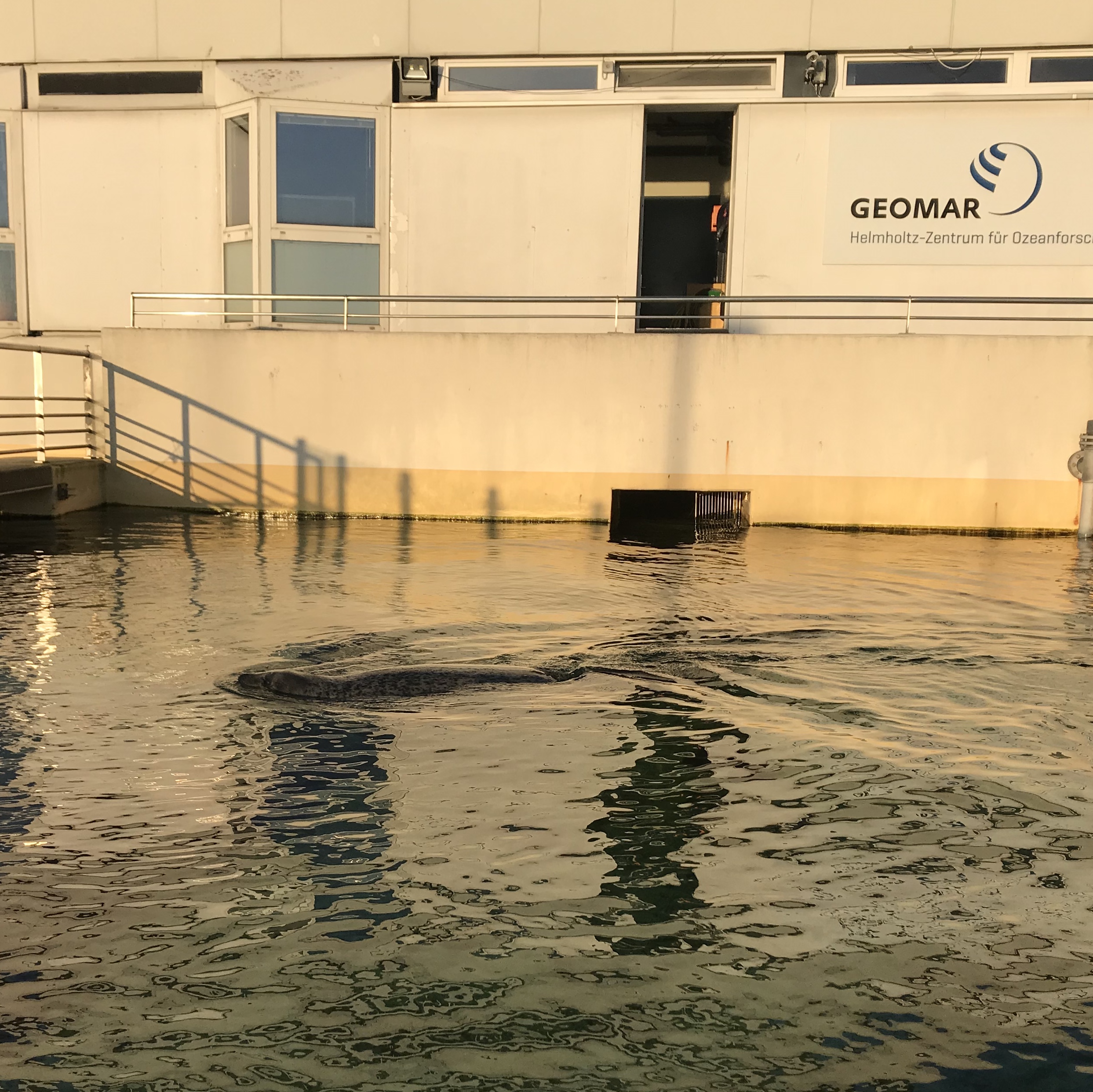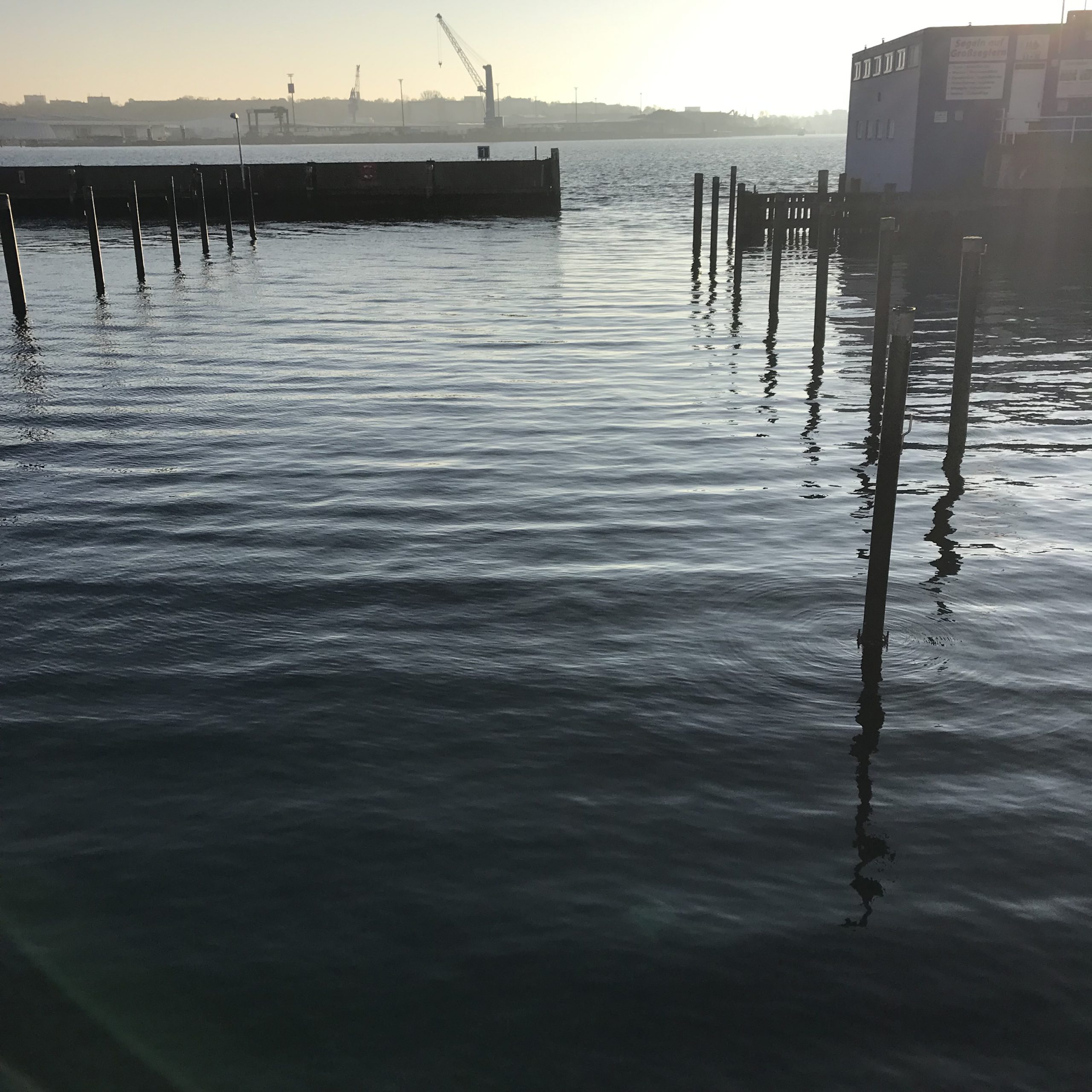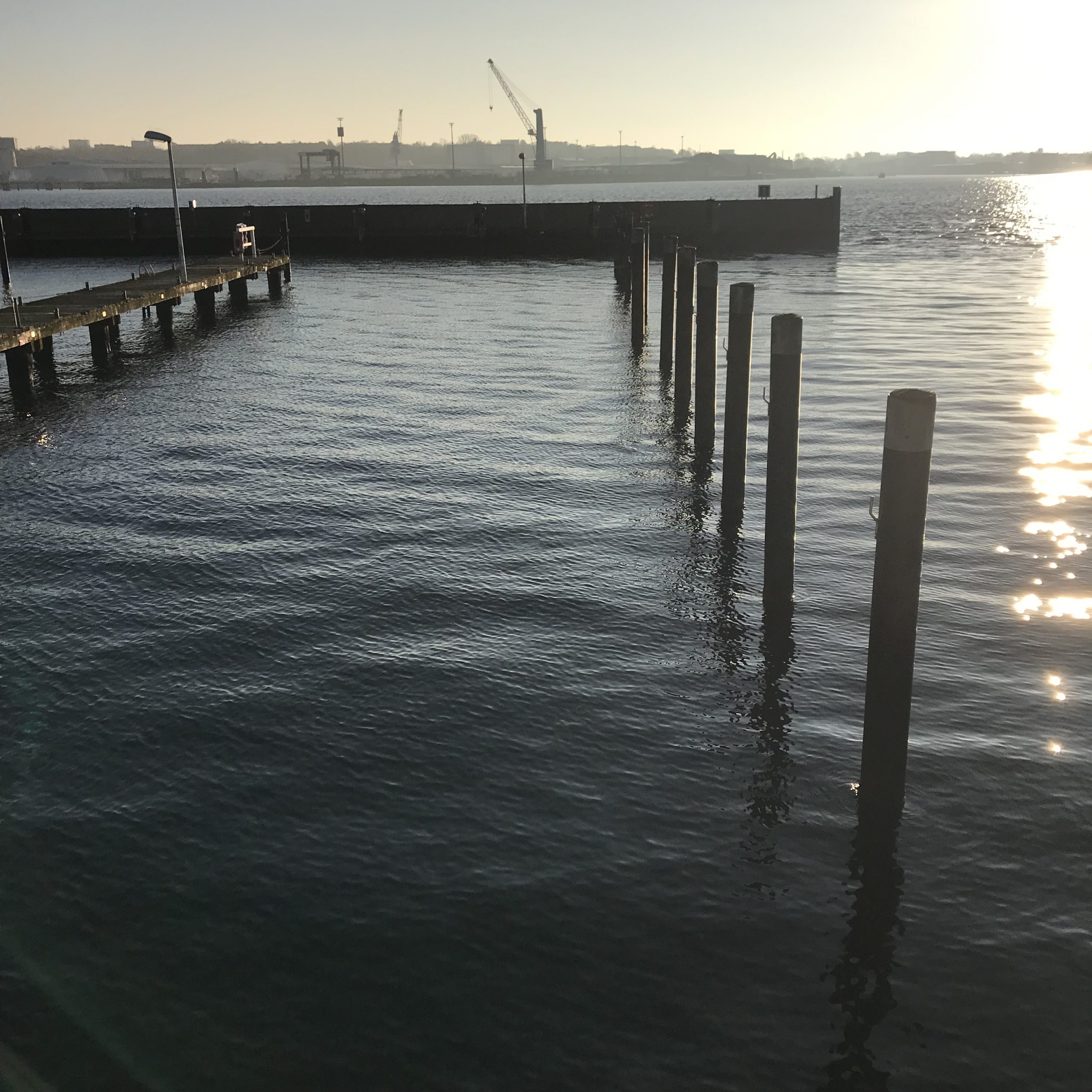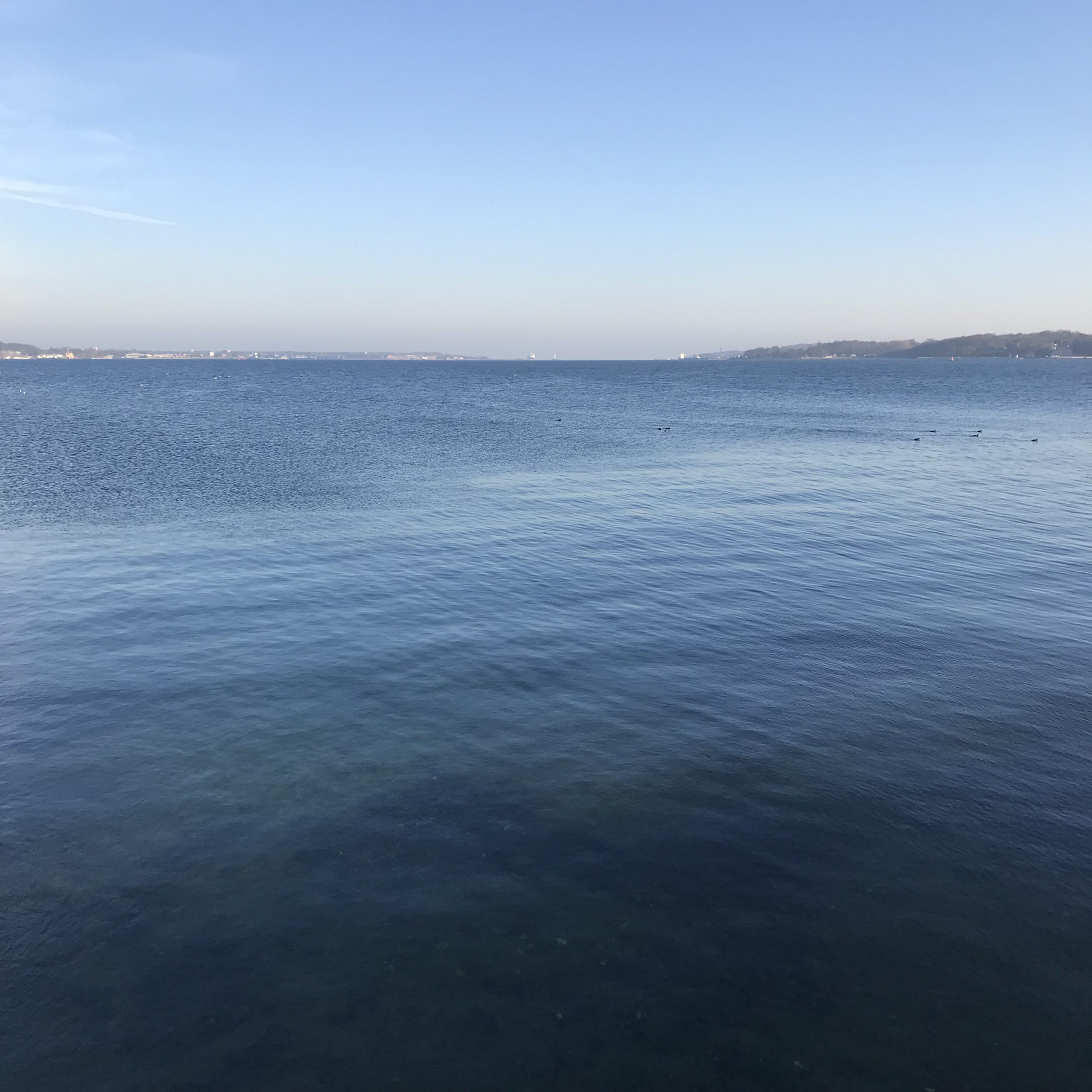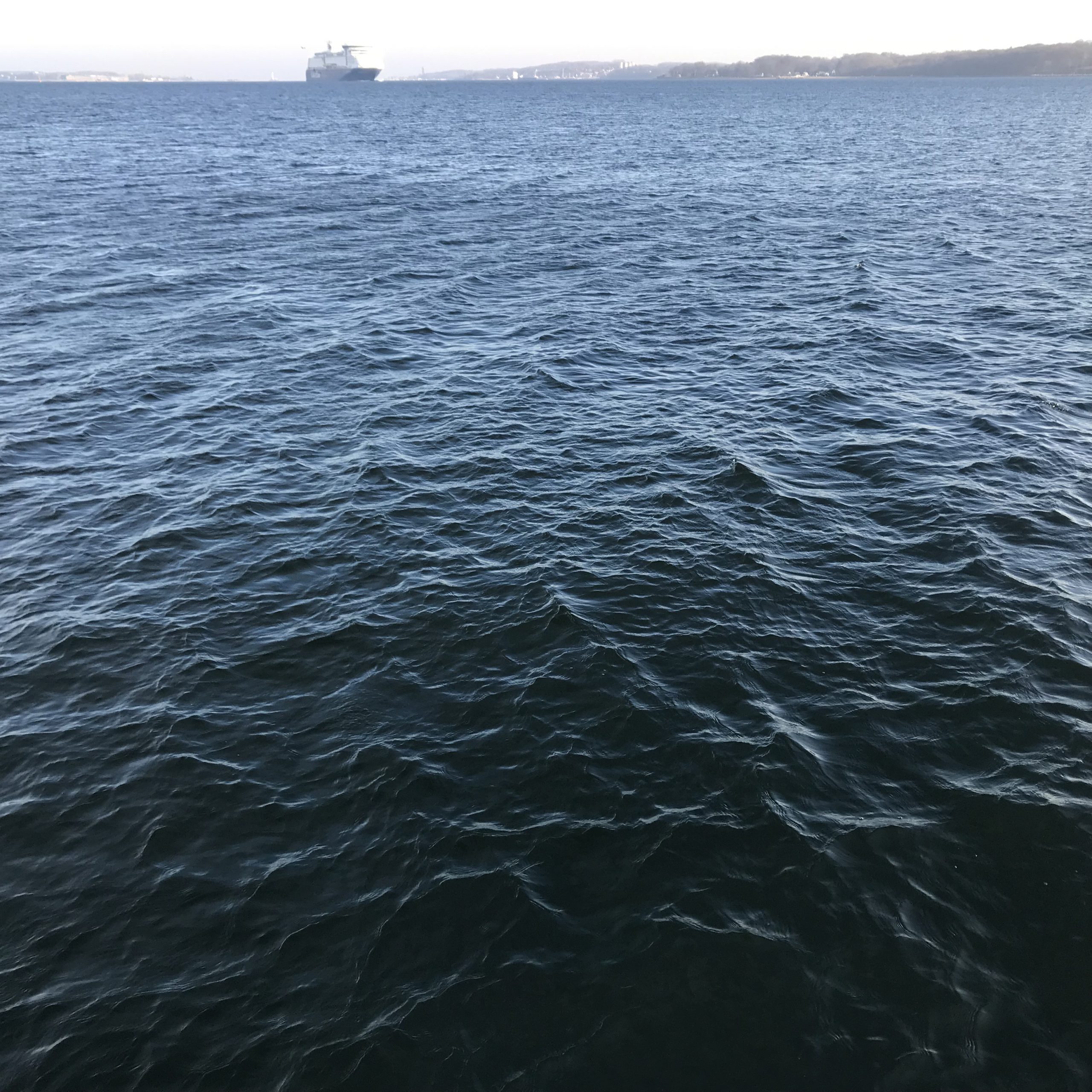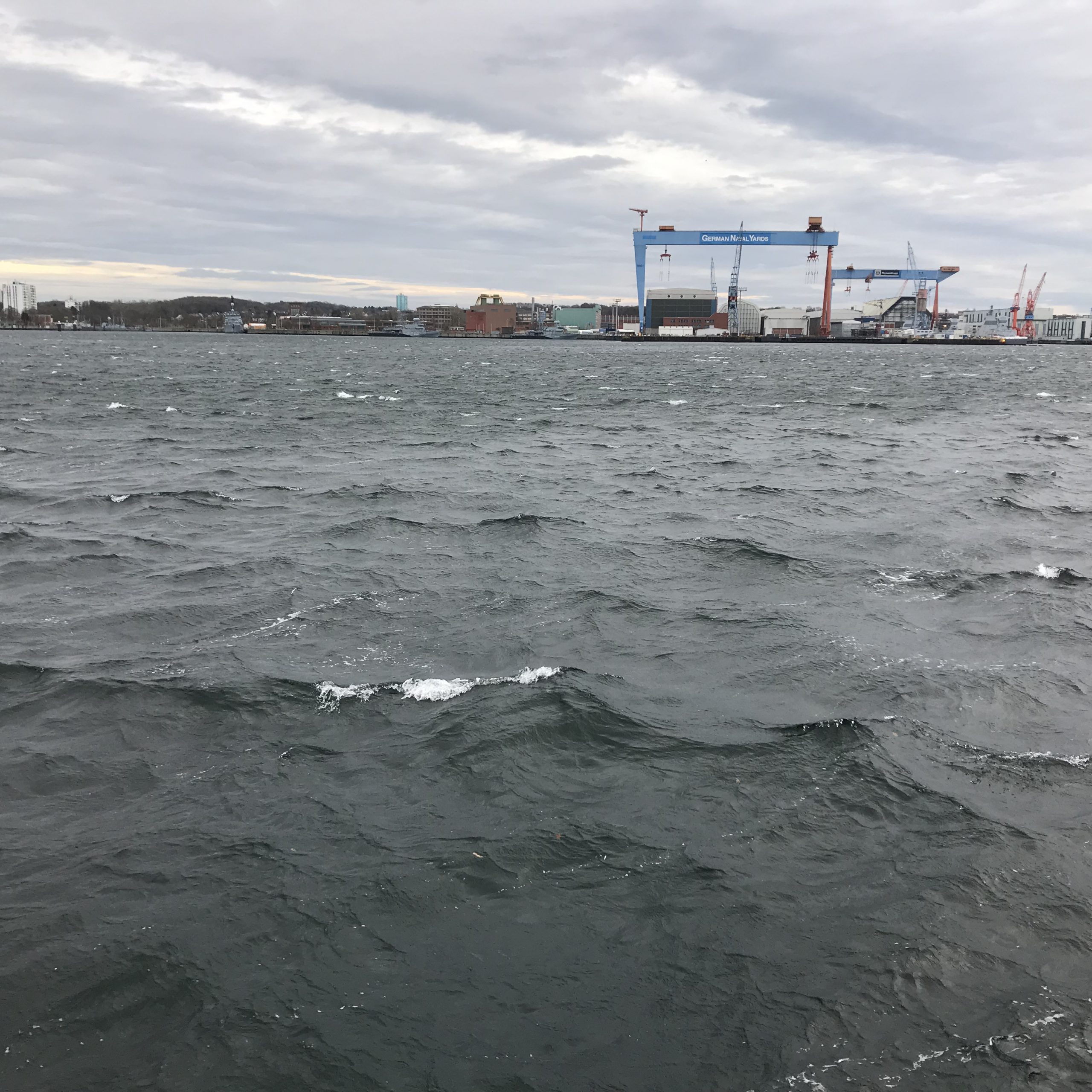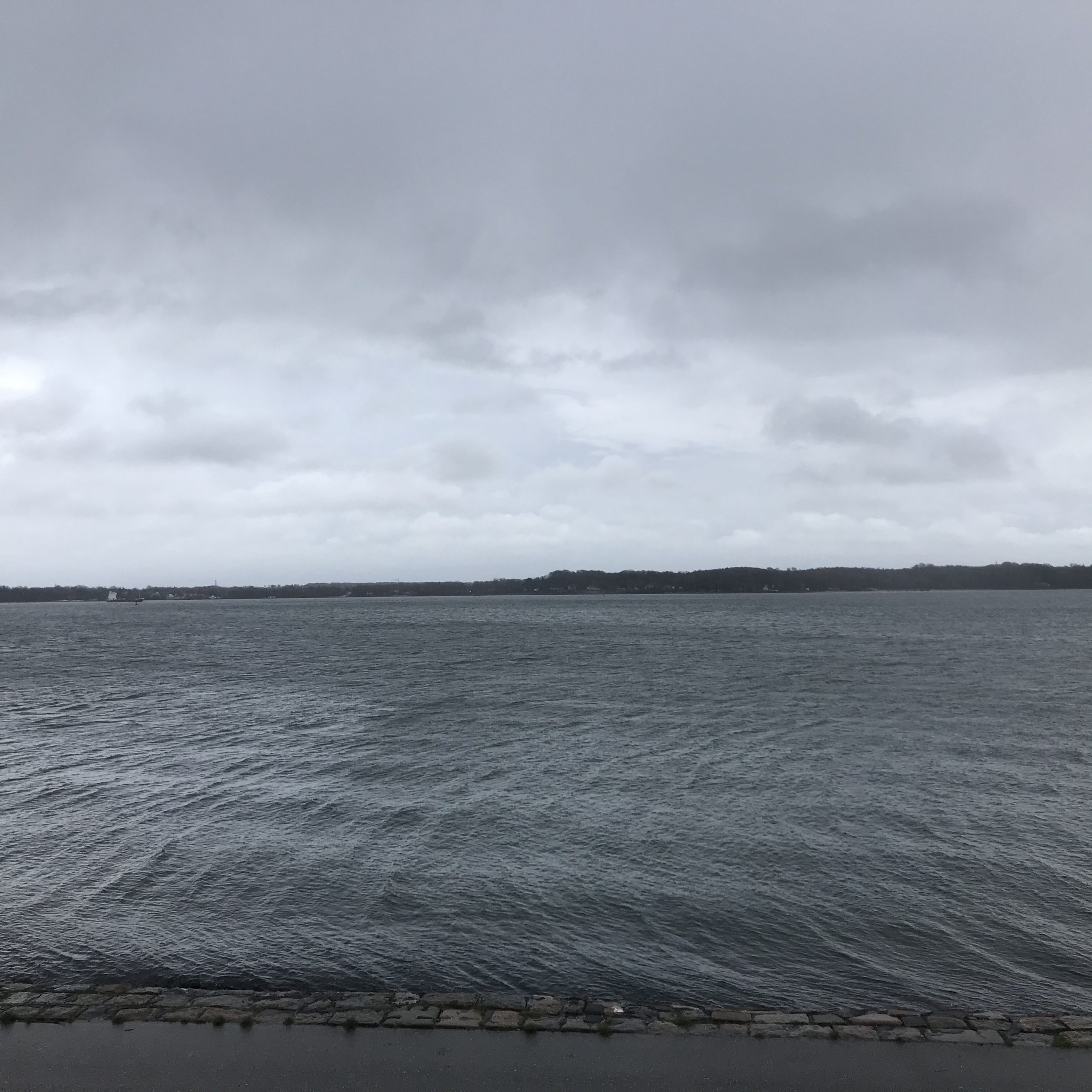(Not true, there were 22 tweets, but apparently I can’t count! :-D)
For those of you that don’t follow my Twitter, here is what I posted over there the day our Nature paper got published:
Published online in @Nature today: “Ice front blocking of ocean heat transport to an Antarctic ice shelf” by @a_wahlin @nadsteiger @dareliuselin @telemargrete @meermini (Yes! That’s me!!! :-)) @ClnHz @ak_mazur et al.. What is it all about? A thread. 1/x
And here is the link to our Nature article!
The Antarctic ice sheet has been losing mass recently. Ice sheets consist of the “grounded” parts that rest on land or sea floor, and the parts that float on the sea. If the floating part get thinner, the grounded part “flows off” land much more easily (pic by @dareliuselin) 2/x
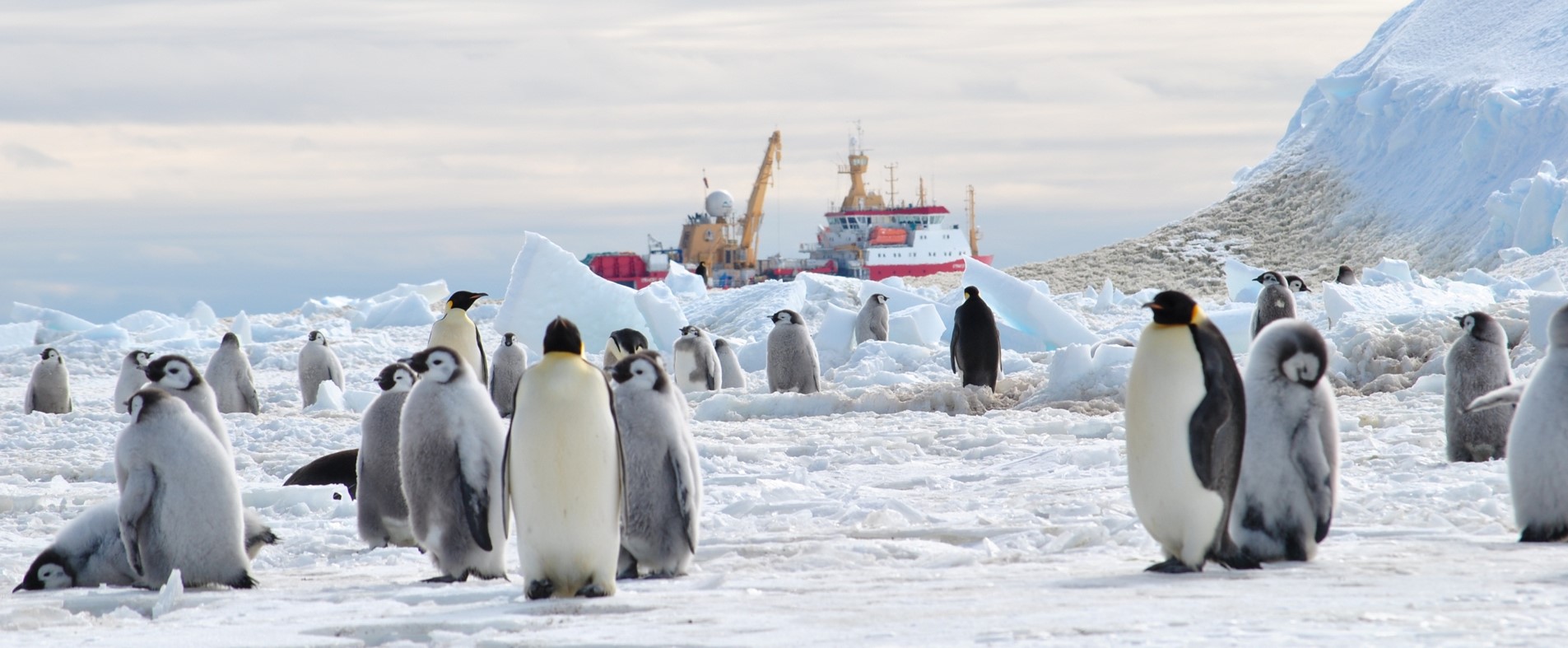
Floating parts of ice shelves break off&melt. But why are ice sheets thinning? Mainly because of melting from below. We are thus concerned with what controls how much warm(-ish) water is transported across the Antarctic continental shelf towards the ice (Sketch: Kjersti Daae) 3/x
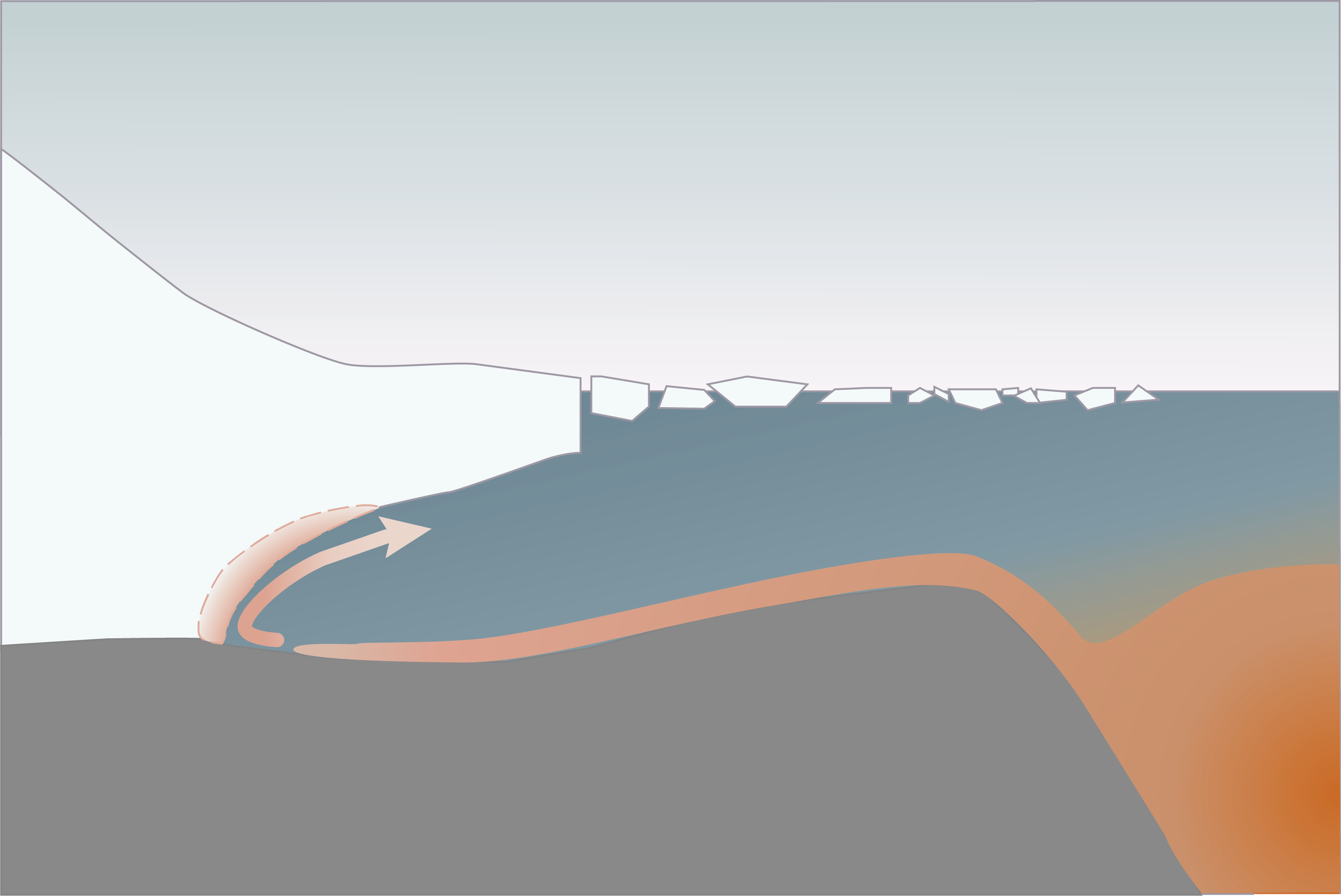
I’m writing “Warm(-ish) water”, because the water is only 1-2°C “warm”, but that’s still warmer than the freezing point. IF this warm(ish) water gets in contact with ice, it will nibble away at it. But that’s a big IF, that we set out to investigate 4/x
From existing data, it seemed that the shoreward heat flux is much larger than what would be needed to cause the observed melting. But this is a heat flux that was measured not right where the melting is happening, but a lot further offshore 5/x
It’s difficult to measure the heat flux right up to the ice shelf, because Antarctica isn’t the friendliest of environments for research ships, gliders, moorings, etc, especially in winter. Cool toys like floats, or CTDs on seals give a lot of data, but not enough yet 5/x
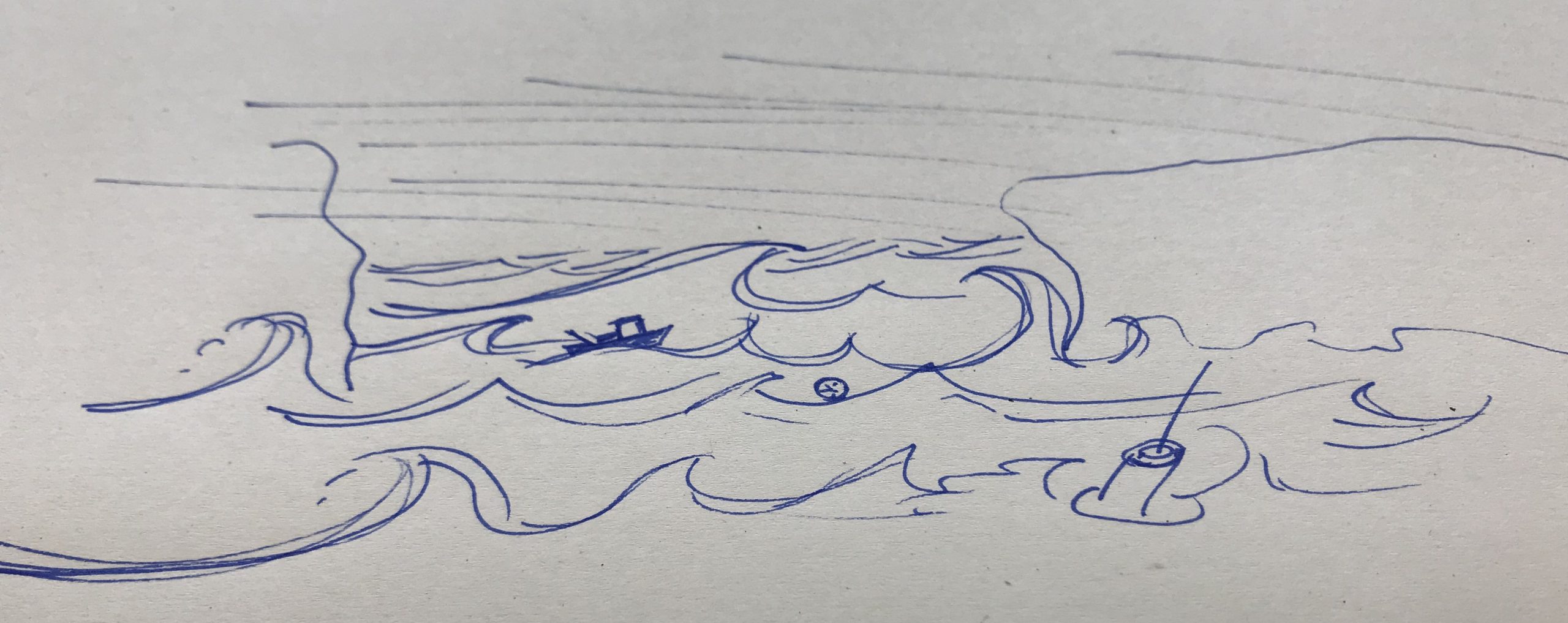
But @a_wahlin, @dareliuselin & team put moorings closer to the ice shelf than ever before, the closest one of three only 700m from the ice shelf front. There was absolutely no guarantee that the moorings would survive (Pic by @a_wahlin showing @dareliuselin) 6/x
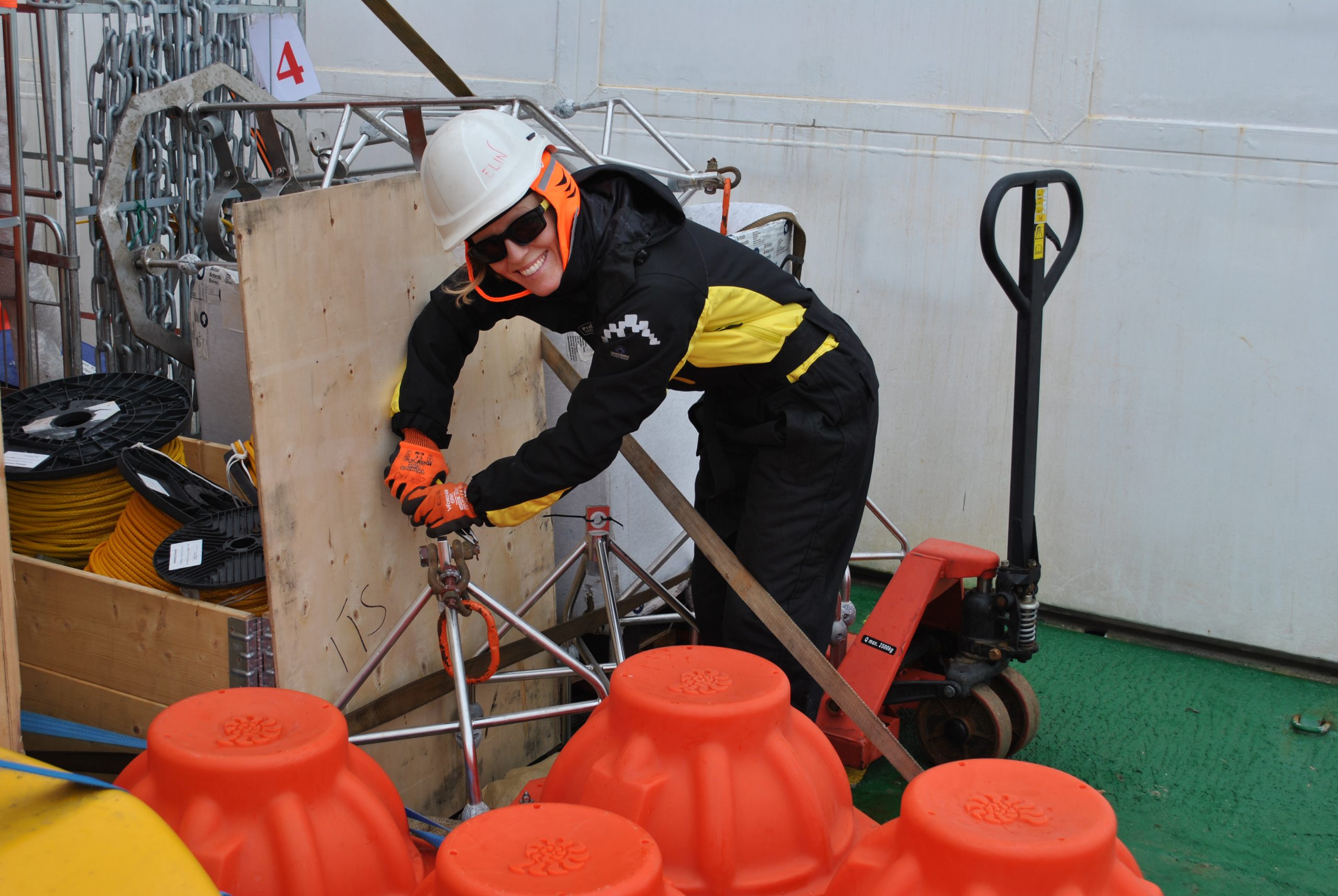
Luckily, despite being threatened by storms, ice bergs etc, the moorings recorded for two years, right next to the ice shelf, giving us better estimates of heat fluxes than were available ever before 7/x
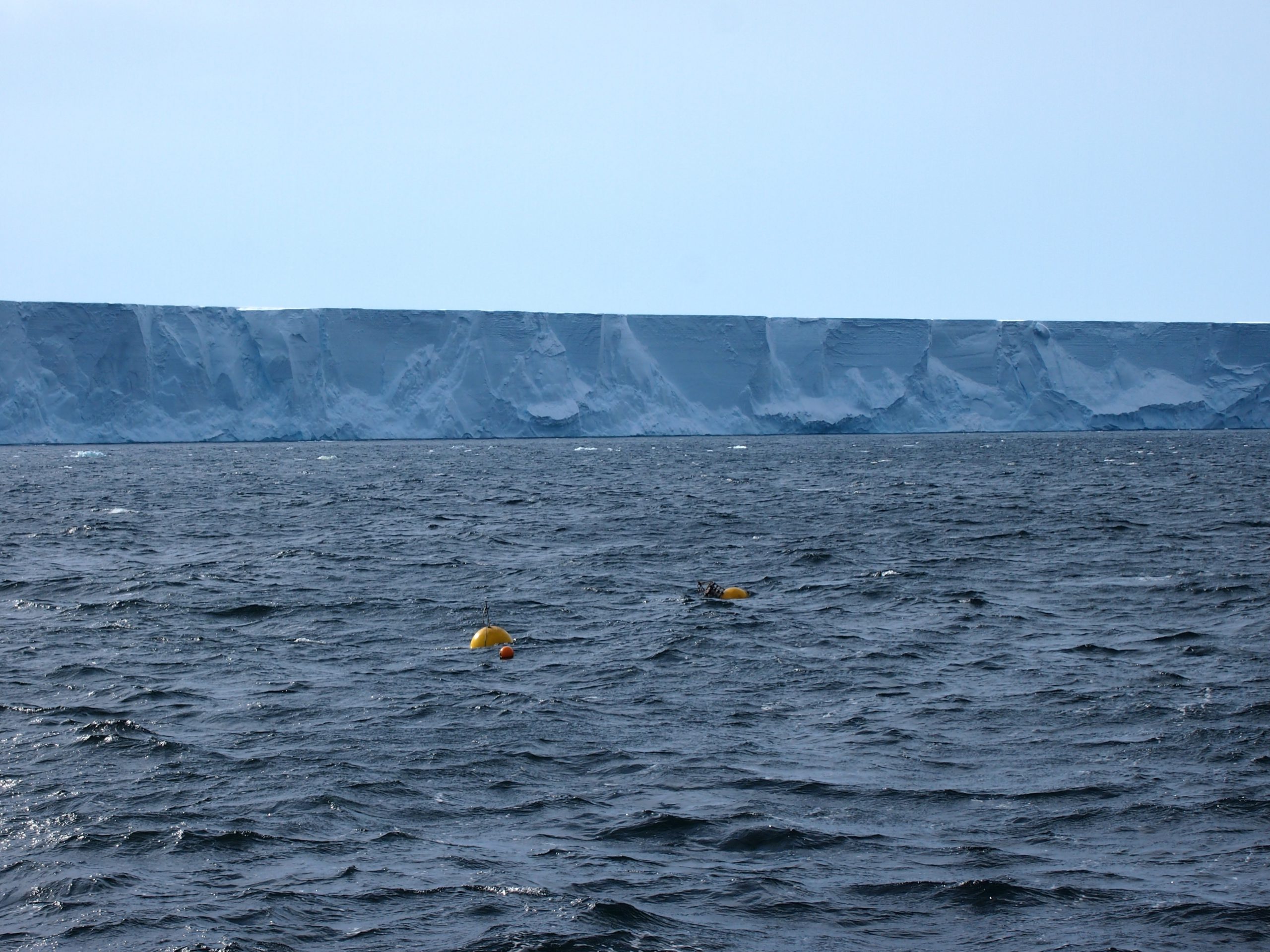
While the moorings were out in Antarctica, we went to LEGI in Grenoble and worked on the Coriolis rotating platform, basically a 13-m diameter swimming pool on a merry-go-round. SO EXCITING! (Pic by Nadine Steiger) 8/x

It’s really an amazing experience to sit in an office above a swimming pool when both are rotating together. As long as it’s dark outside the tent that covers both, you don’t really notice movement. But when the light comes on it’s very easy to get dizzy! (Pic Samuel Viboud) 9/x
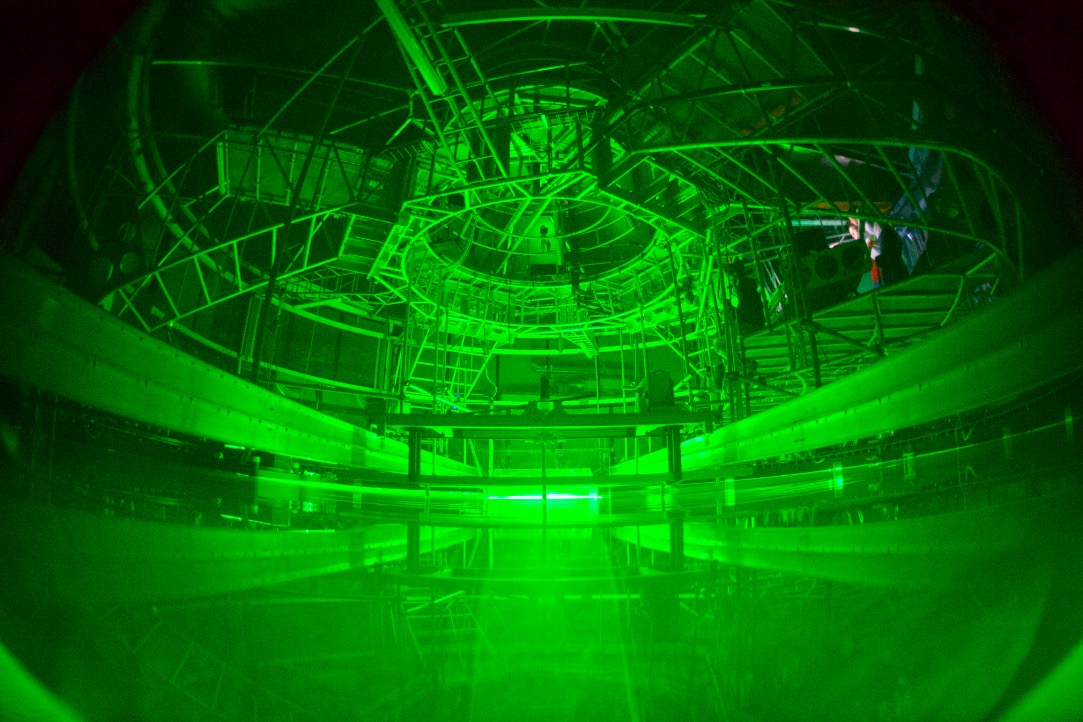
We were not playing on the merry-go-round for two months just for fun, though. Rotating the large water tank is important to correctly represent the influence of Earth’s rotation on ocean currents, which is very important for this research question 10/x
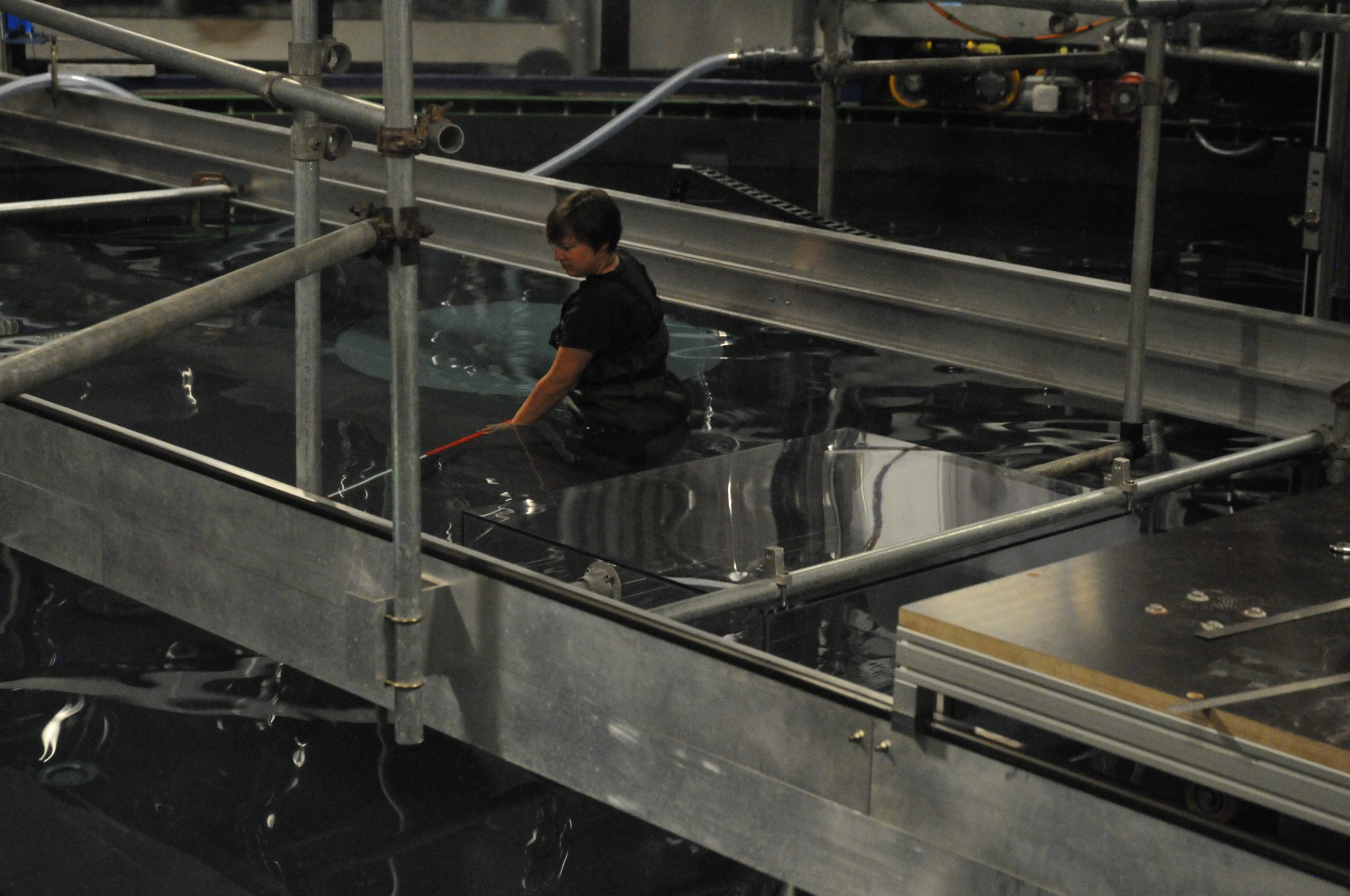
In the rotating platform, we built a plastic “ice shelf” that was mounted at the end of a v-shaped plastic “canyon”. We could set up a current and then modify parameters to investigate their influence on the transport towards and underneath the ice shelf (Pic @a_wahlin) 11/x
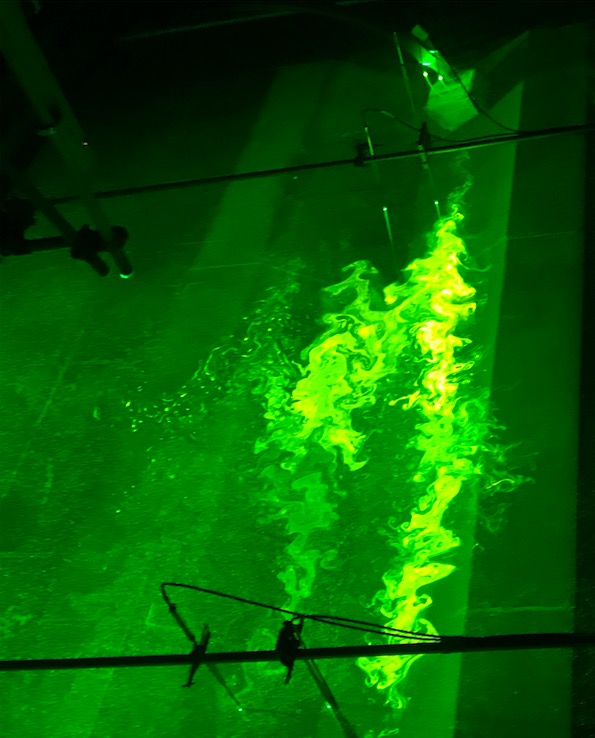
If you are interested to read a lot more about this (also about how parts of the team went for a swim in the rotating tank, and about how sick you can get when sitting on a merry-go-round all day every day for weeks), check out @dareliuselin’s blog 12/x
In a nutshell: We put particles in the water and lit them, layer by layer, with lasers. We took pictures of where the particles in each layer were, and with the “particle image velocimetry” (PIV) technique, we got a 3D map of particle distributions over time 13/x
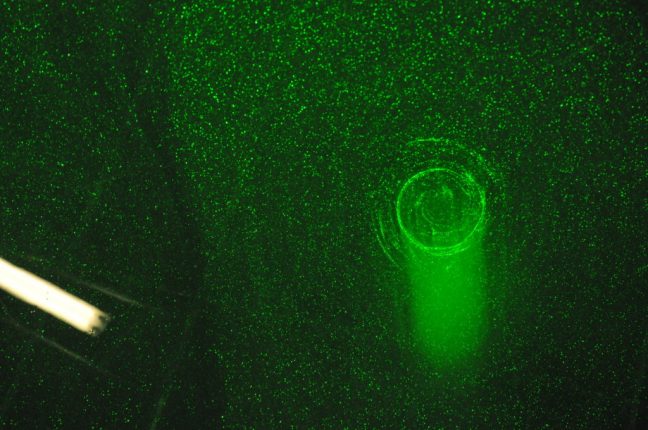
And what we found both from the data that we got from the moorings in Antarctica, that we were lucky enough to recover, as well as from the tank experiments at the rotating platform was really interesting: Ice front blocking of ocean heat transport to the Antarctic ice shelf14/x
The ice shelf, at its most offshore part, still reaches down to 250-500m. That means that the depth of the water column changes drastically at the front of the ice shelf. And that has important consequences for depth-independent part of the current 15/x
The barotropic, i.e. depth-independent part of the current is blocked by the step shape of the ice front (as well as the plastic front in the tank). Only the baroclinic (depth-varying) part can flow below the ice, but that part is much smaller 16/x
In the tank we changed the shape of the ice front to see that it’s really the large step that blocks the current. Other configurations lead to different flow pattern. But the large step shape is what the Getz Ice Shelf system looks like, and other systems, too 17/x
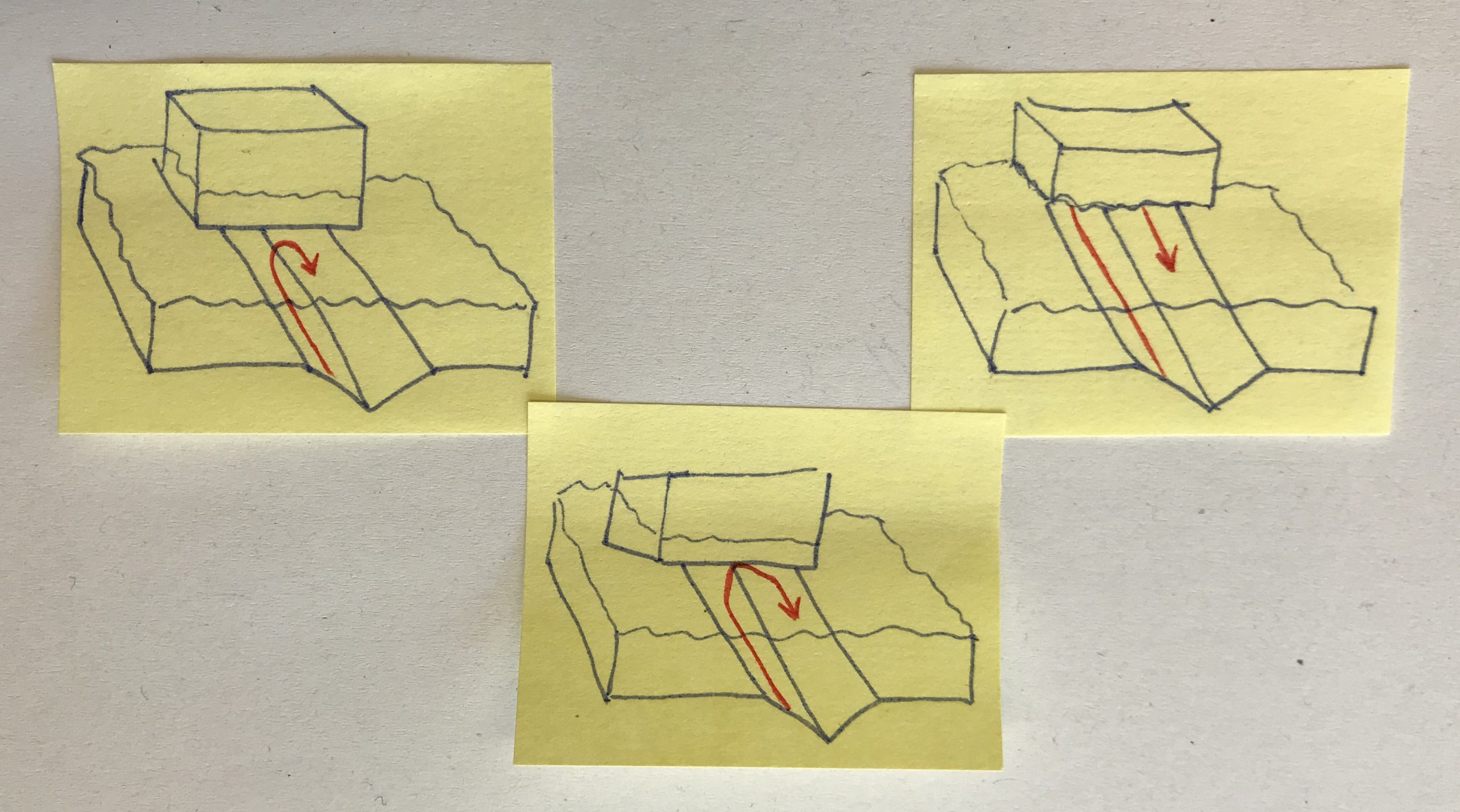
What that means is that looking at the density structure of the water column, thus the relative magnitude of barotropic and baroclinic components of the current, is a better indicator of ice shelf melting than the heat transport onto the continental shelf 18/x
It also shows the importance of accurately representing the step of the ice shelf front accurately in models in order to simulate the heat transport towards the ice as well as the melting of the ice shelves 19/x
TL;DR: Article published @Nature on ice front blocking of ocean heat transport to an Antarctic ice shelf, and I contributed to the exciting study and feel so honored to have been part of this amazing project with @a_wahlin, @dareliuselin, @clnhz et al. (Pic Samuel Viboud) 20/x
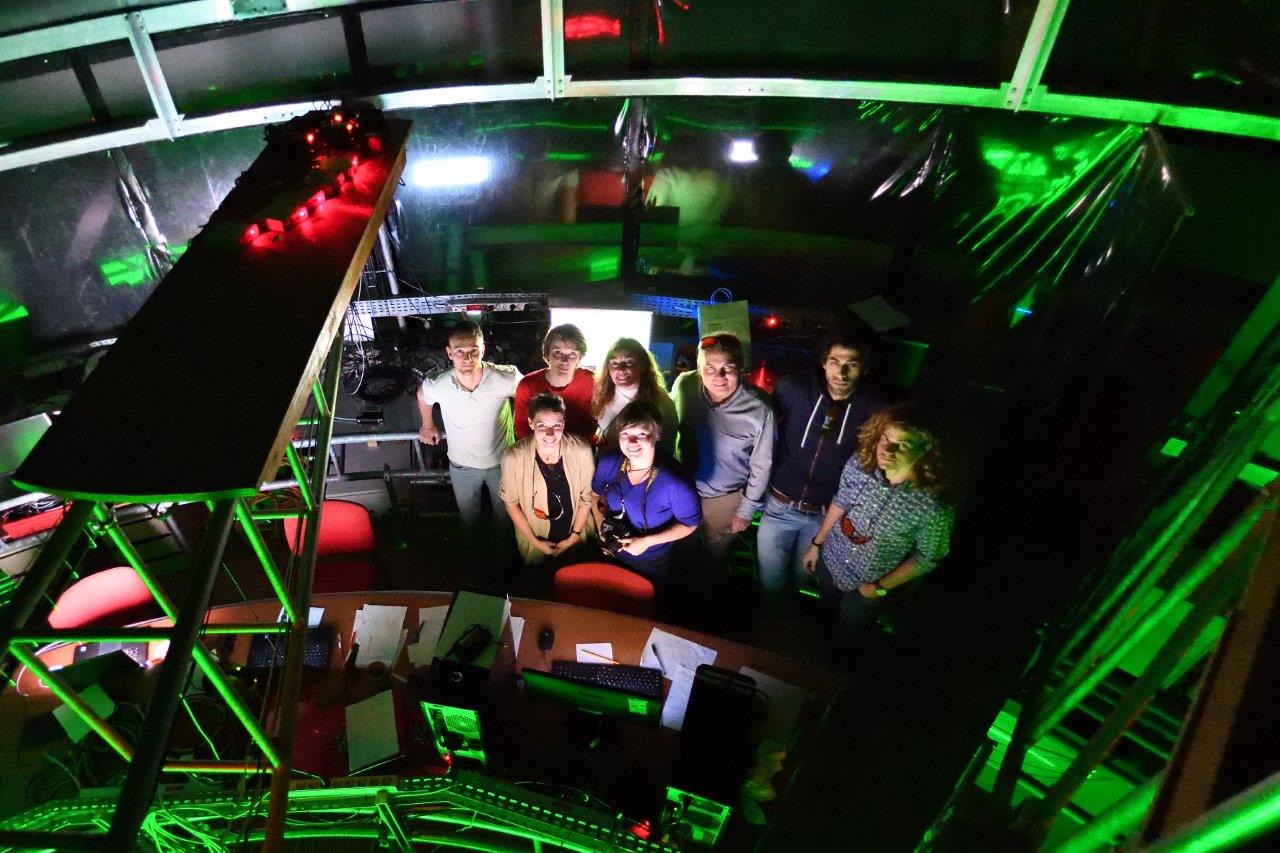
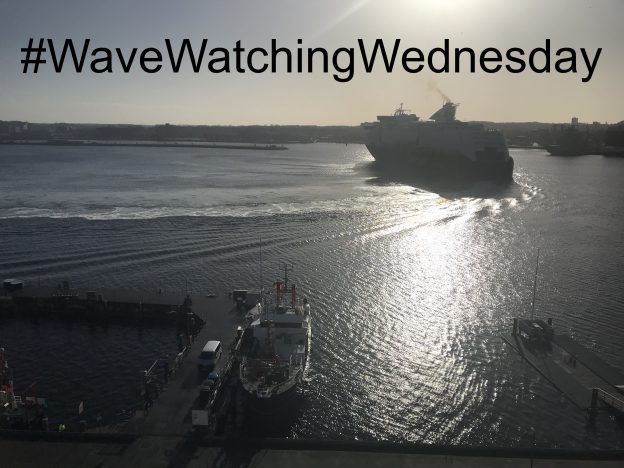
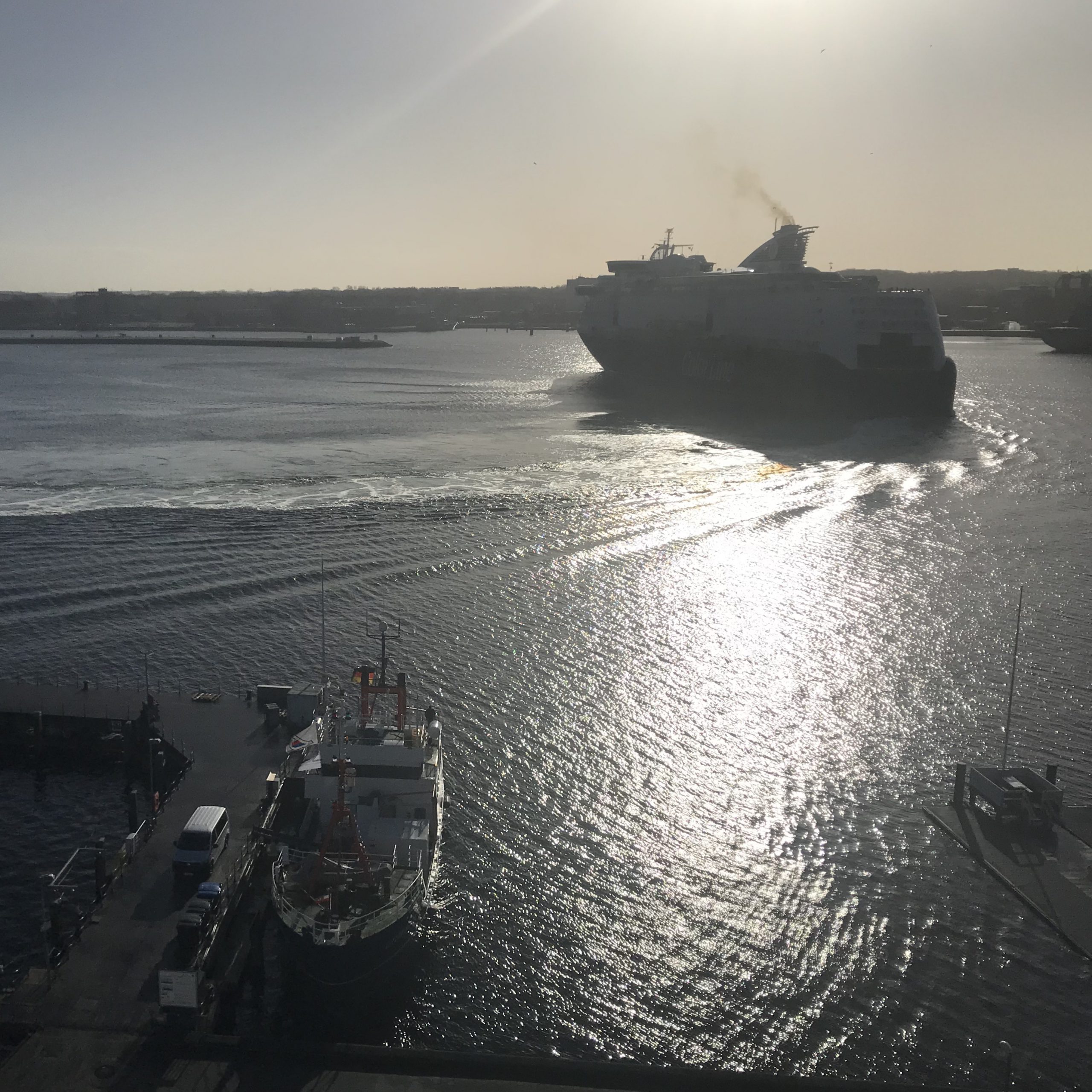
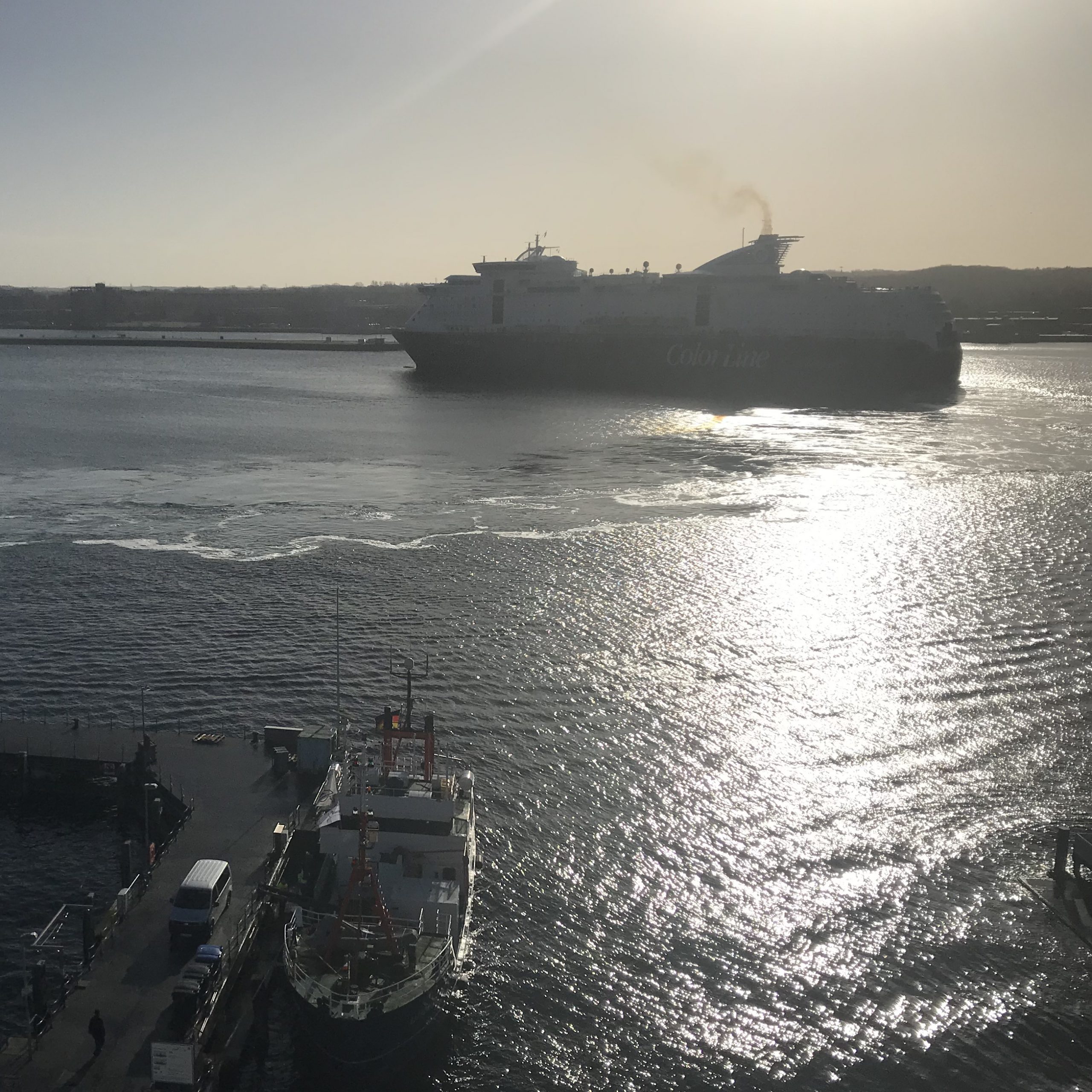
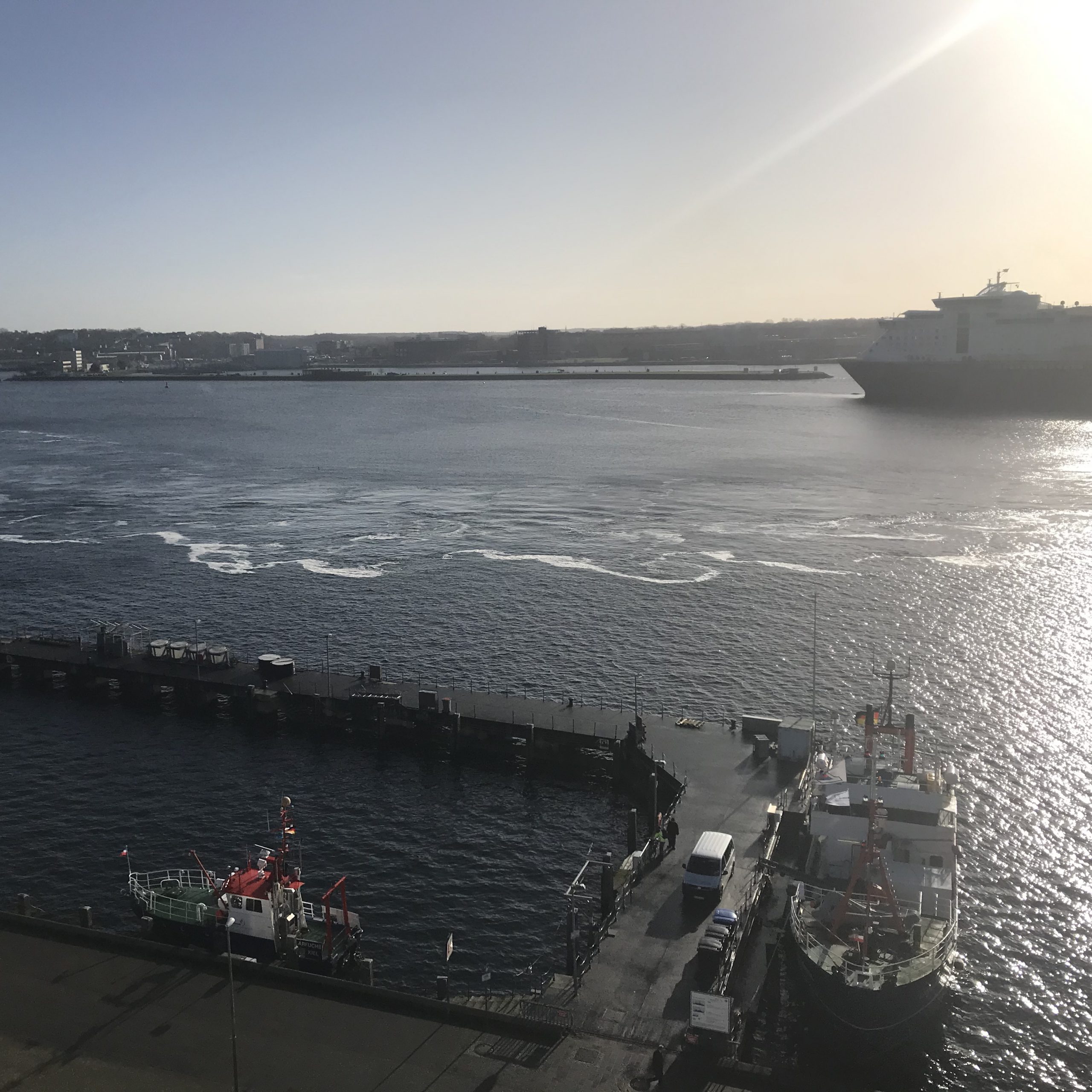

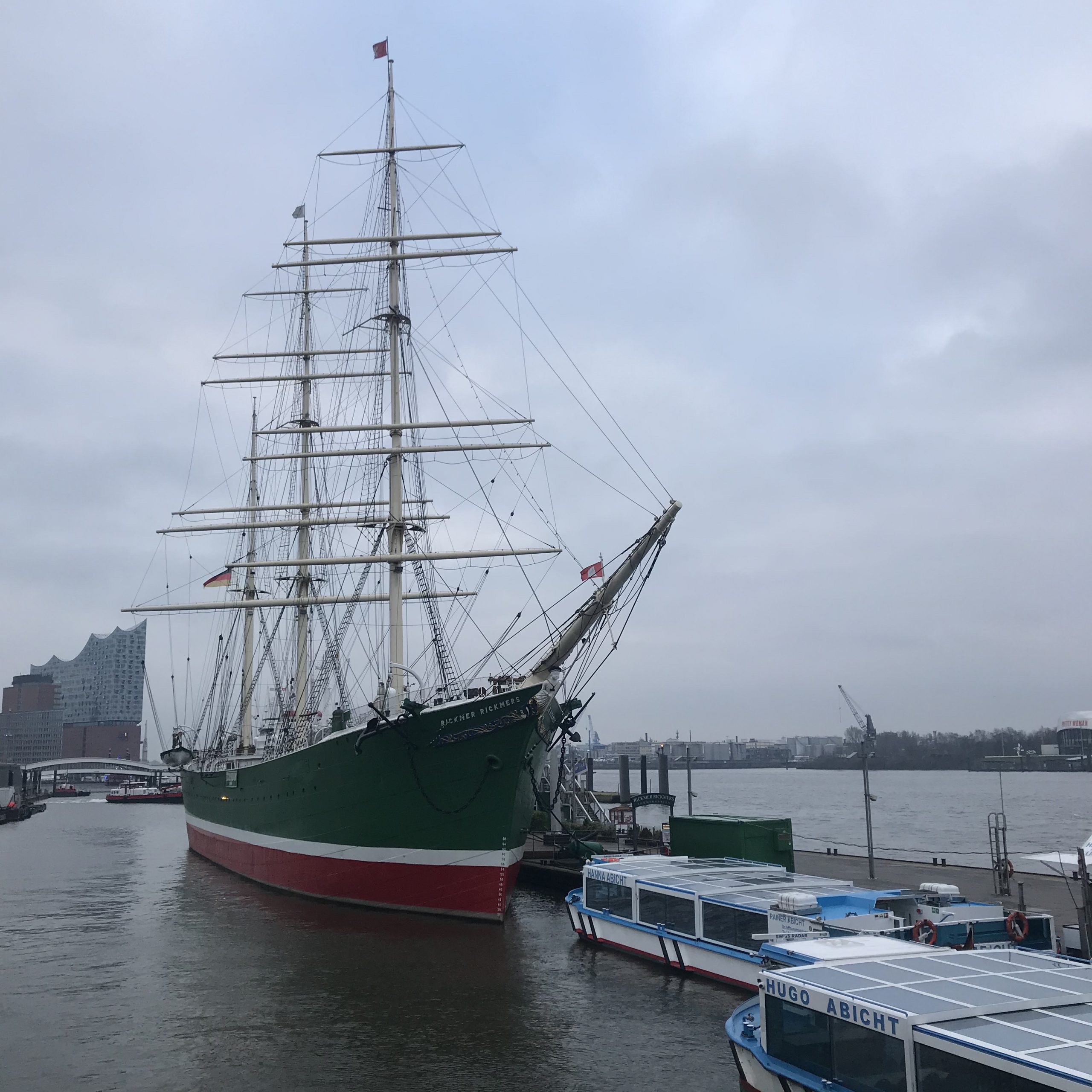
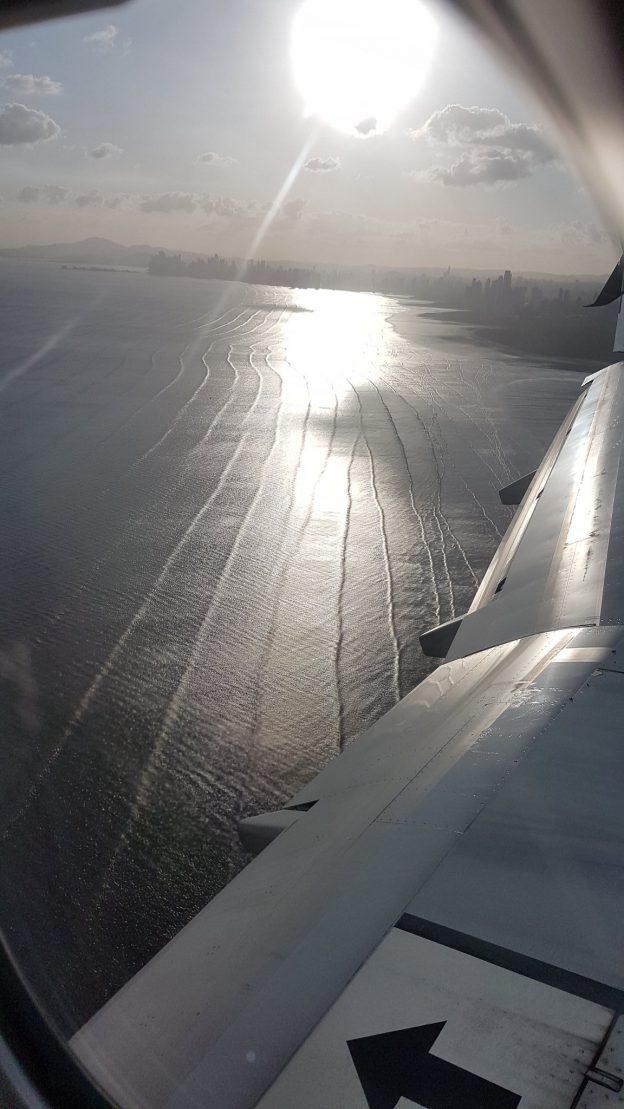
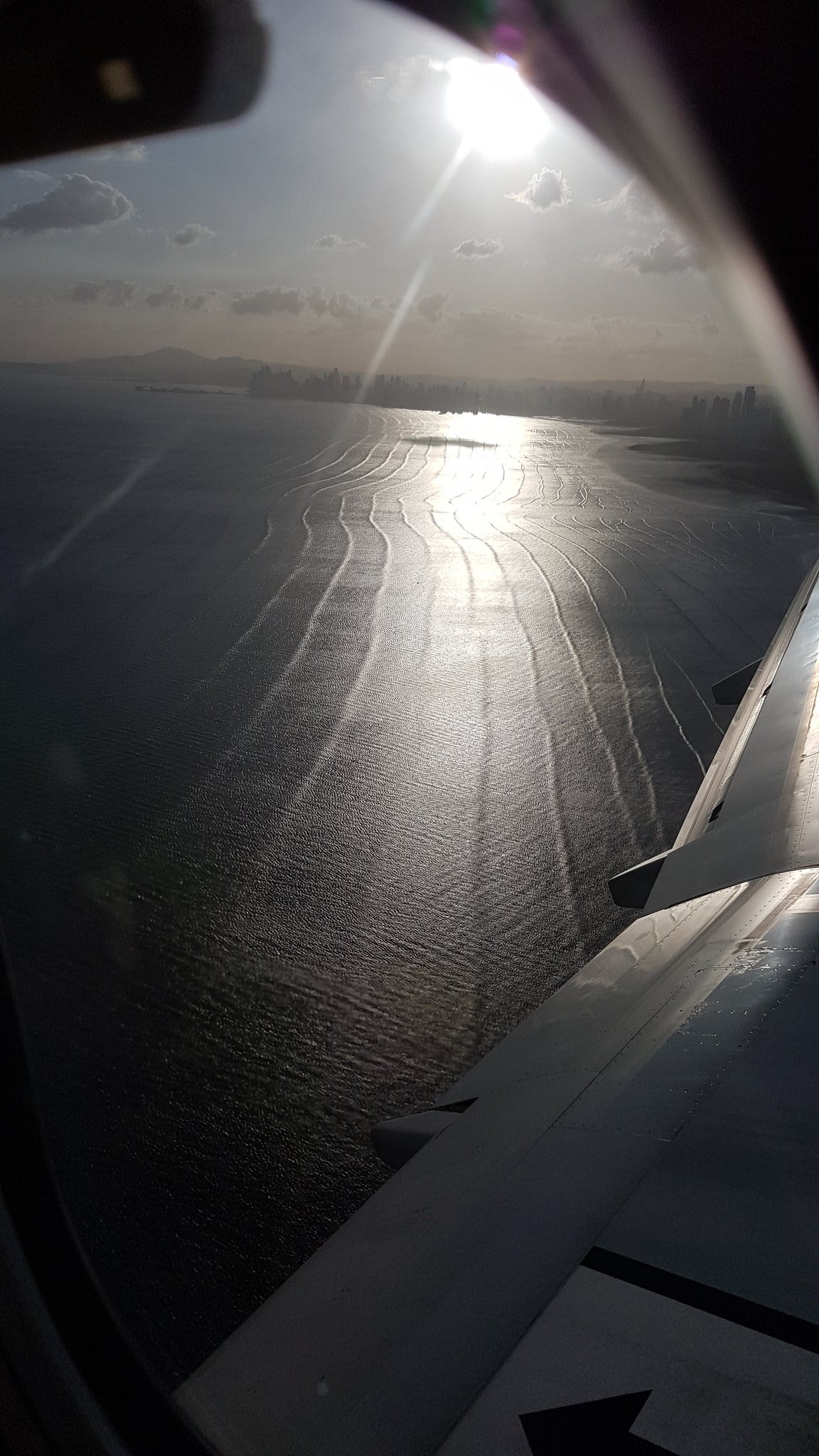
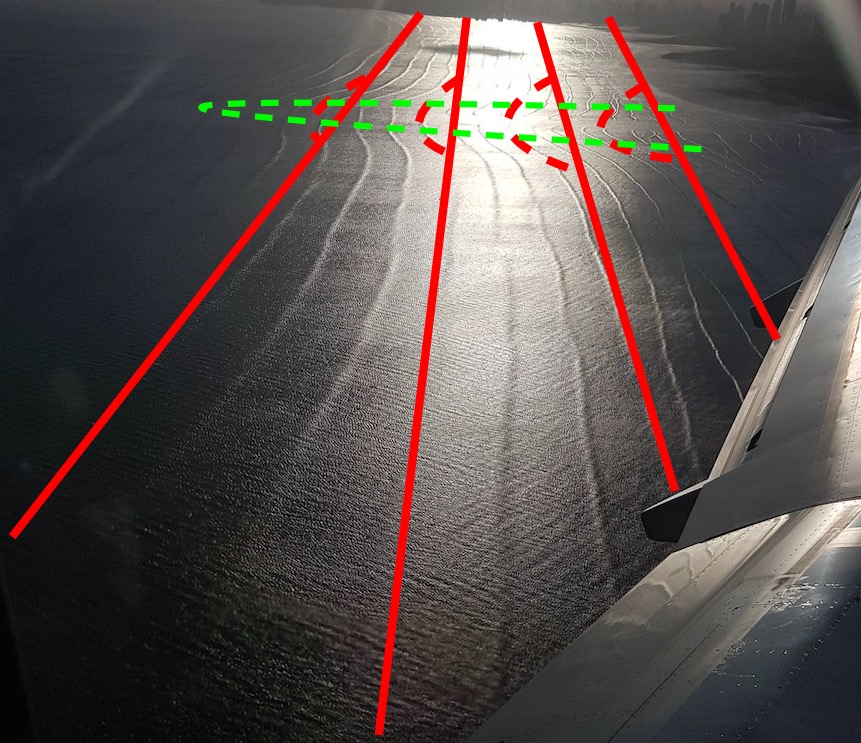 It’s even easier to be confident when we look at the next two pictures that Christina shared with me. Now we are a little closer to the beach and can see the area where the waves break and where it is shallow enough that the wave lengths drastically decrease (since the waves are slowed town more and more the closer they come to the beach, waves that are further out are still faster and can catch up to waves in front of them). This is very typical for the parts of a beach where the depth changes rapidly.
It’s even easier to be confident when we look at the next two pictures that Christina shared with me. Now we are a little closer to the beach and can see the area where the waves break and where it is shallow enough that the wave lengths drastically decrease (since the waves are slowed town more and more the closer they come to the beach, waves that are further out are still faster and can catch up to waves in front of them). This is very typical for the parts of a beach where the depth changes rapidly.